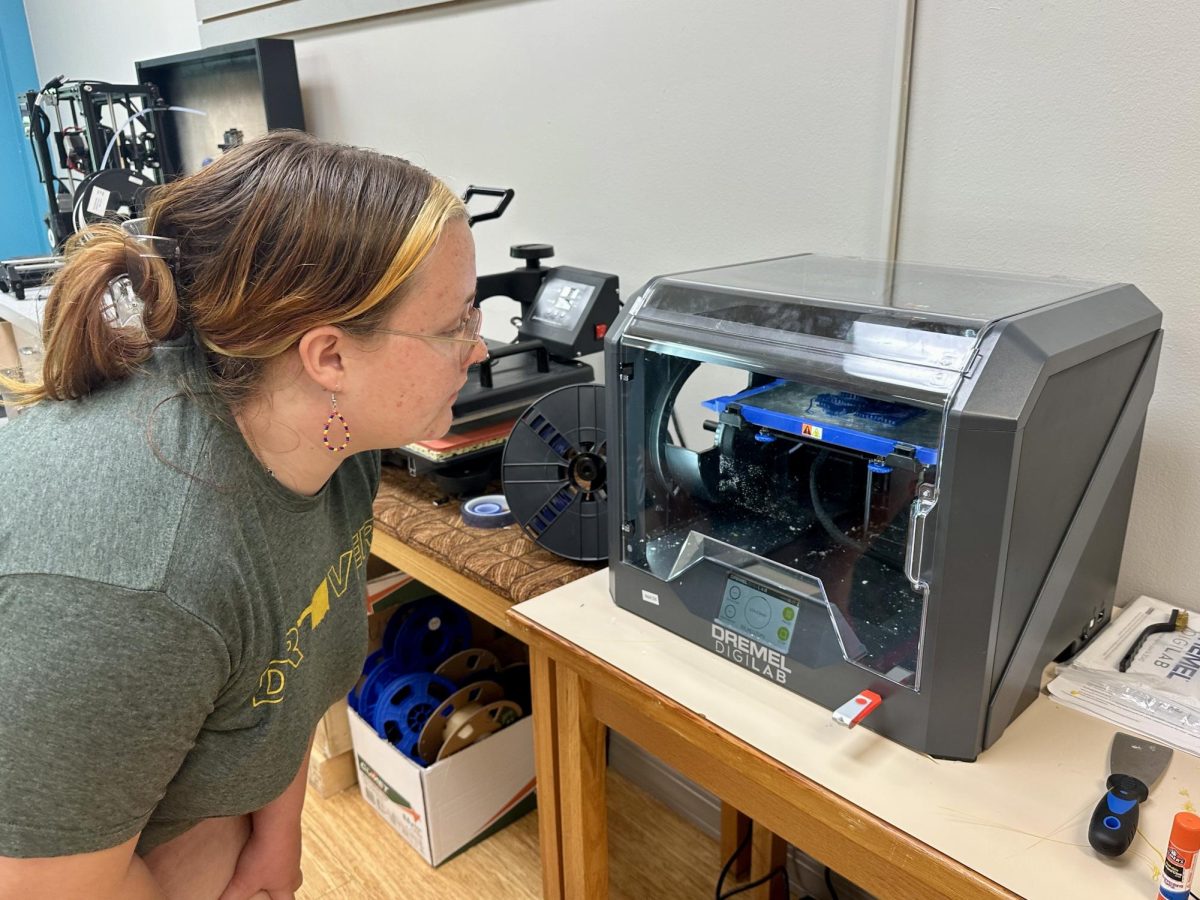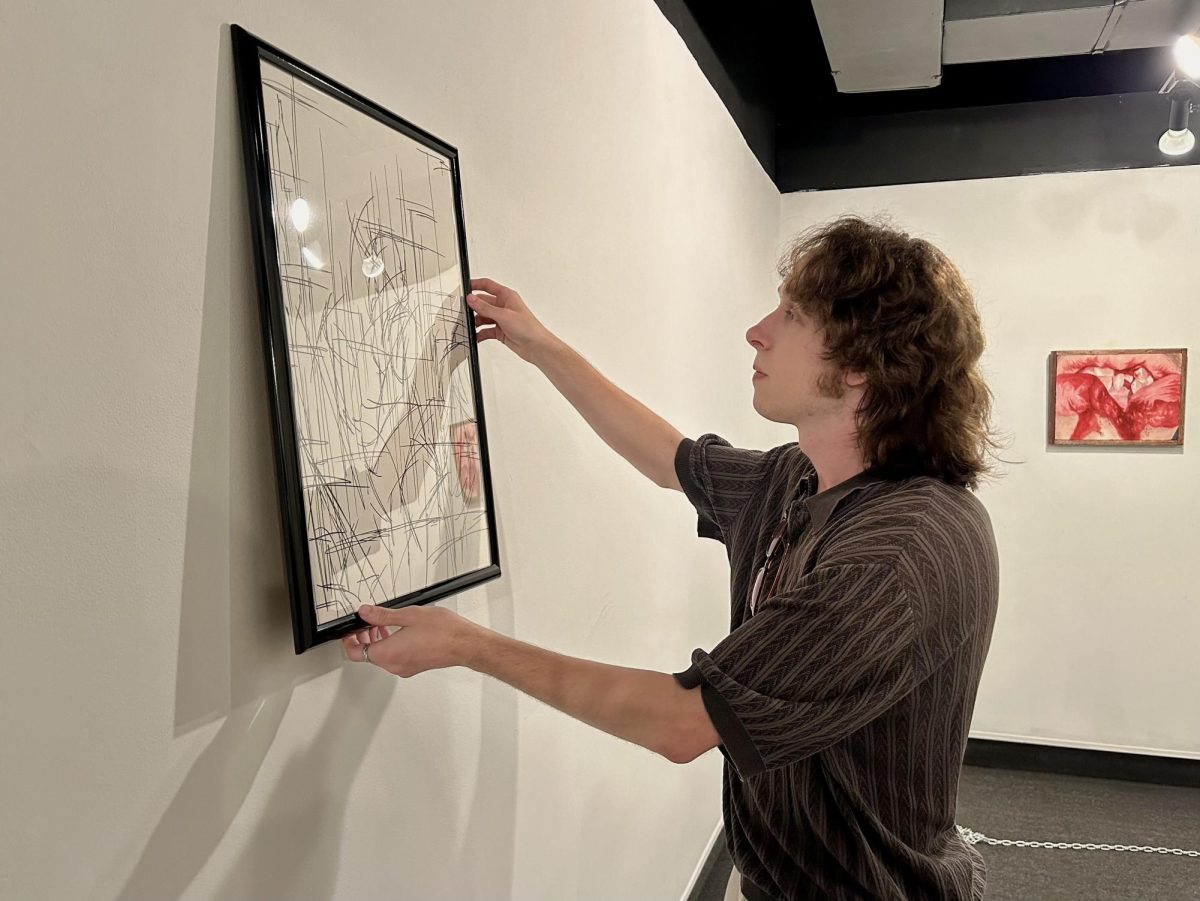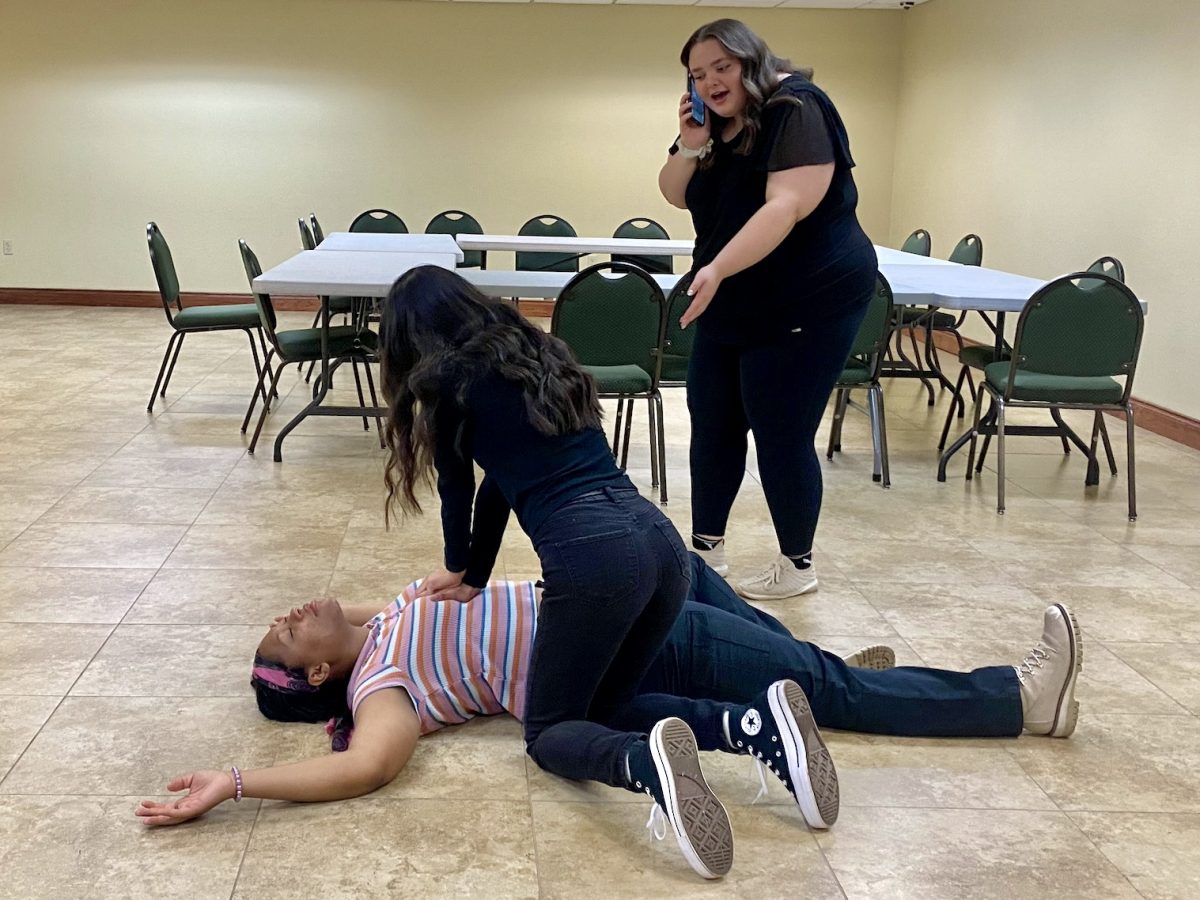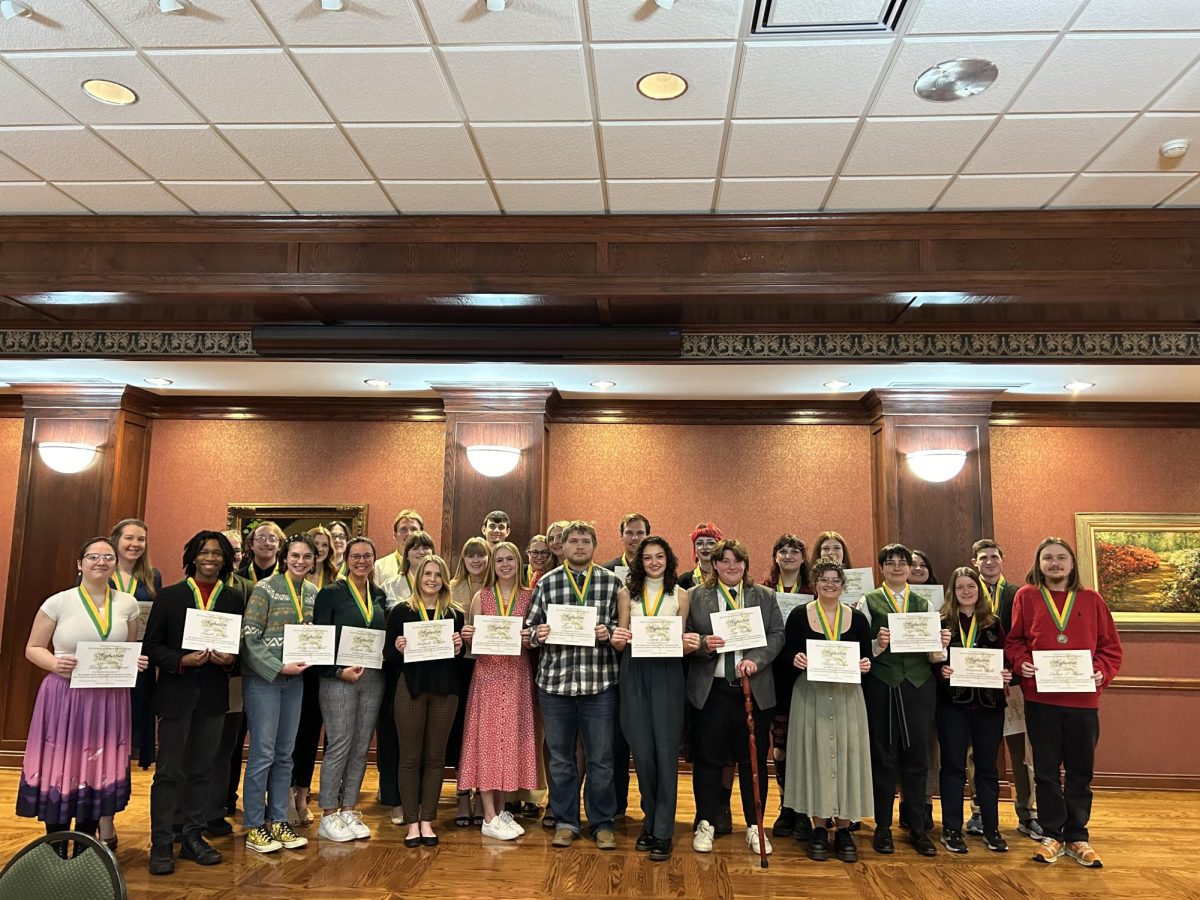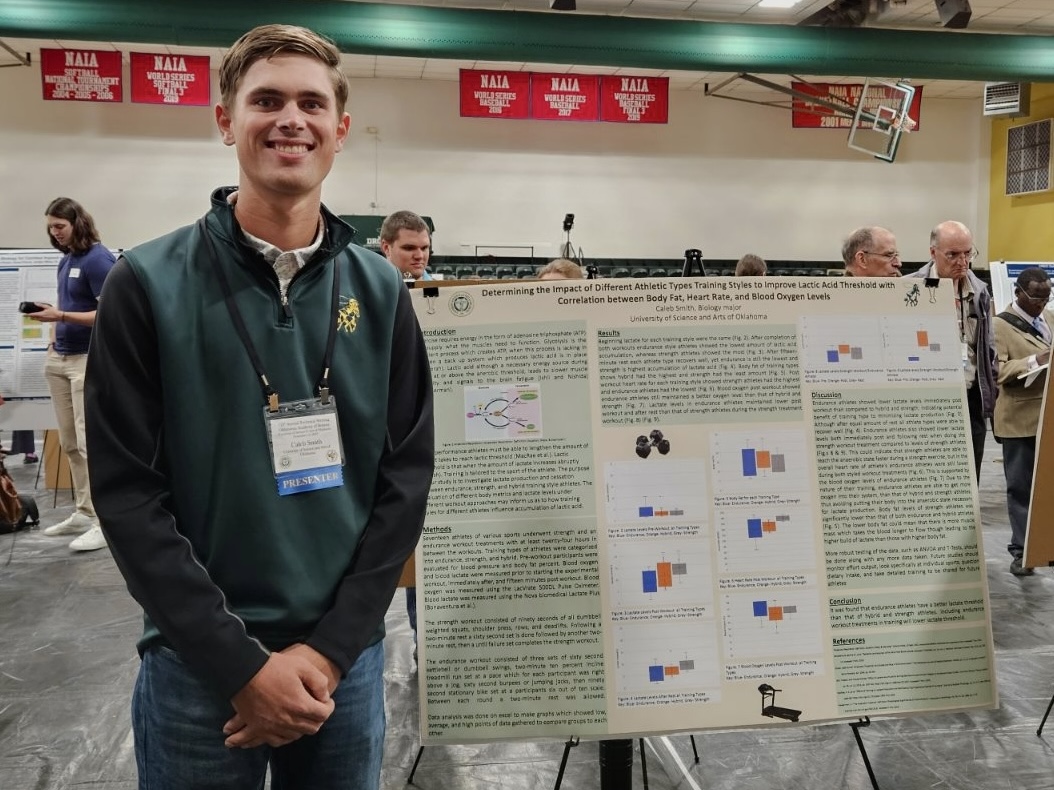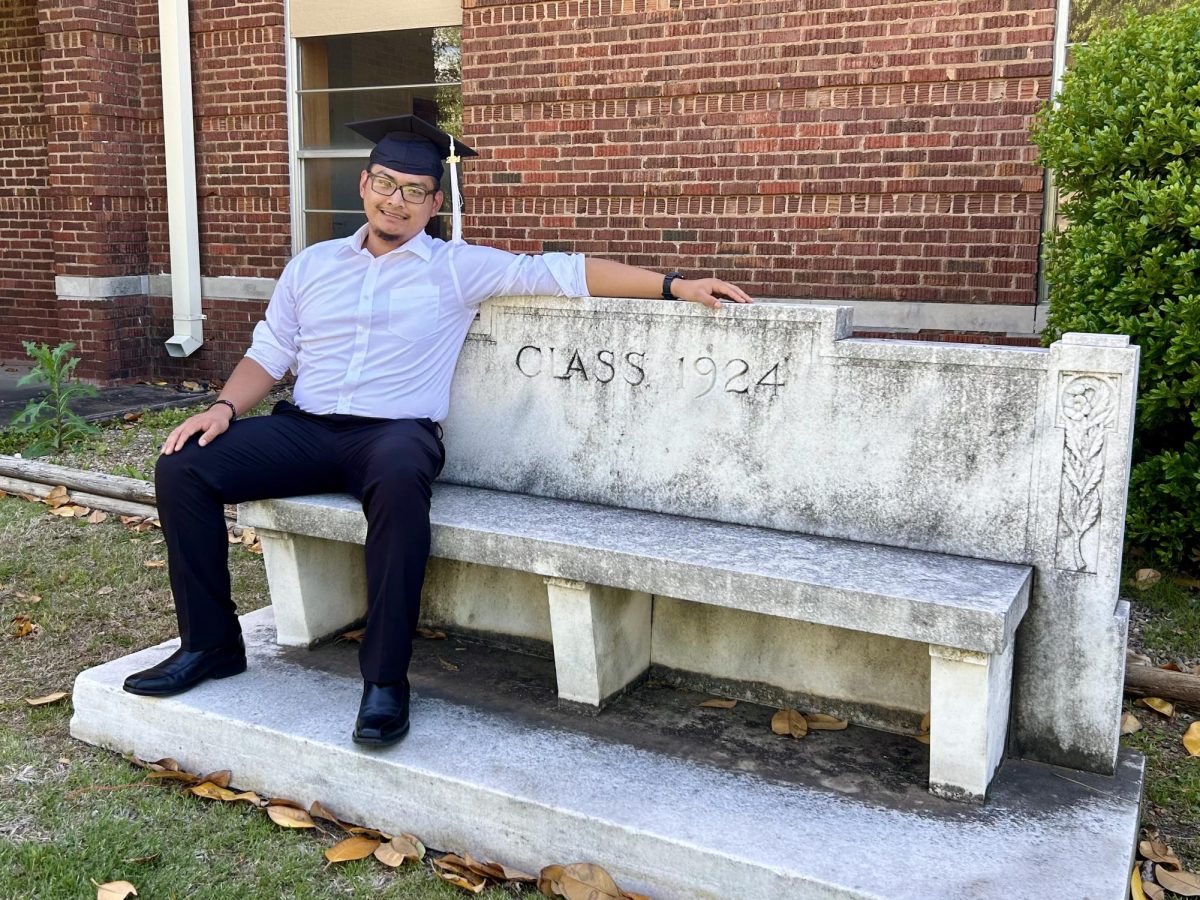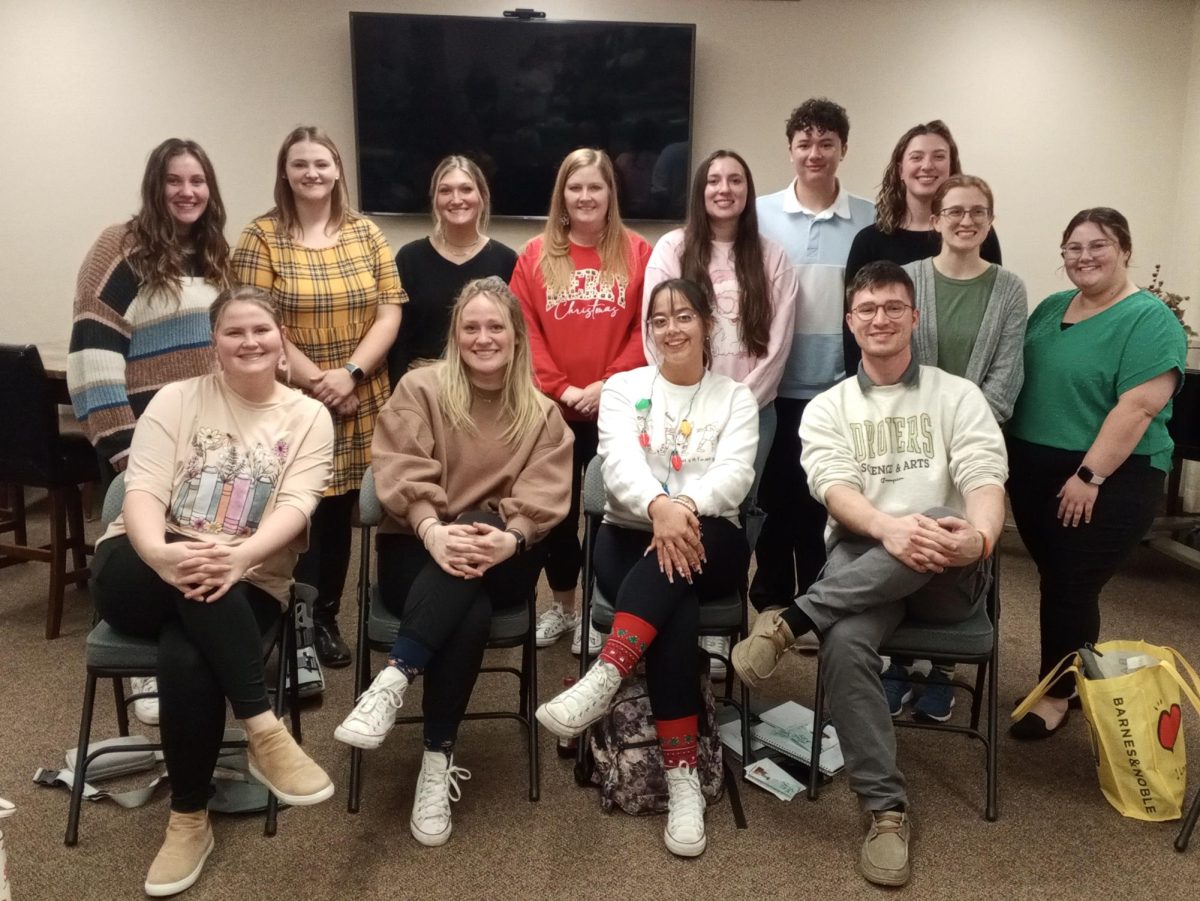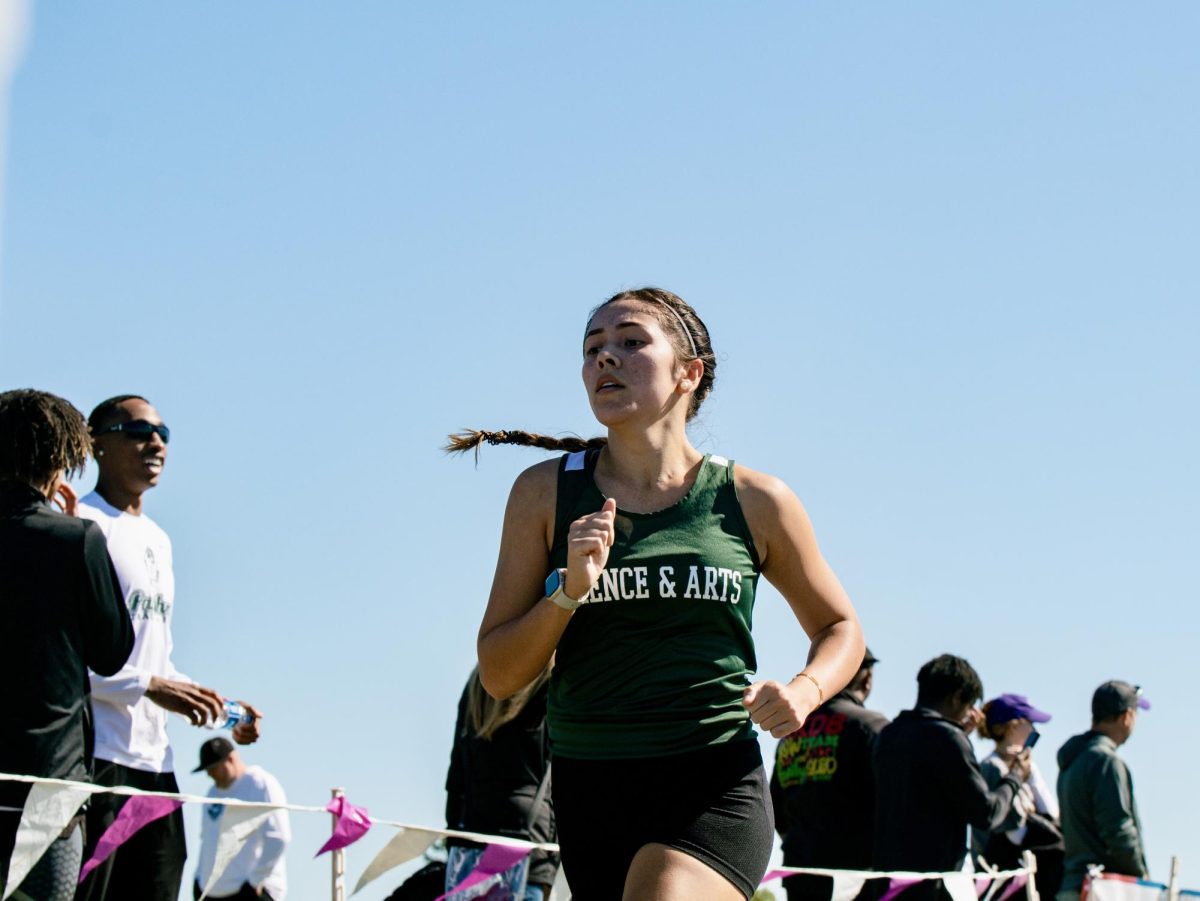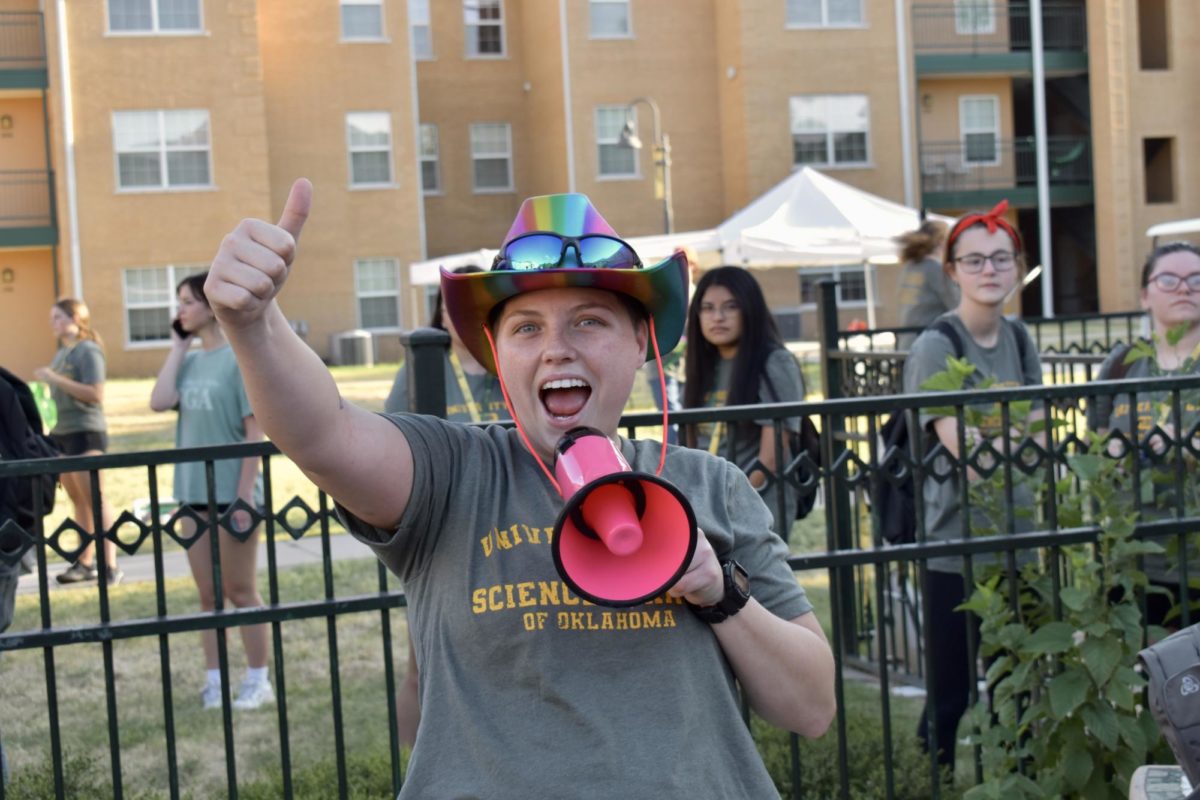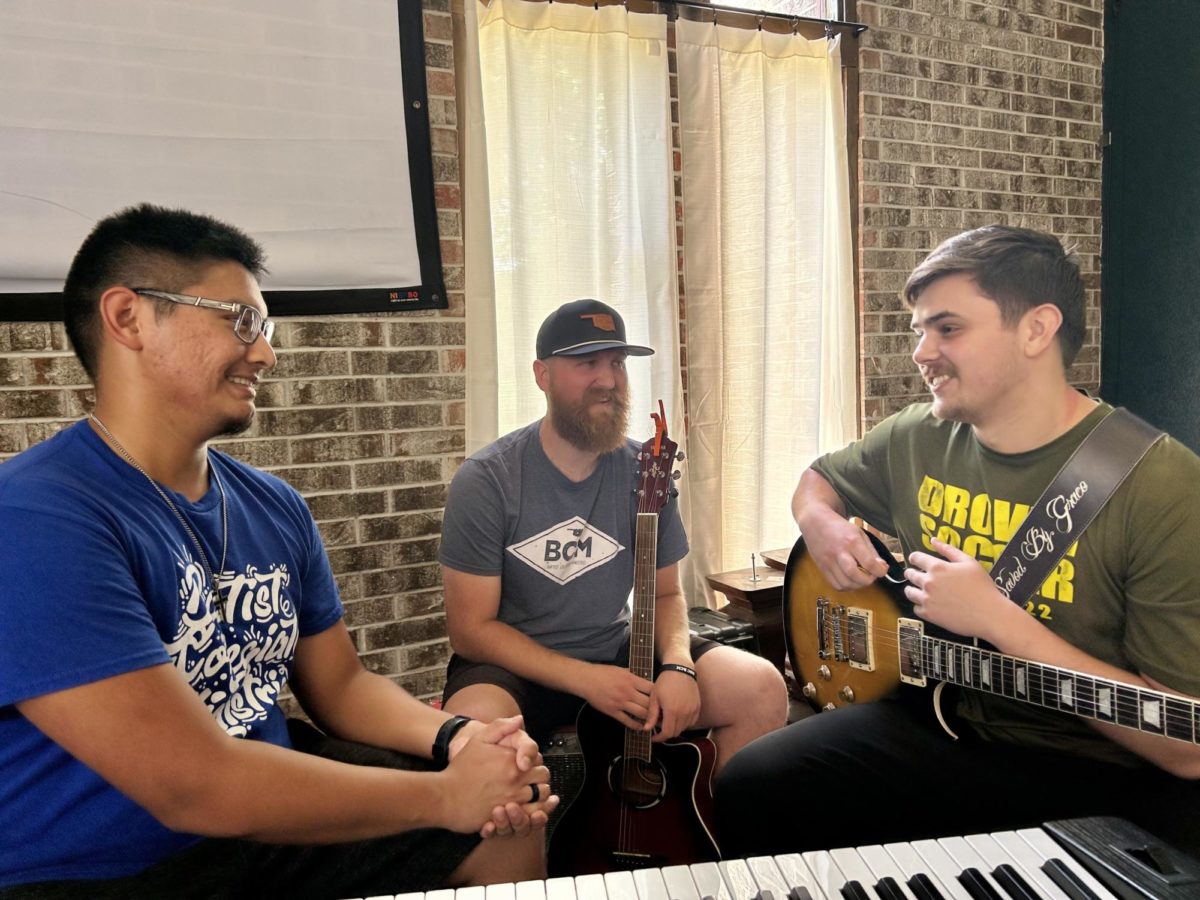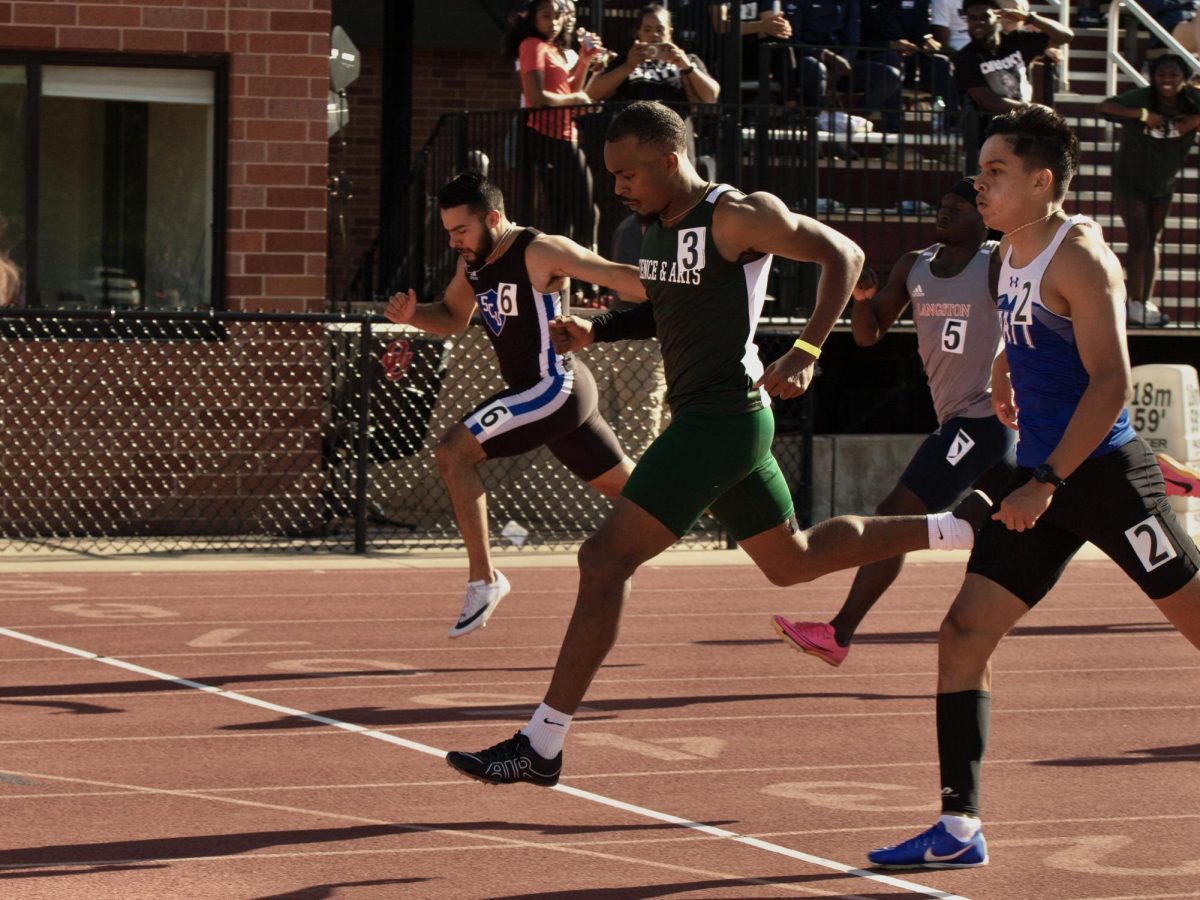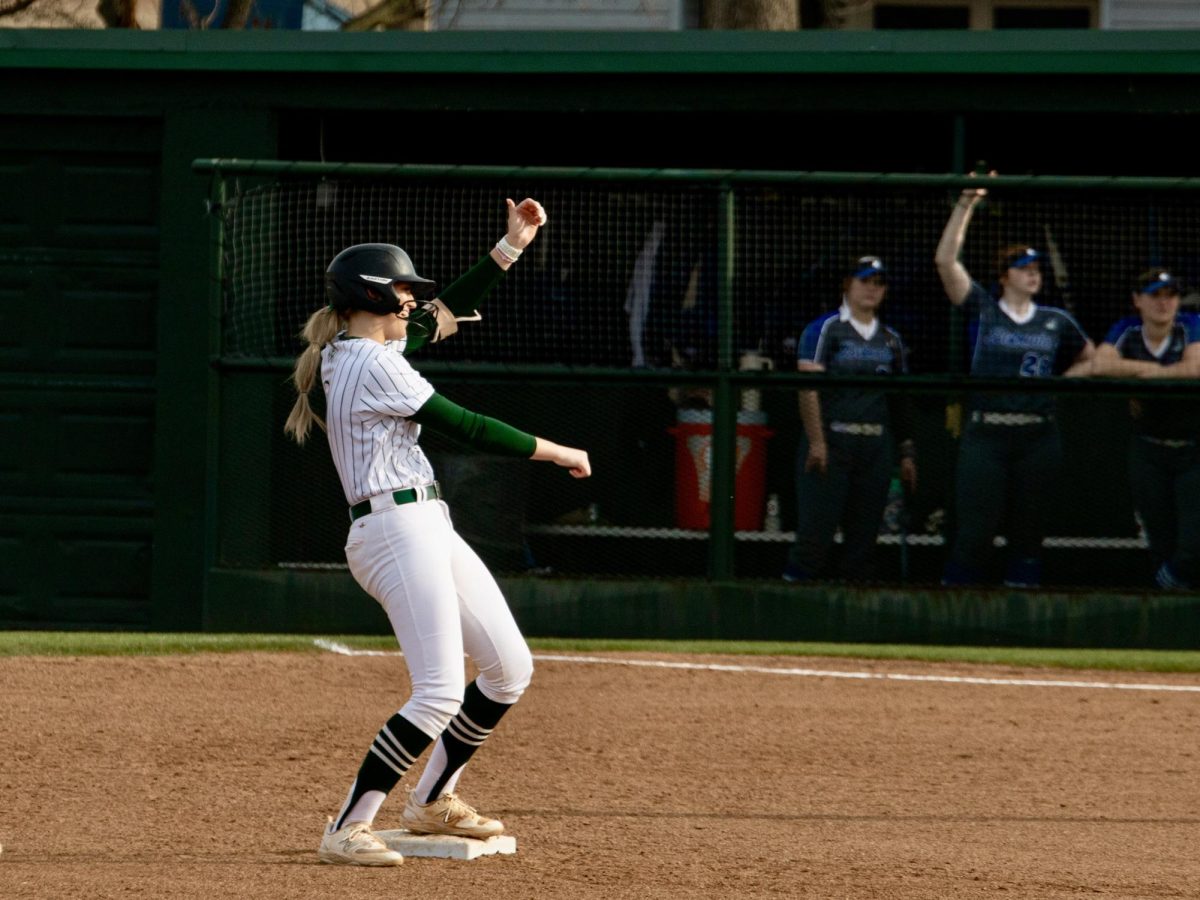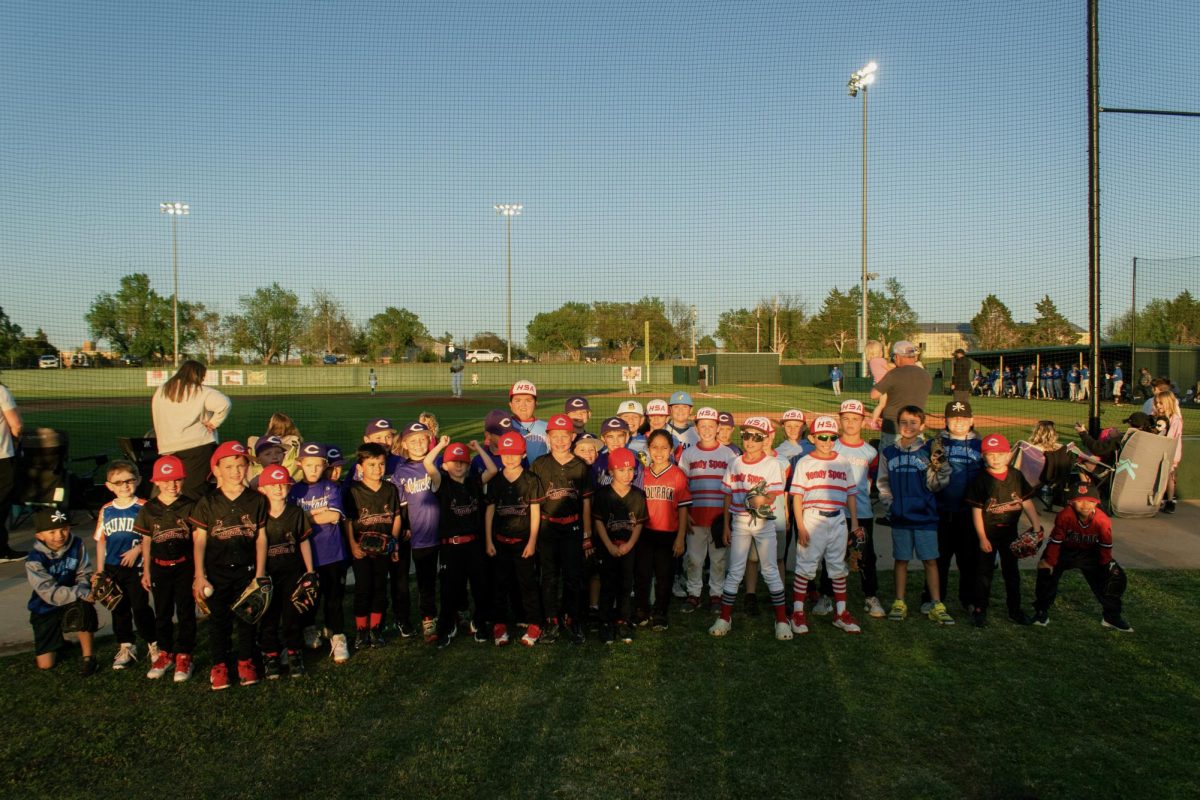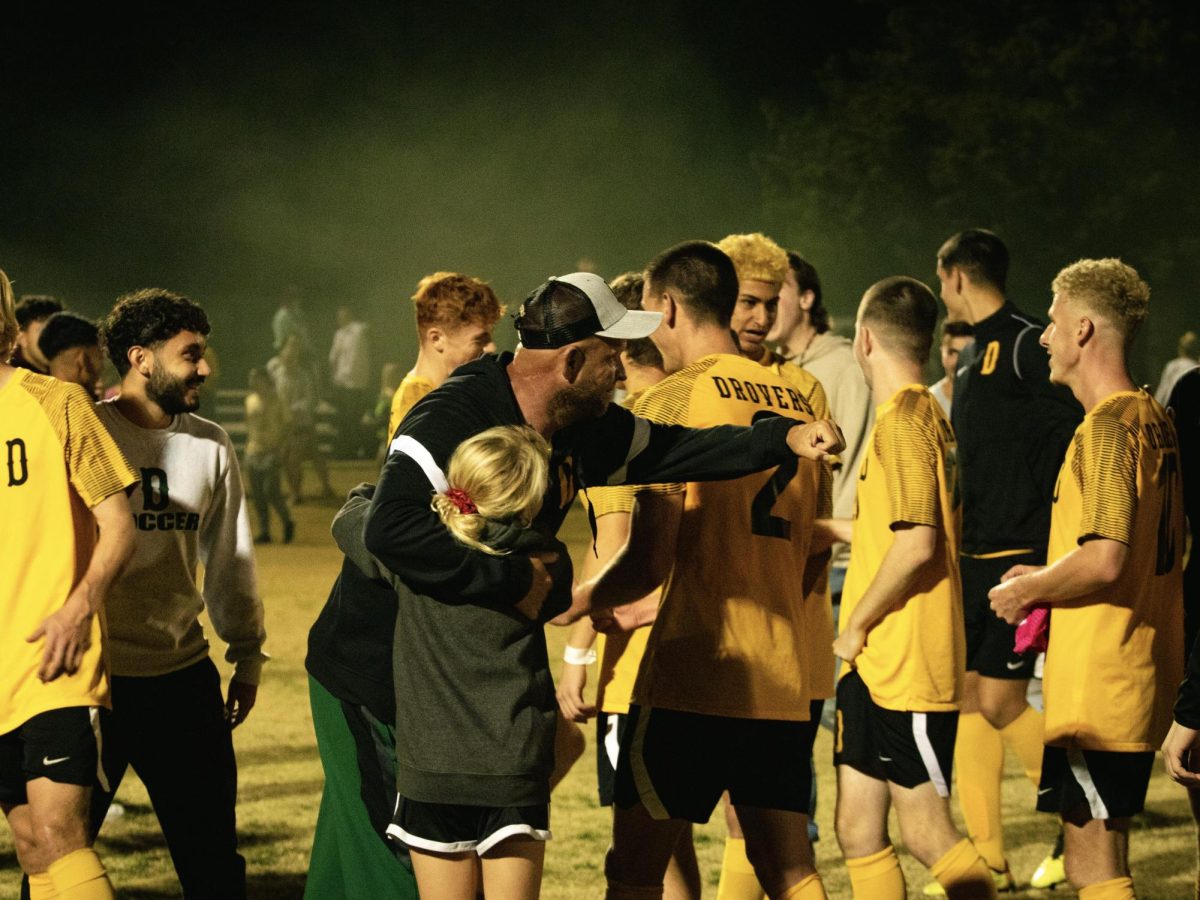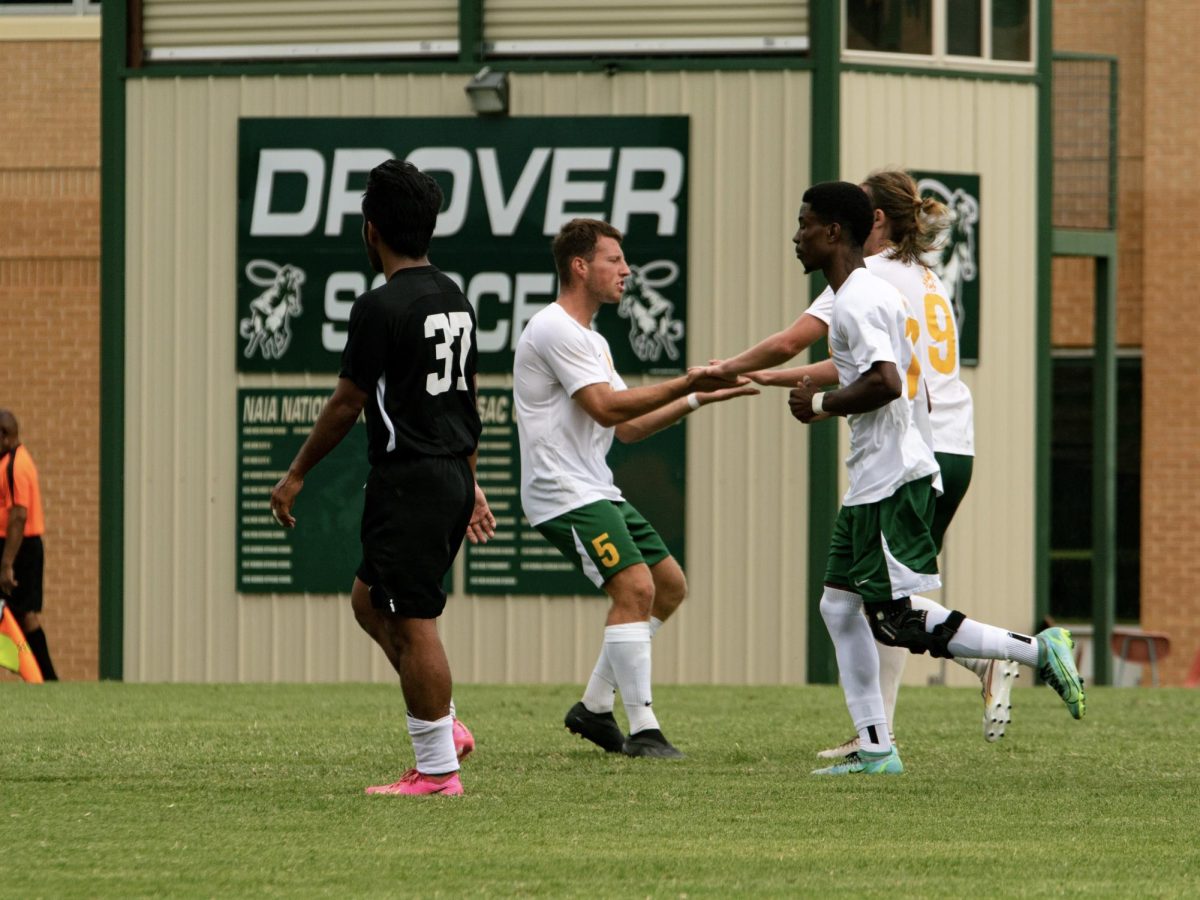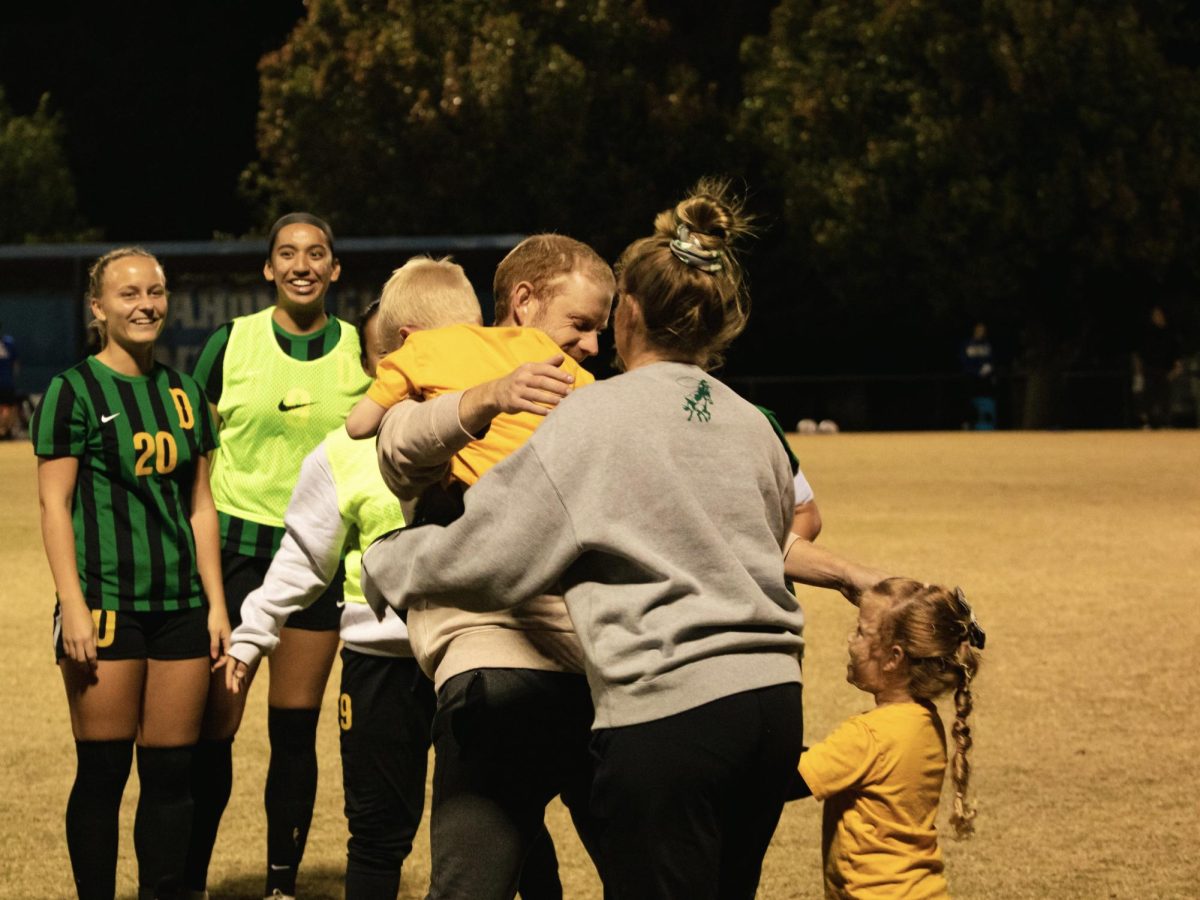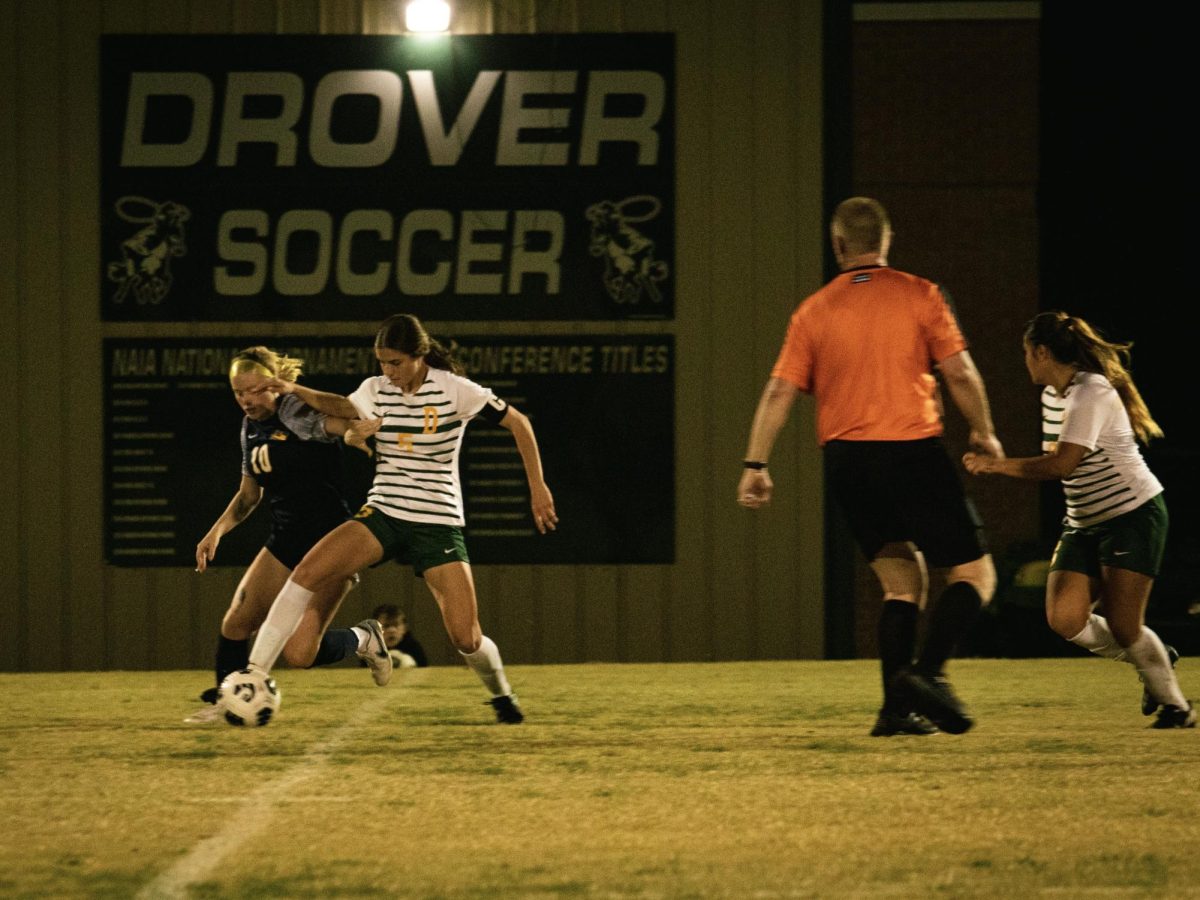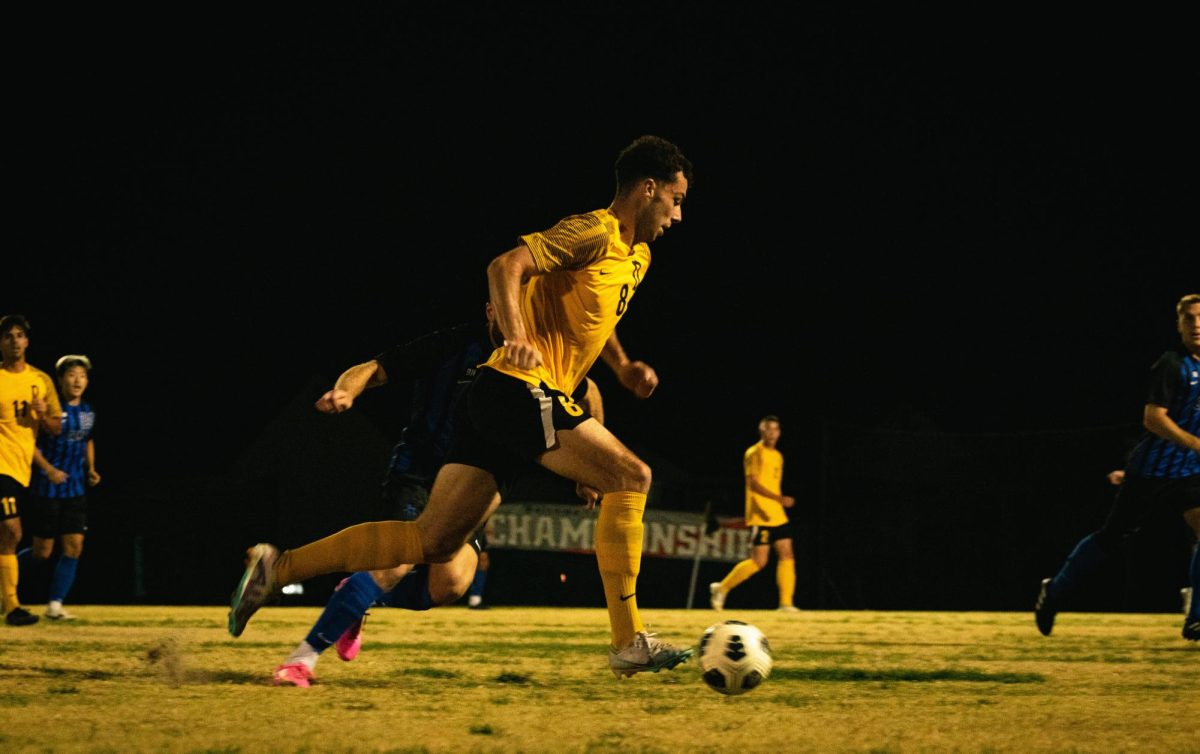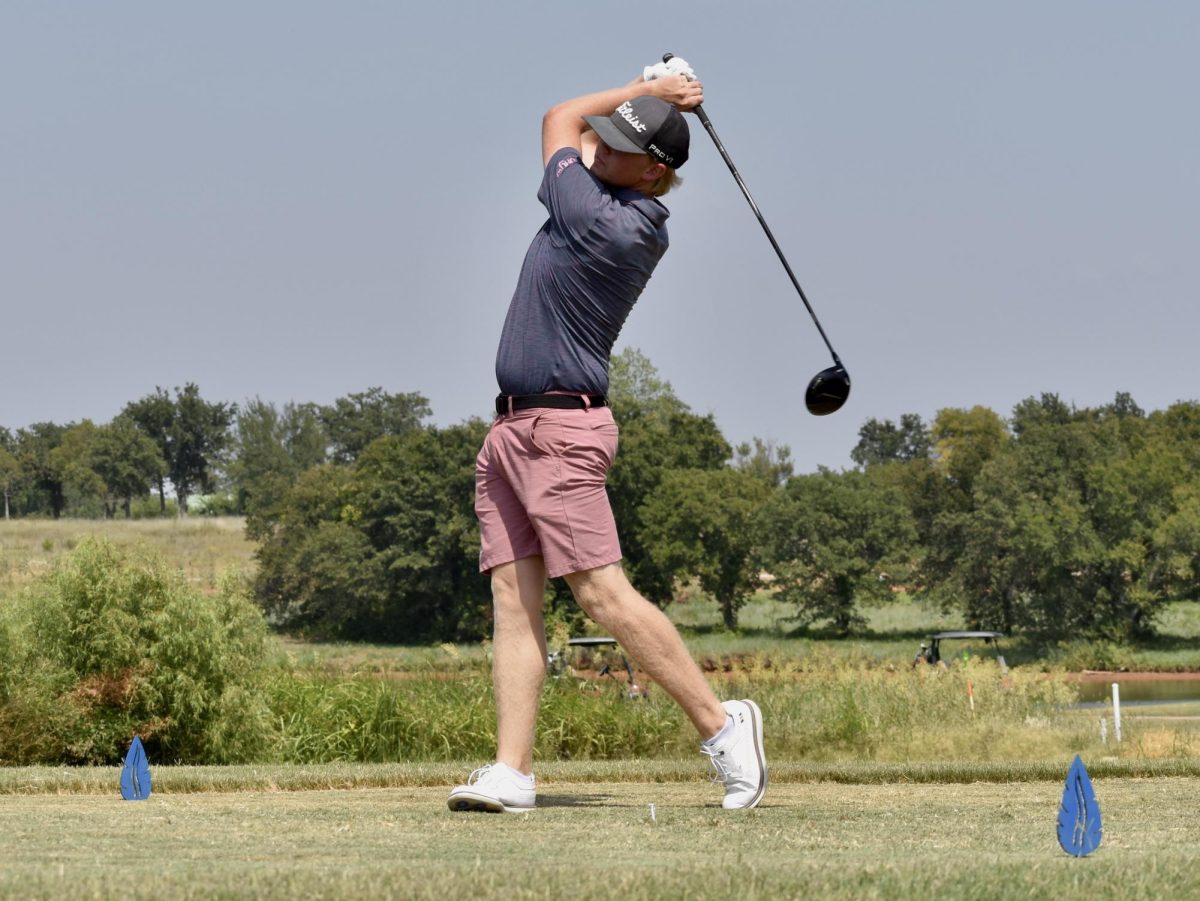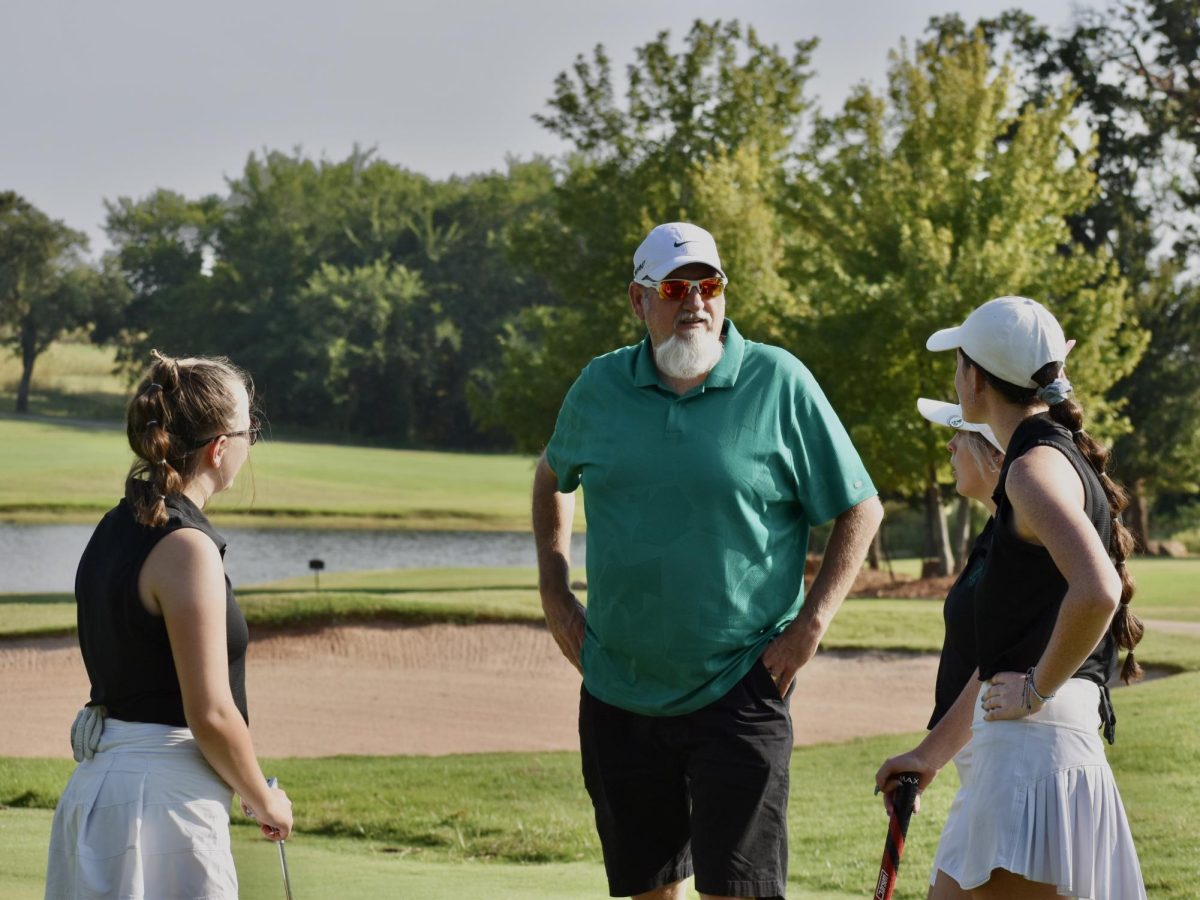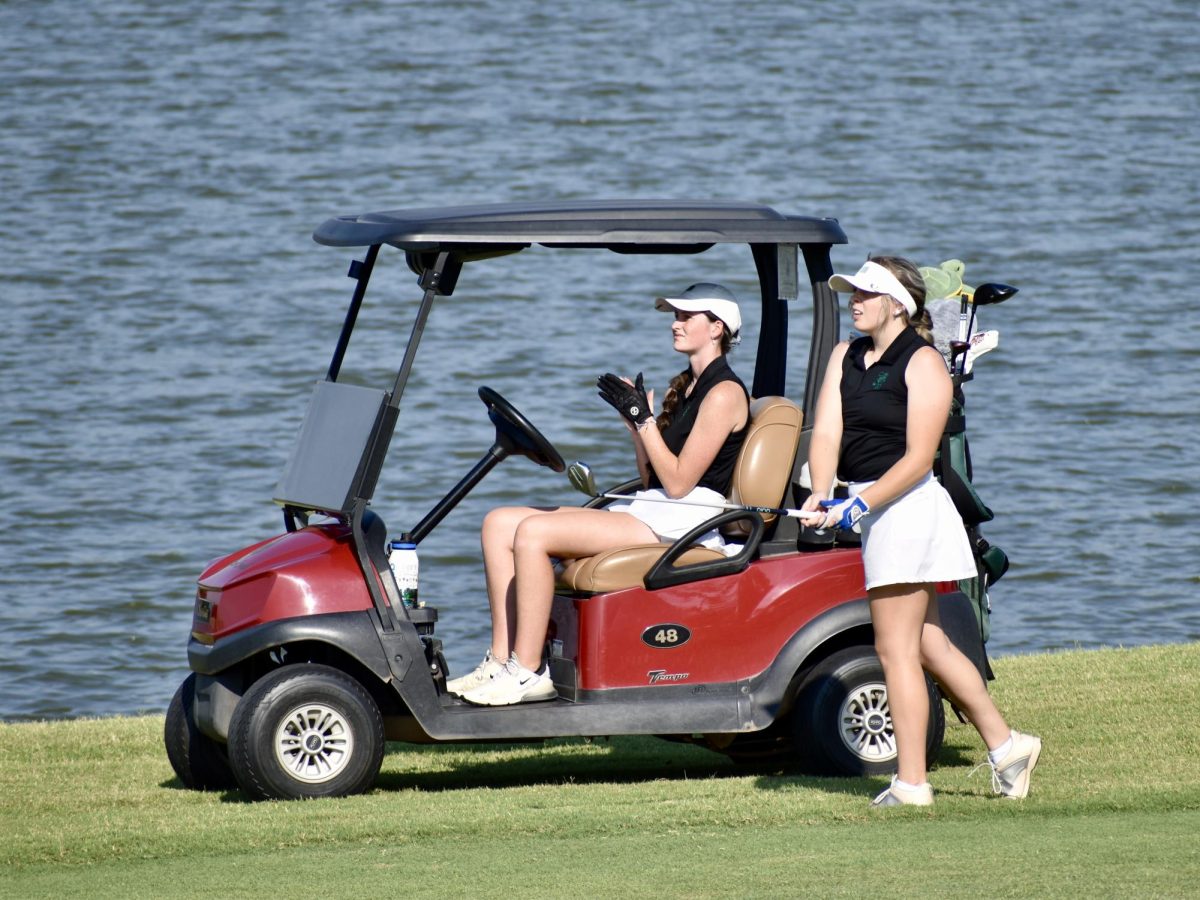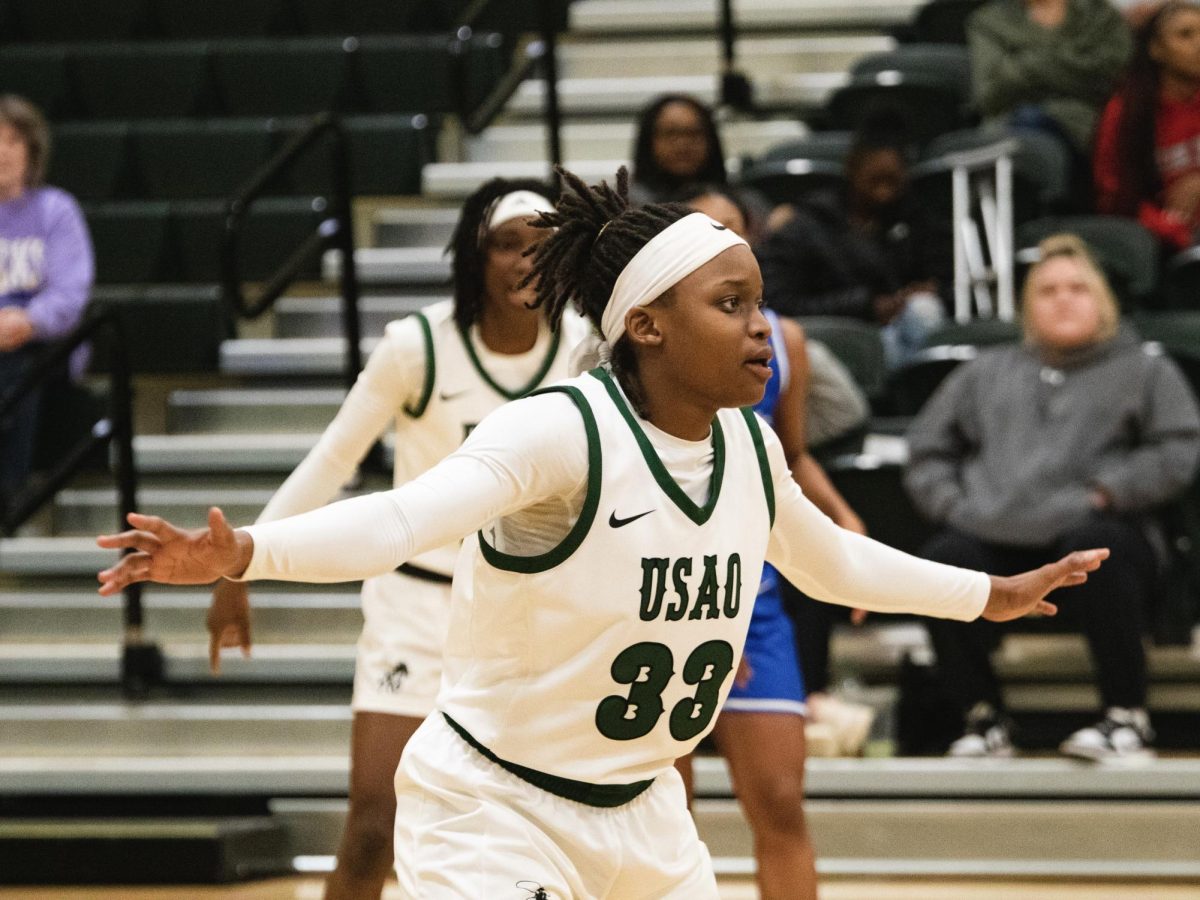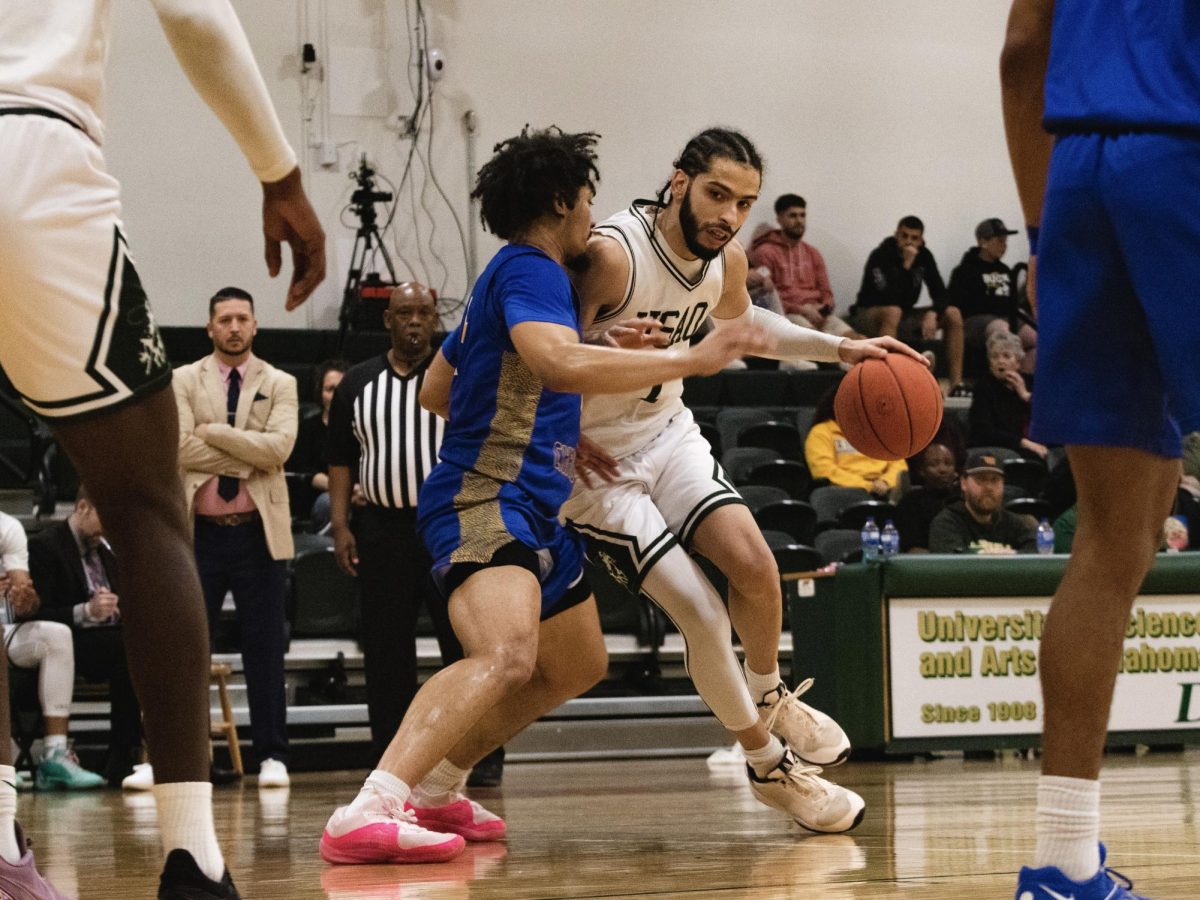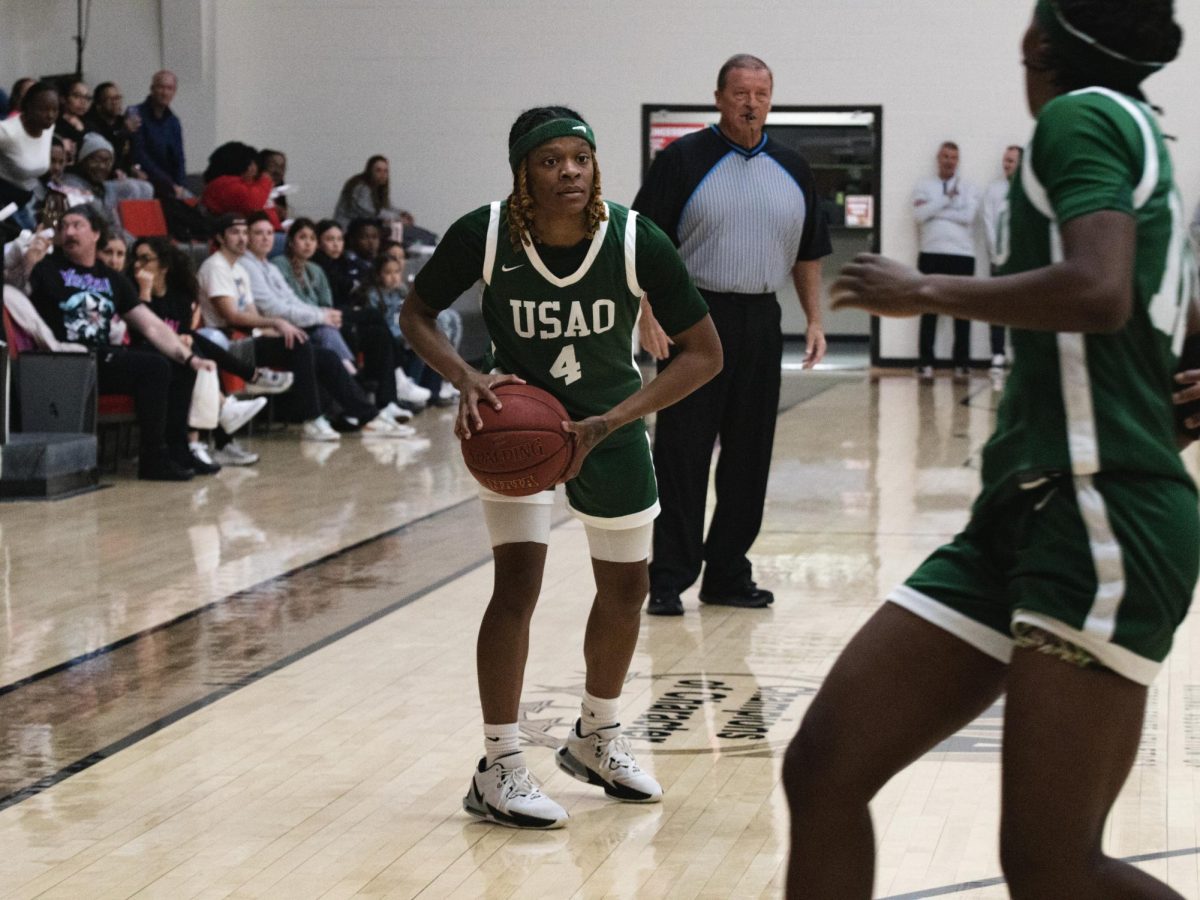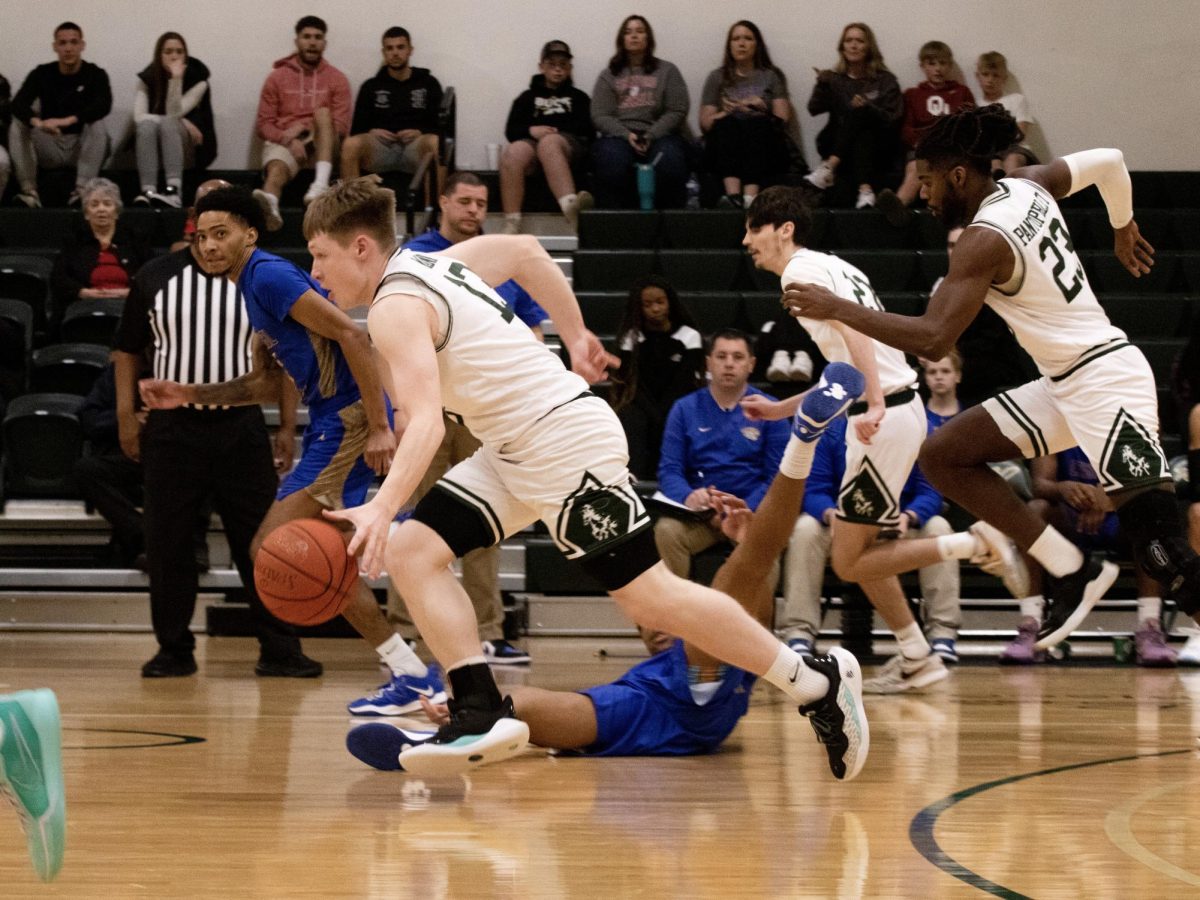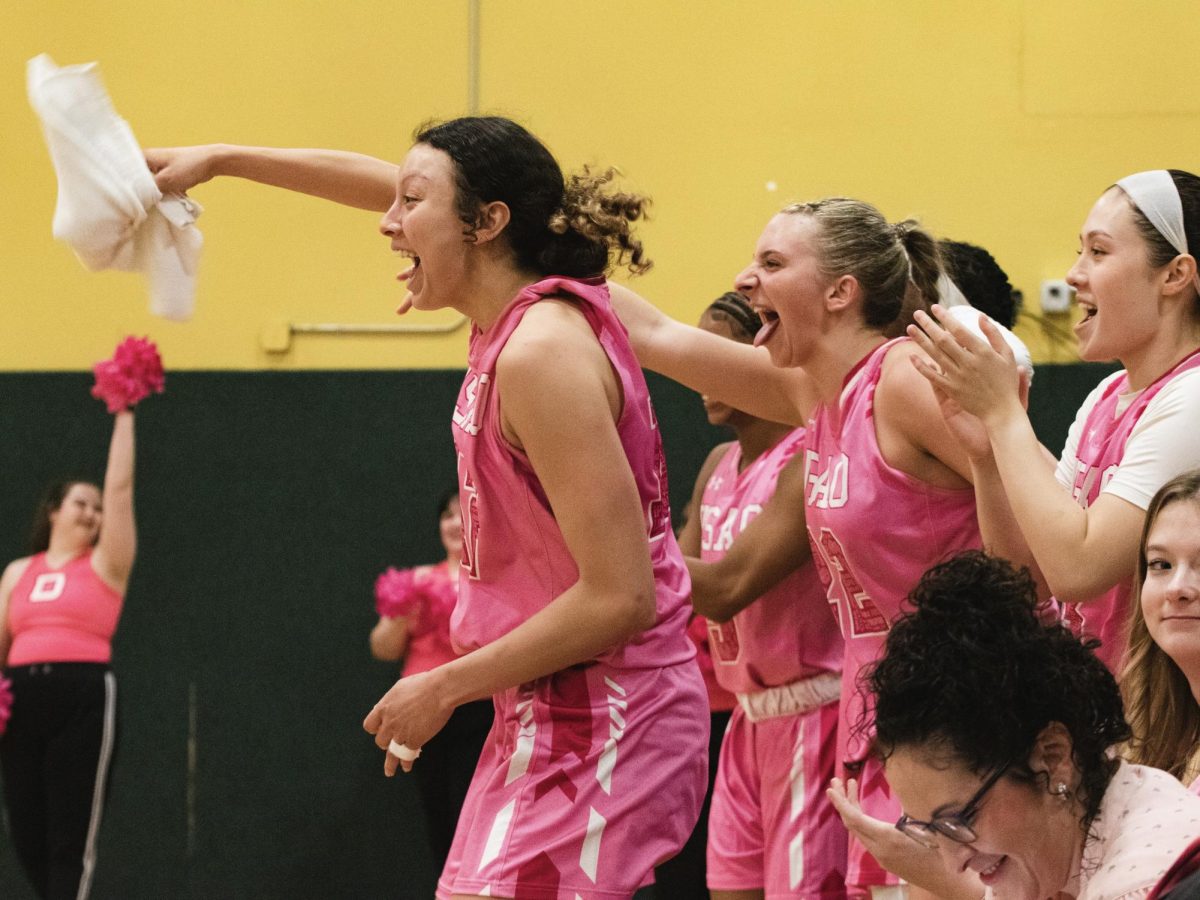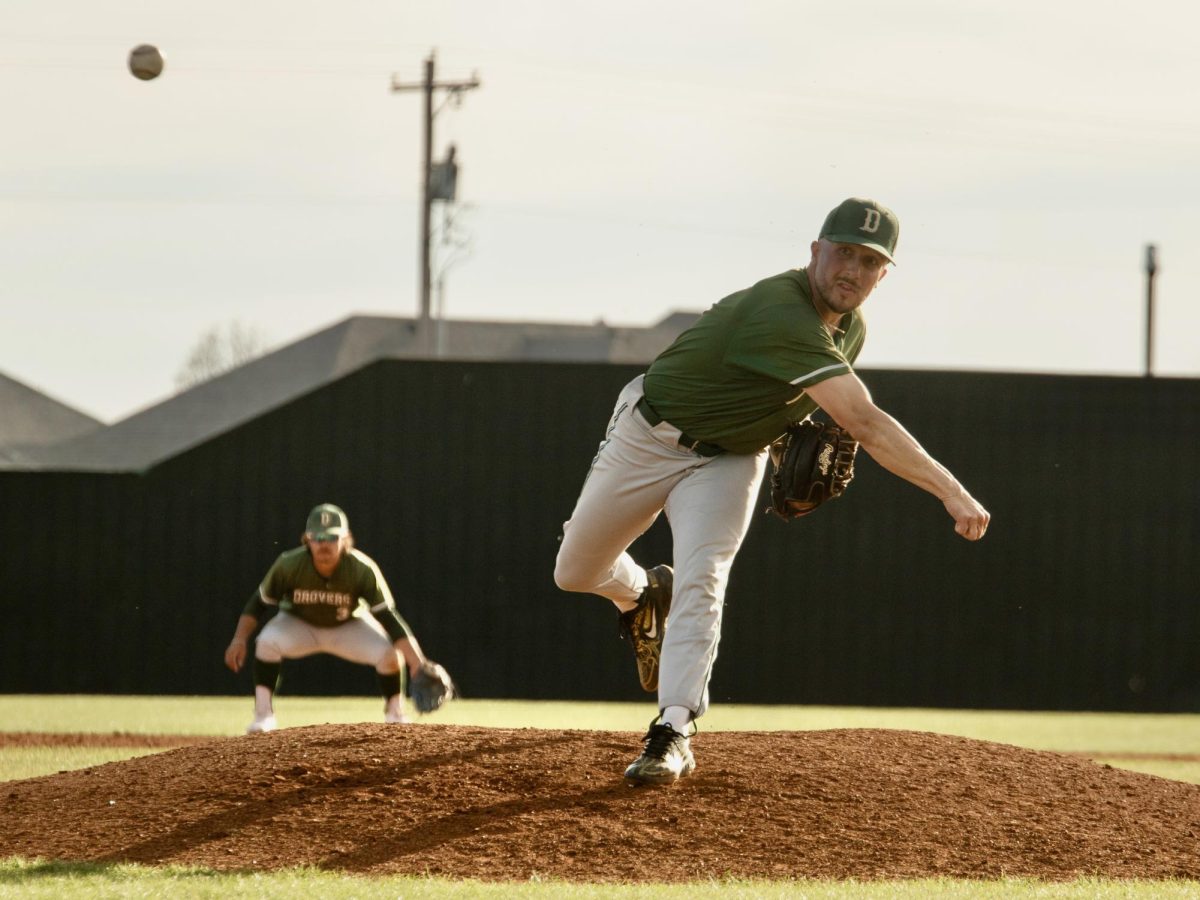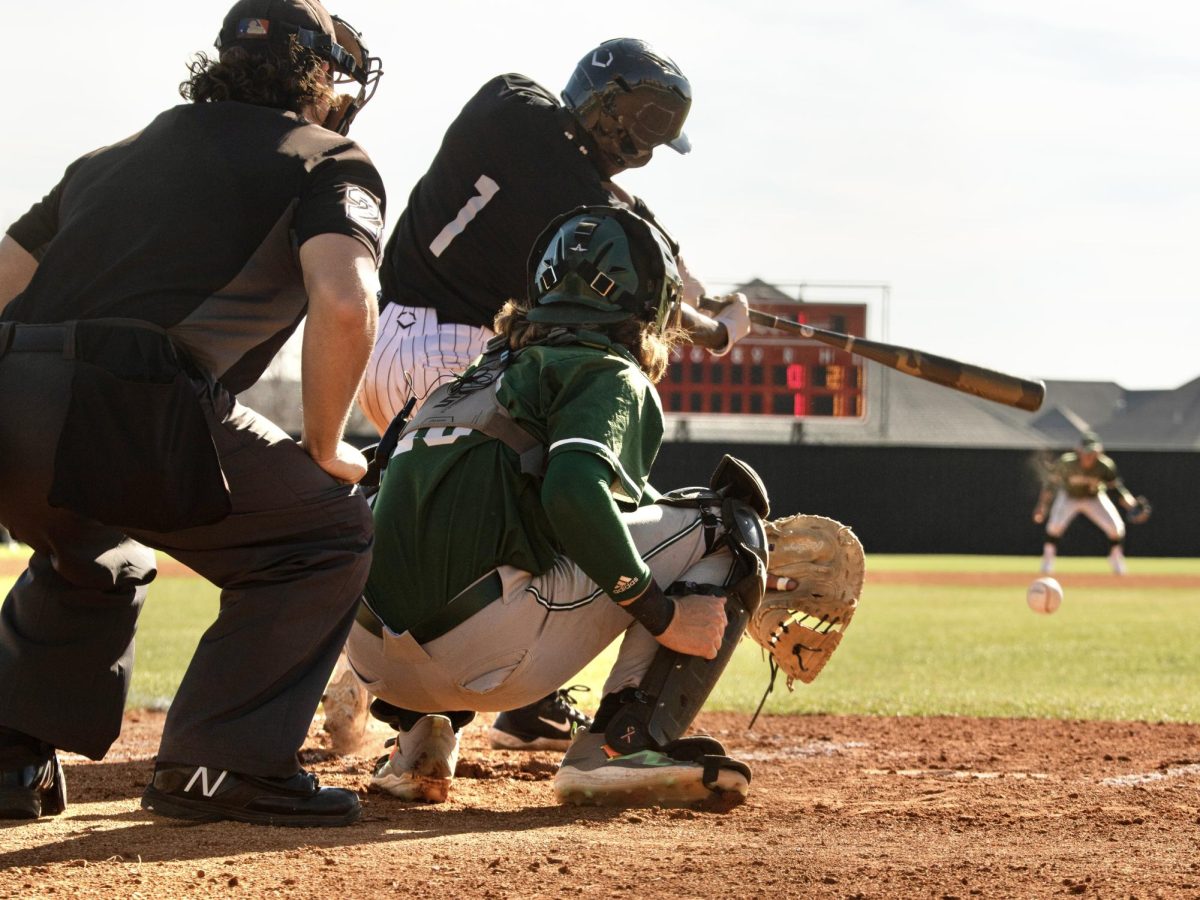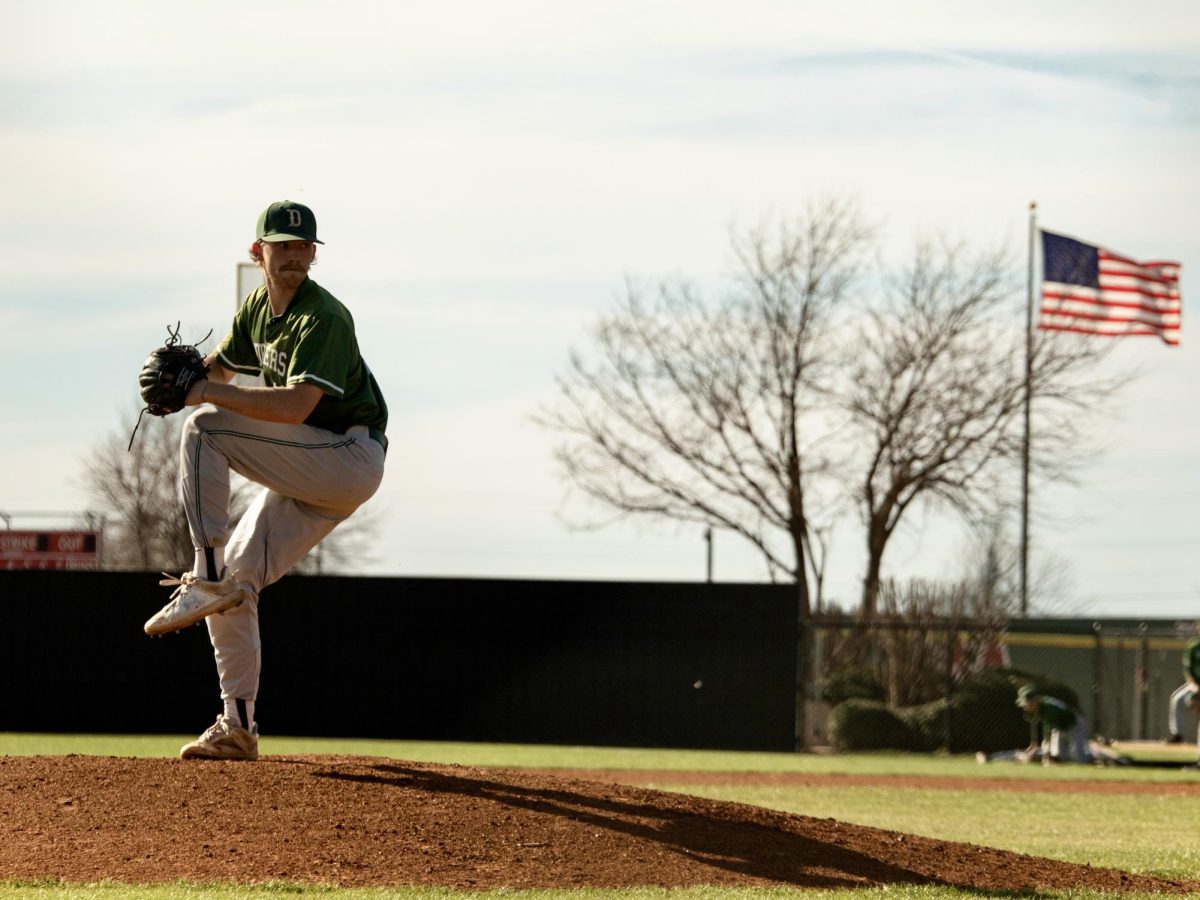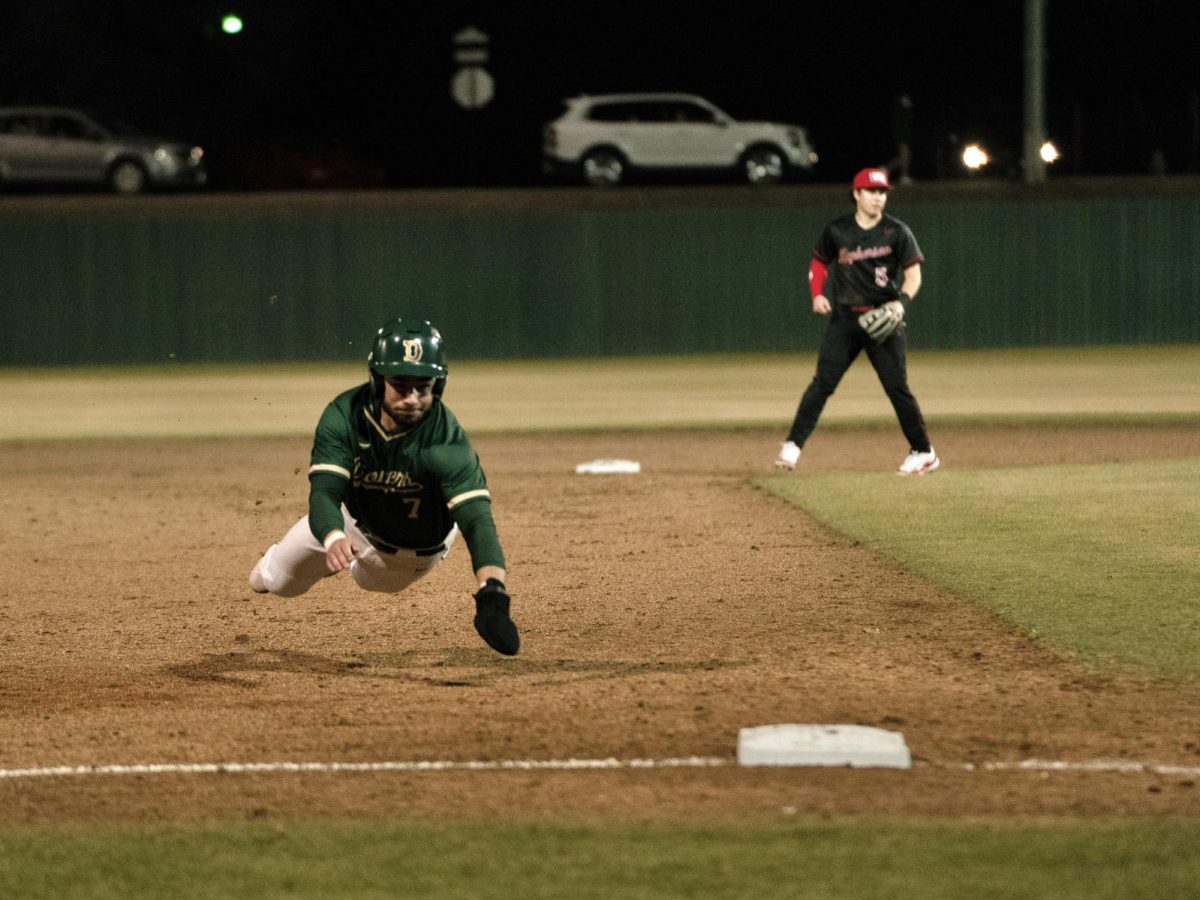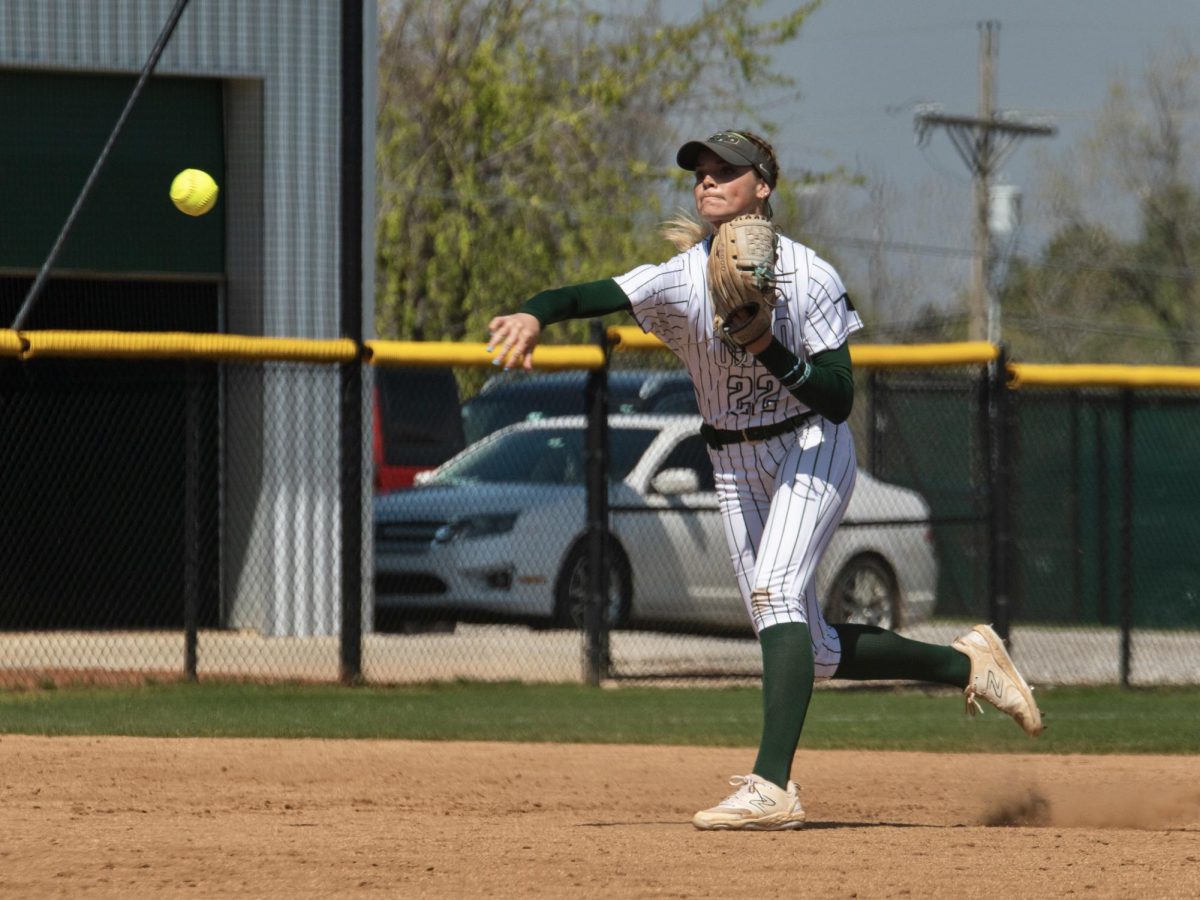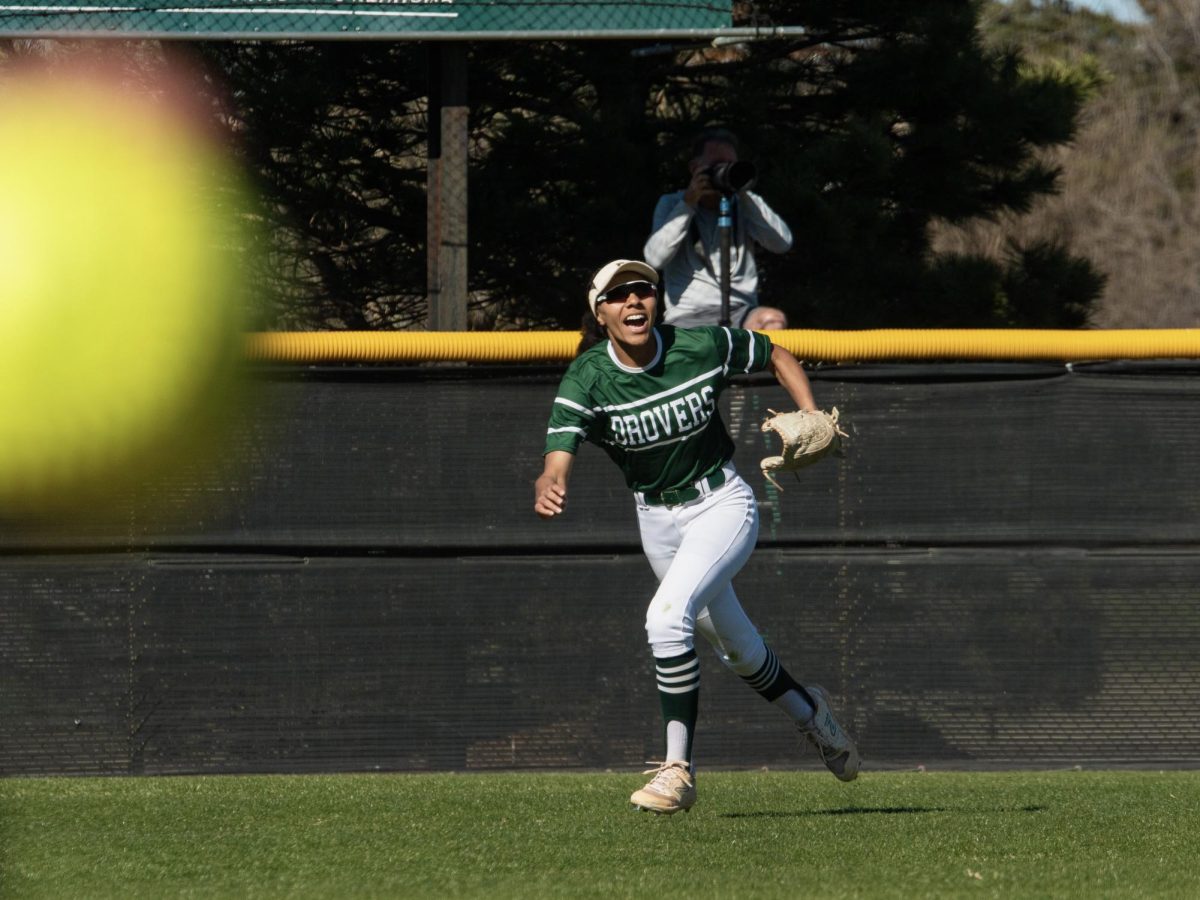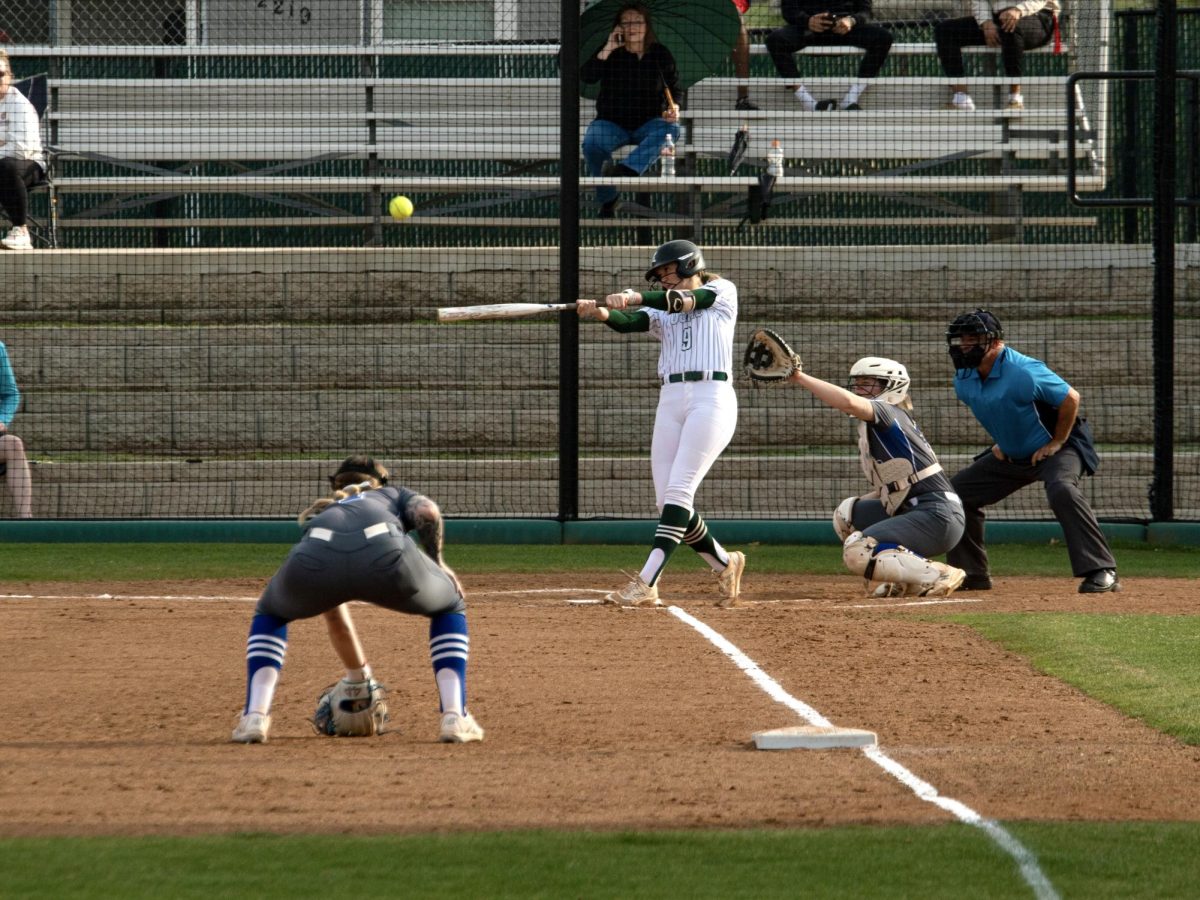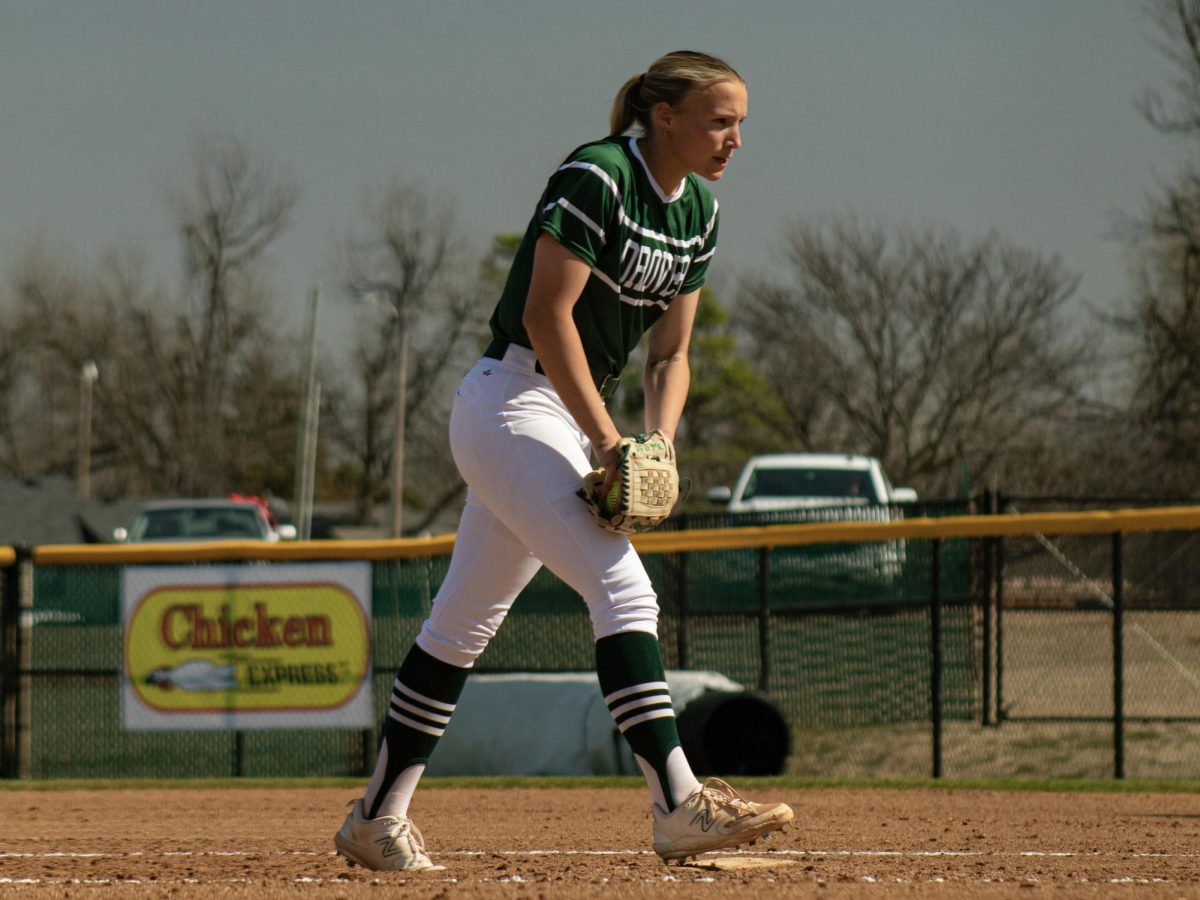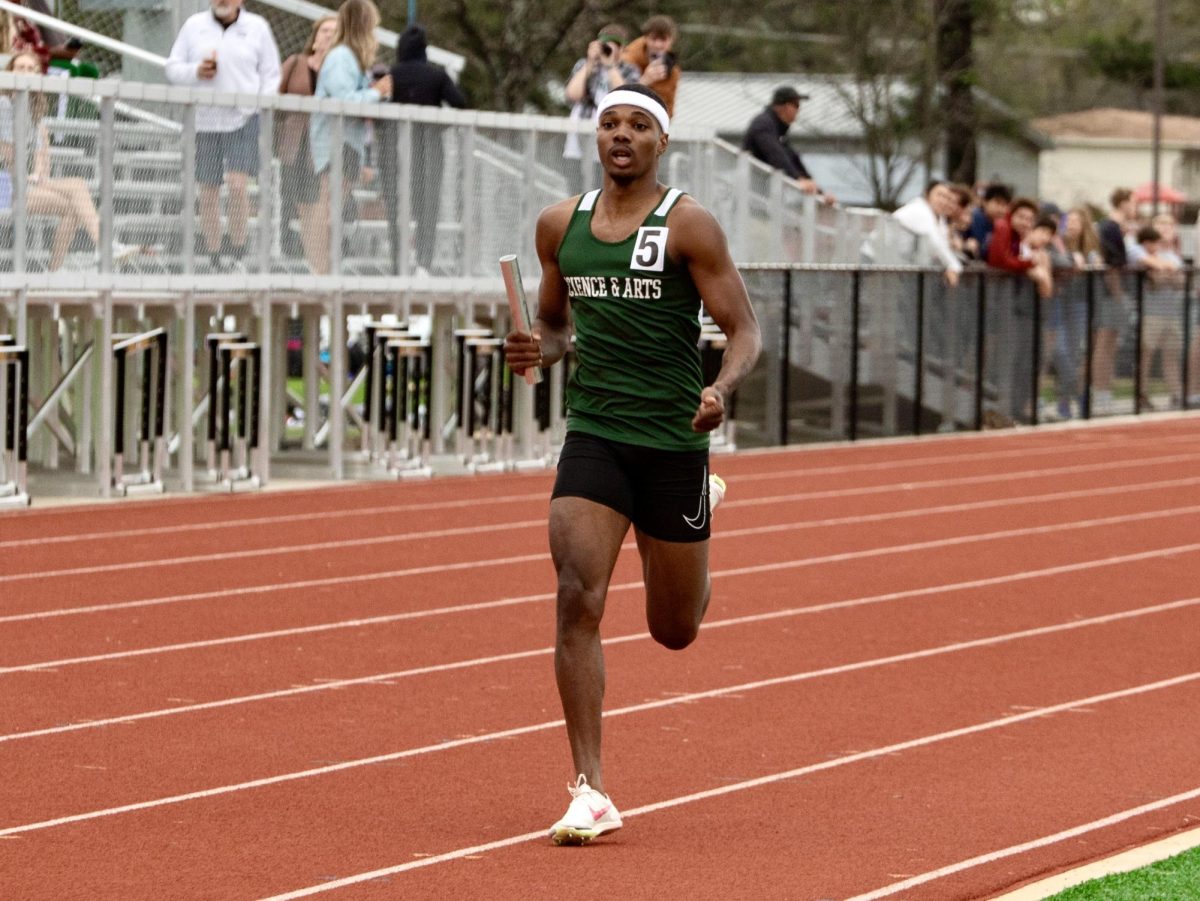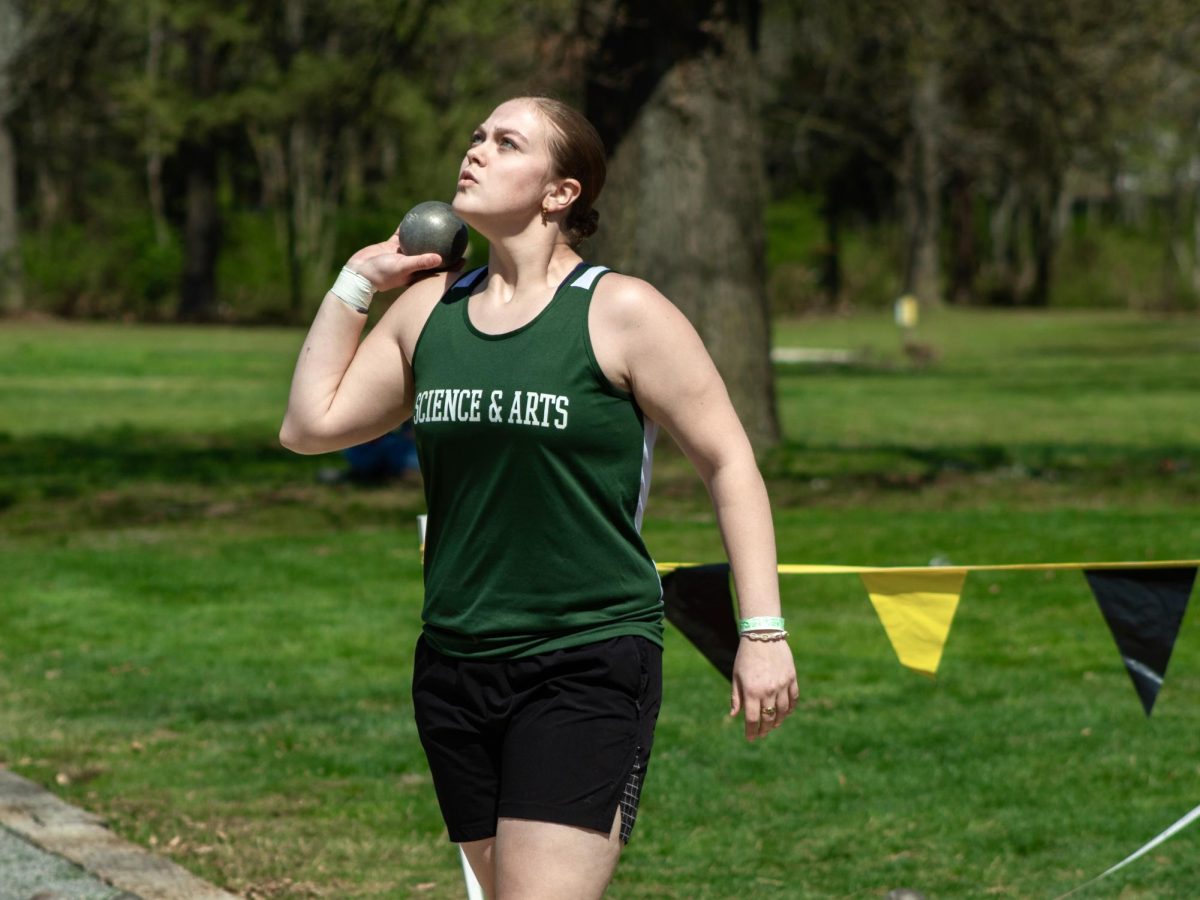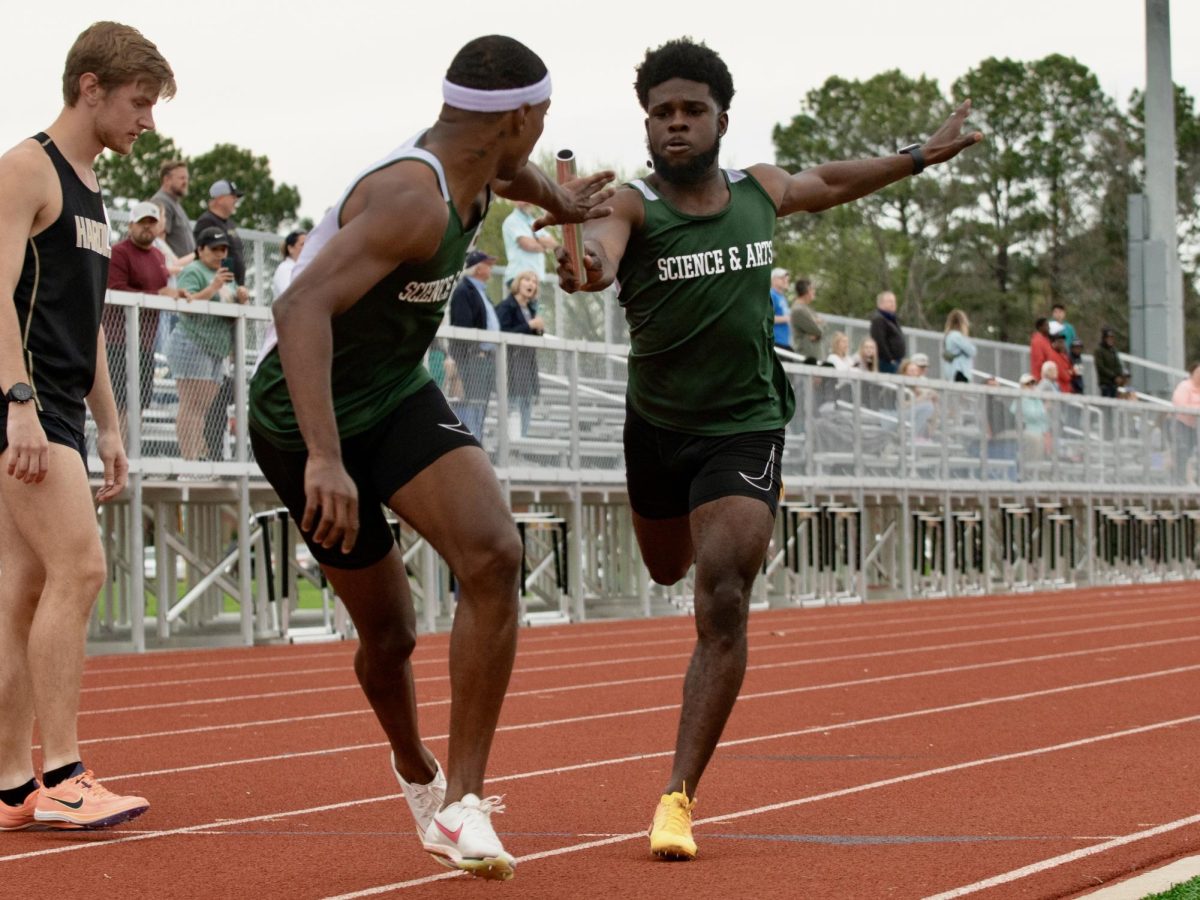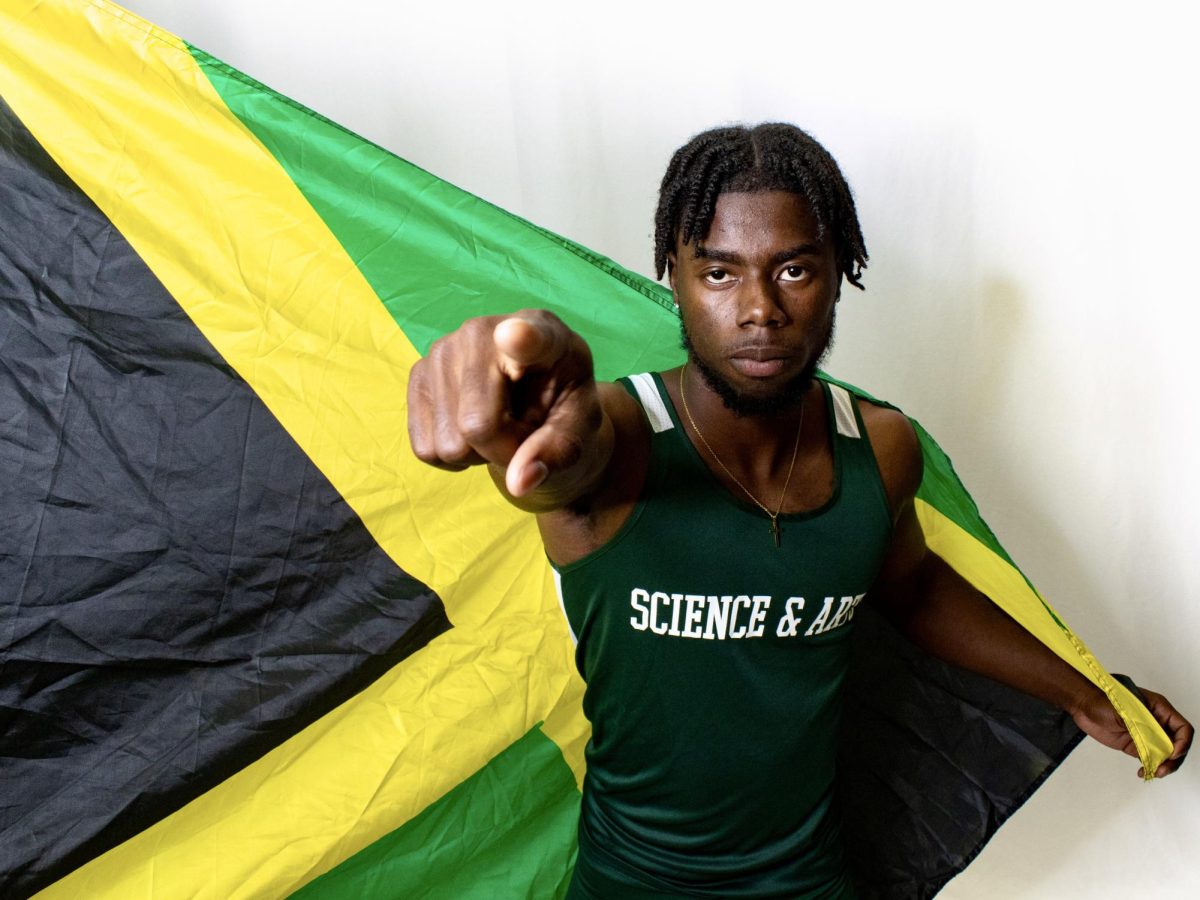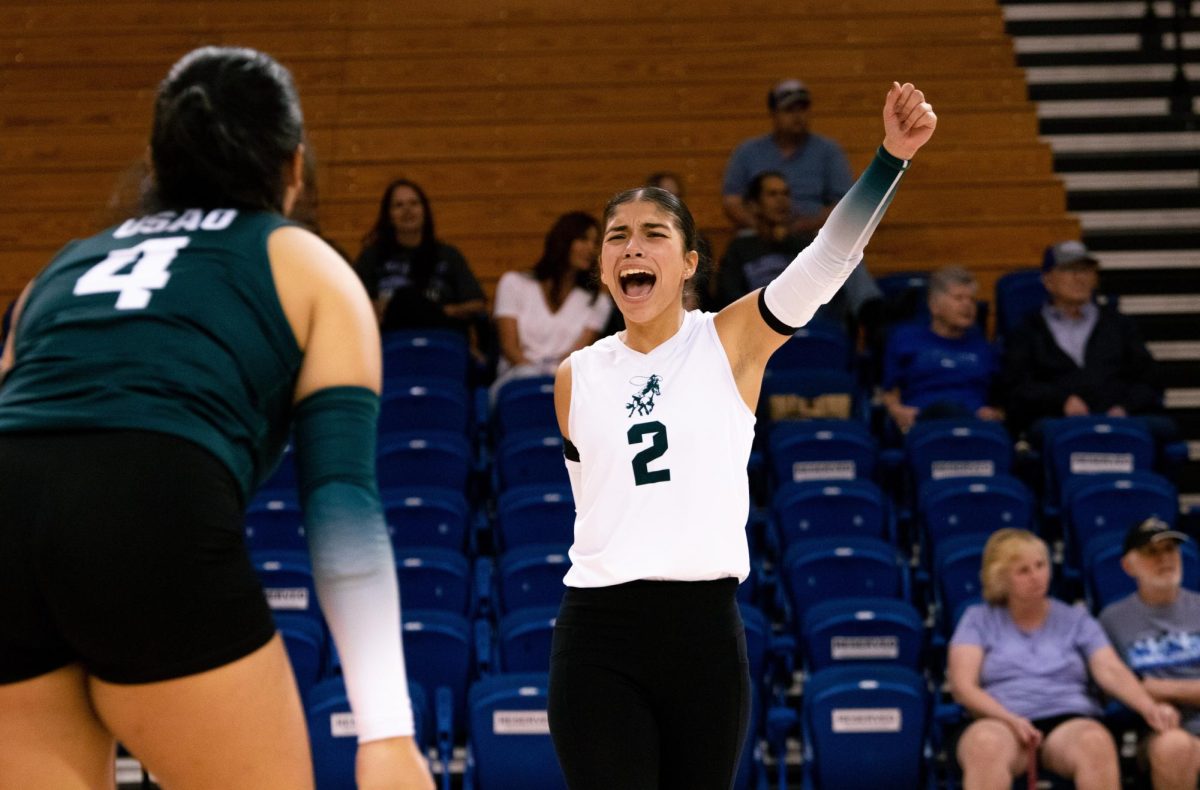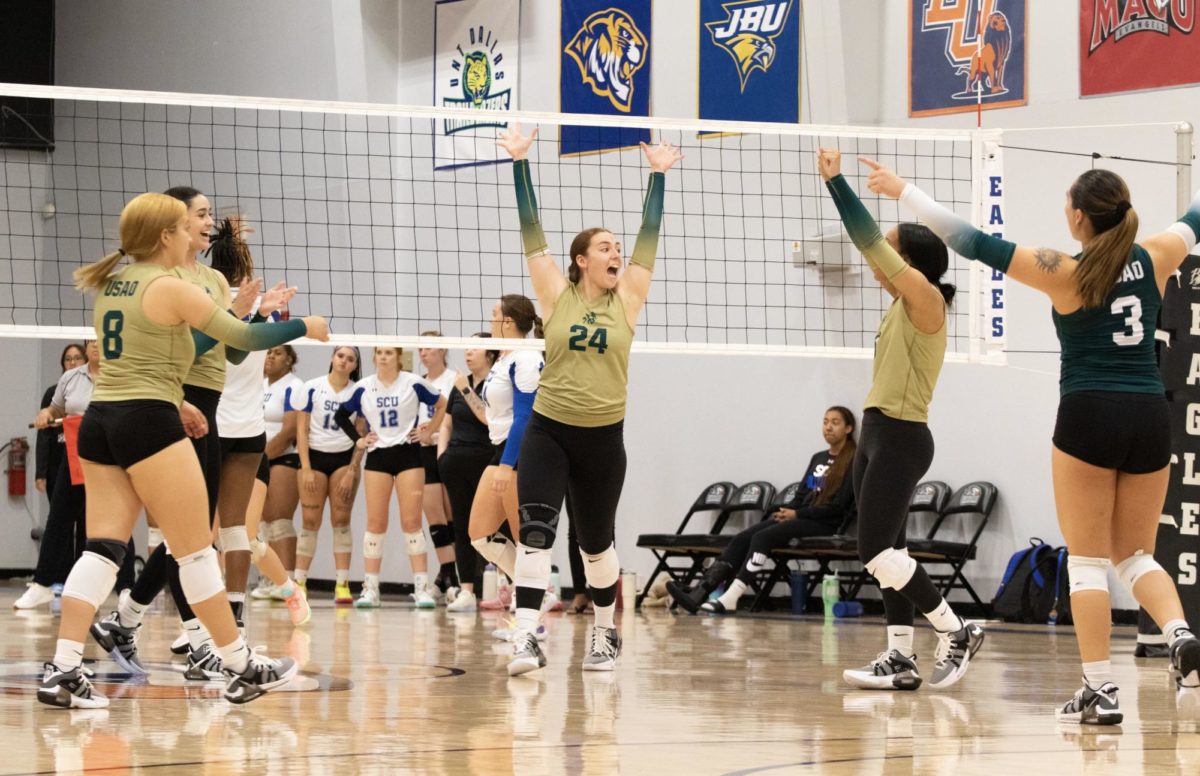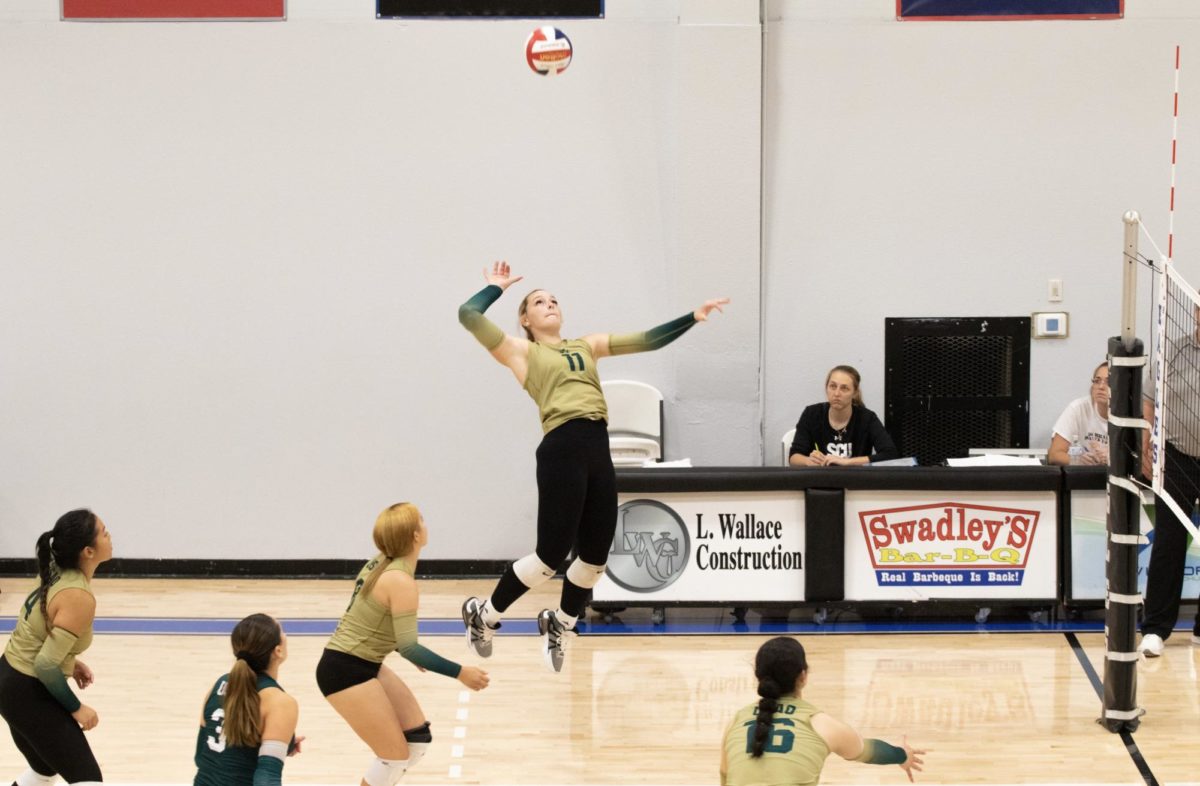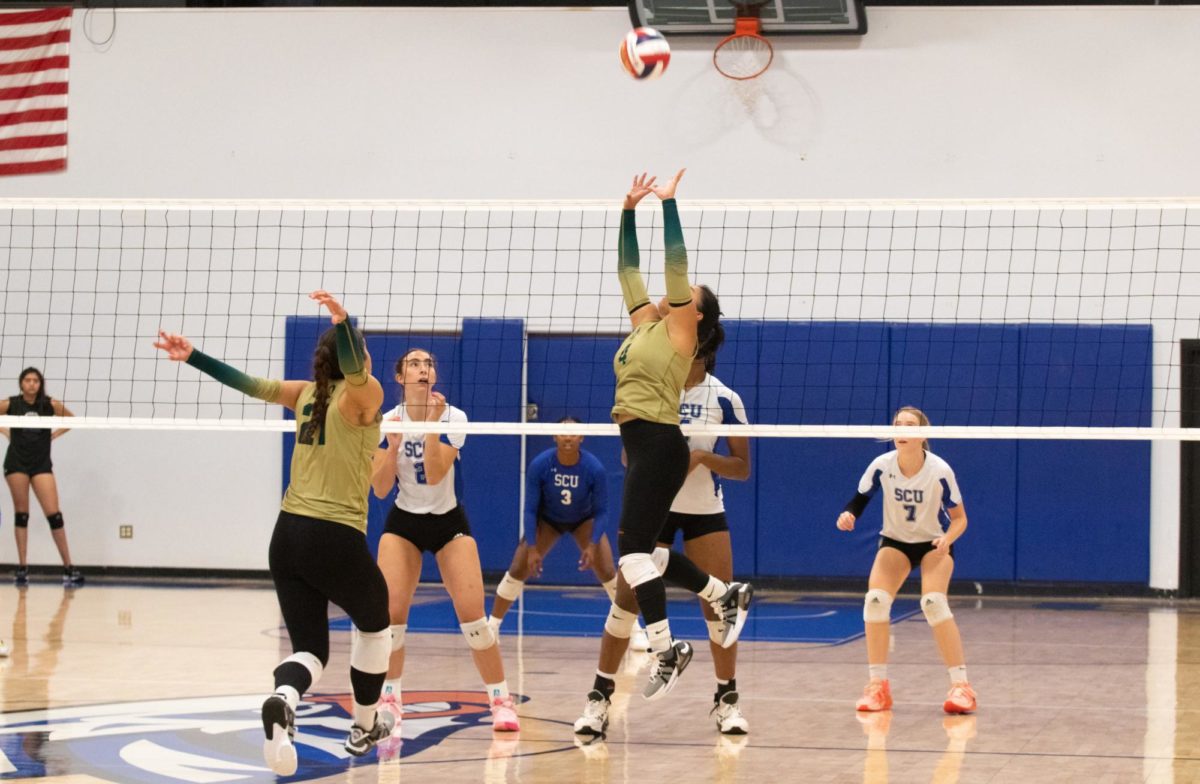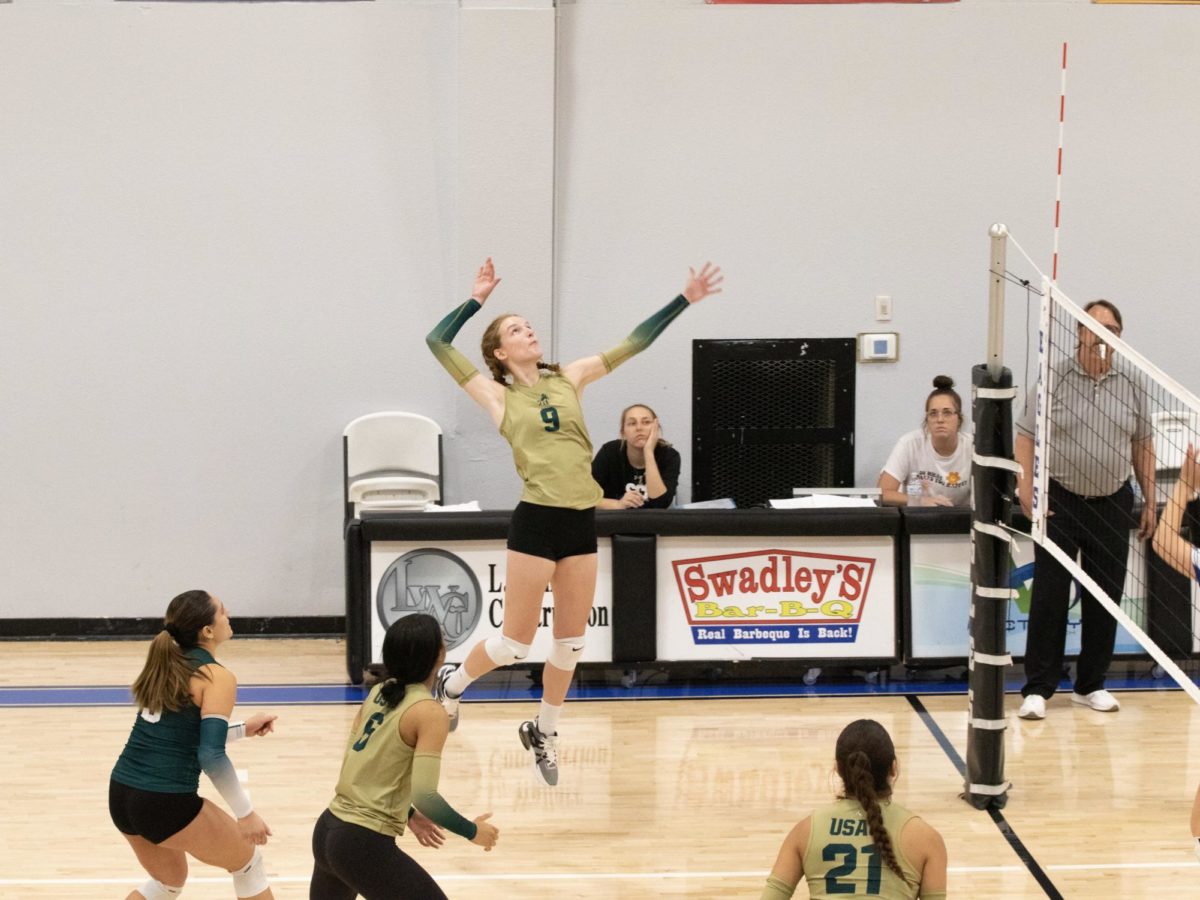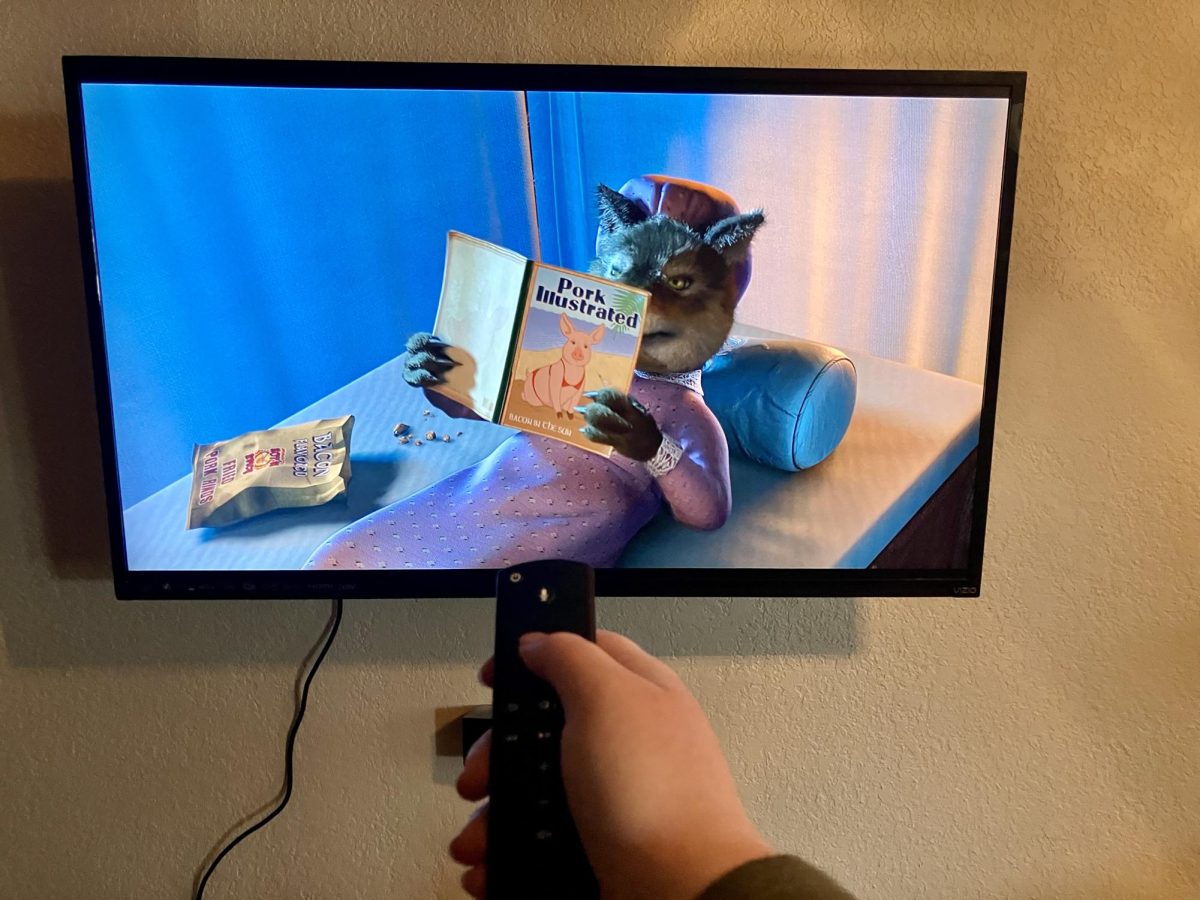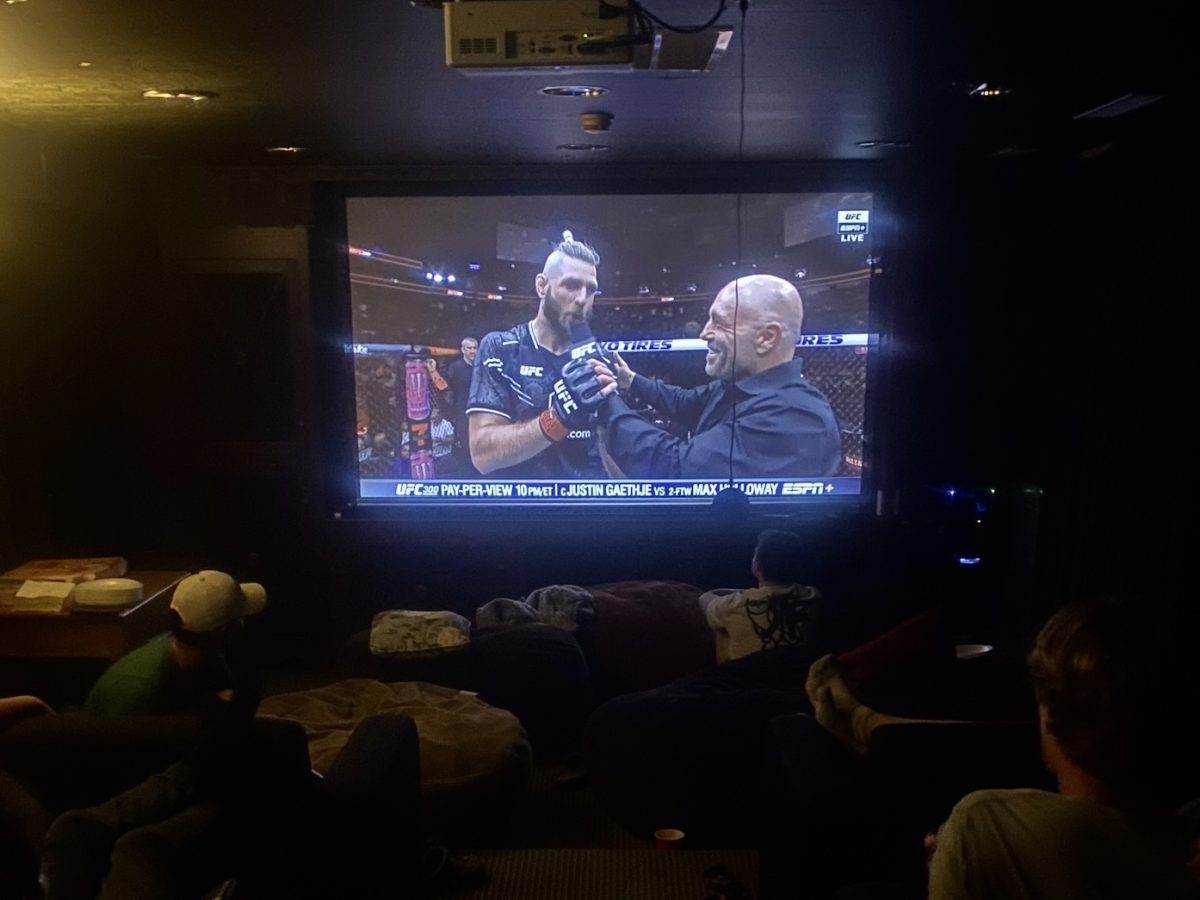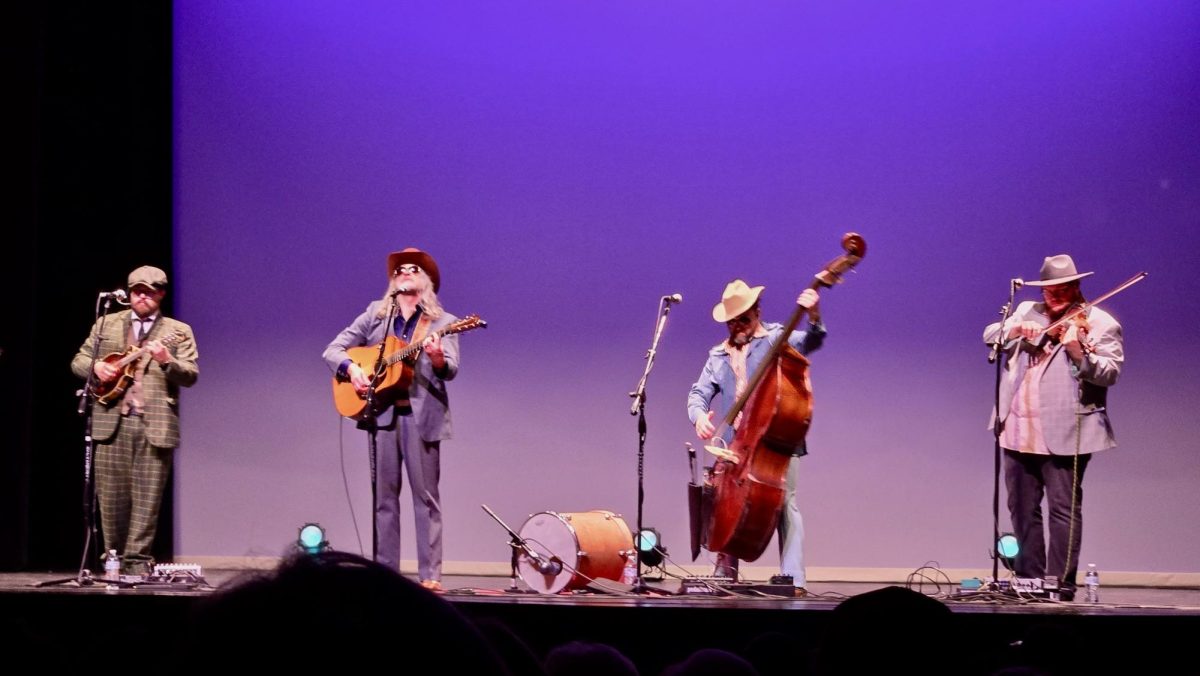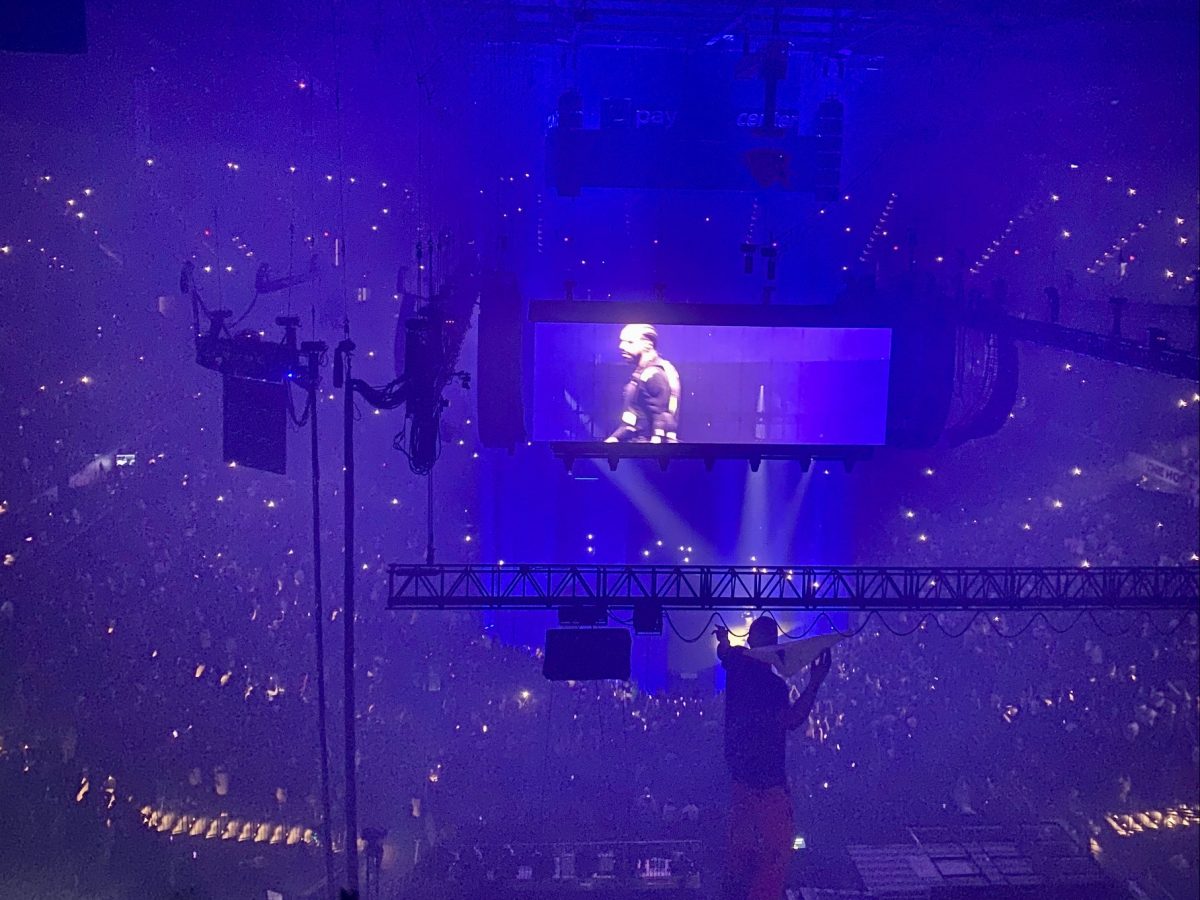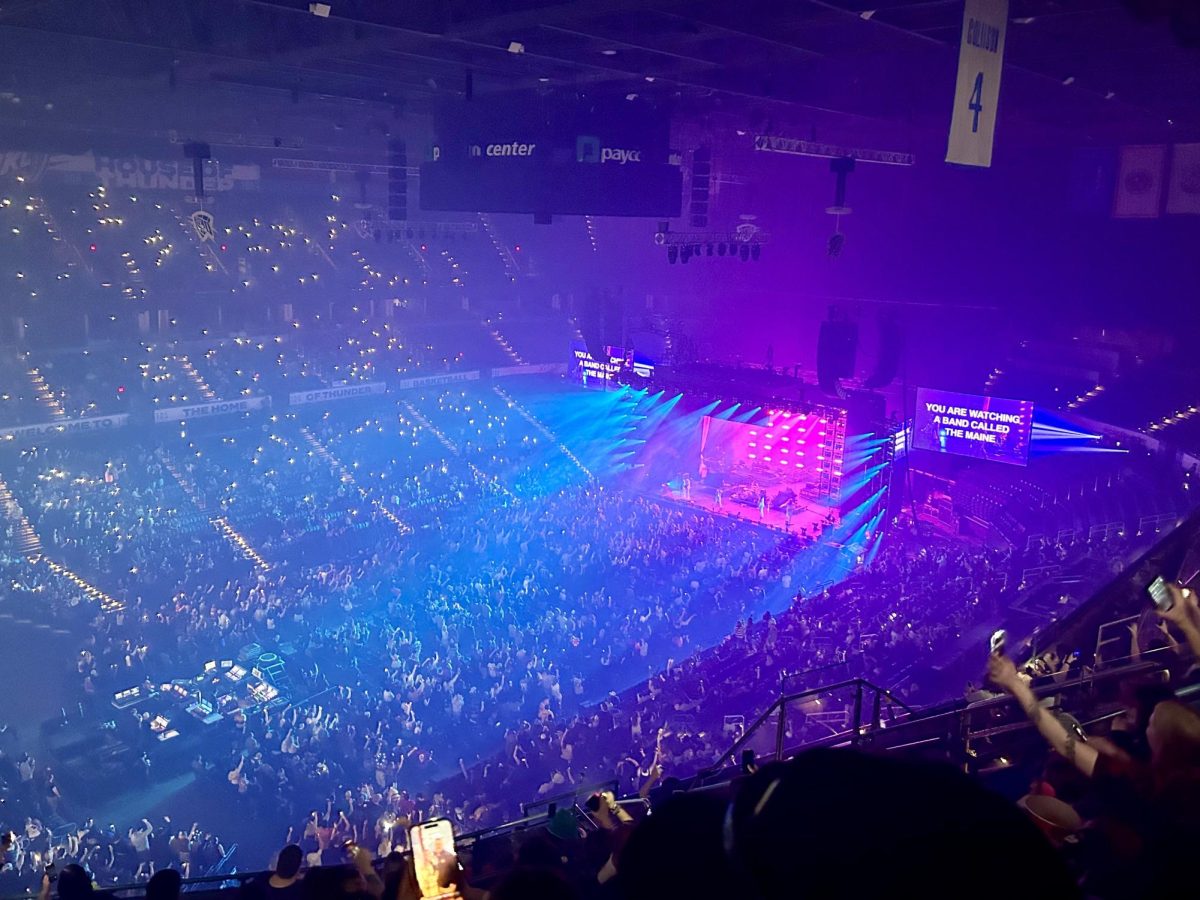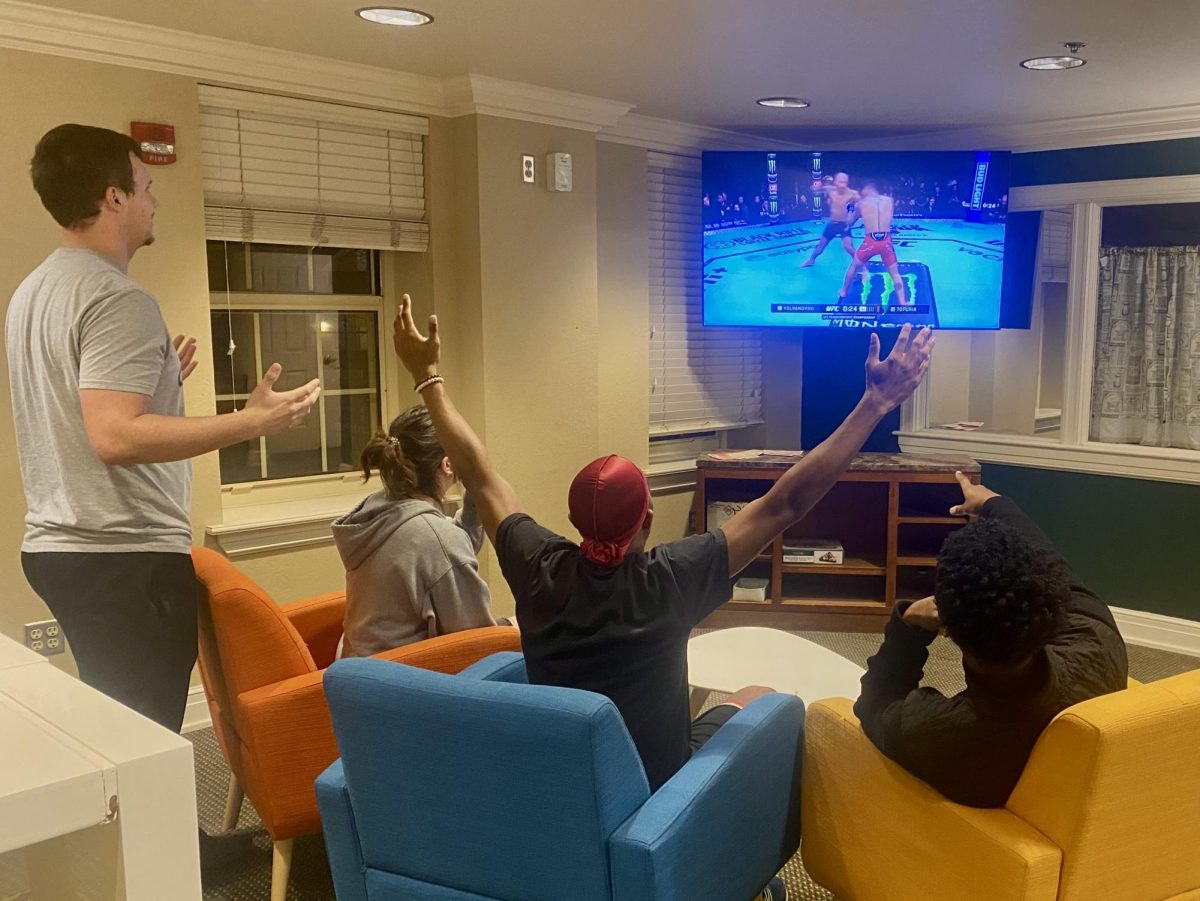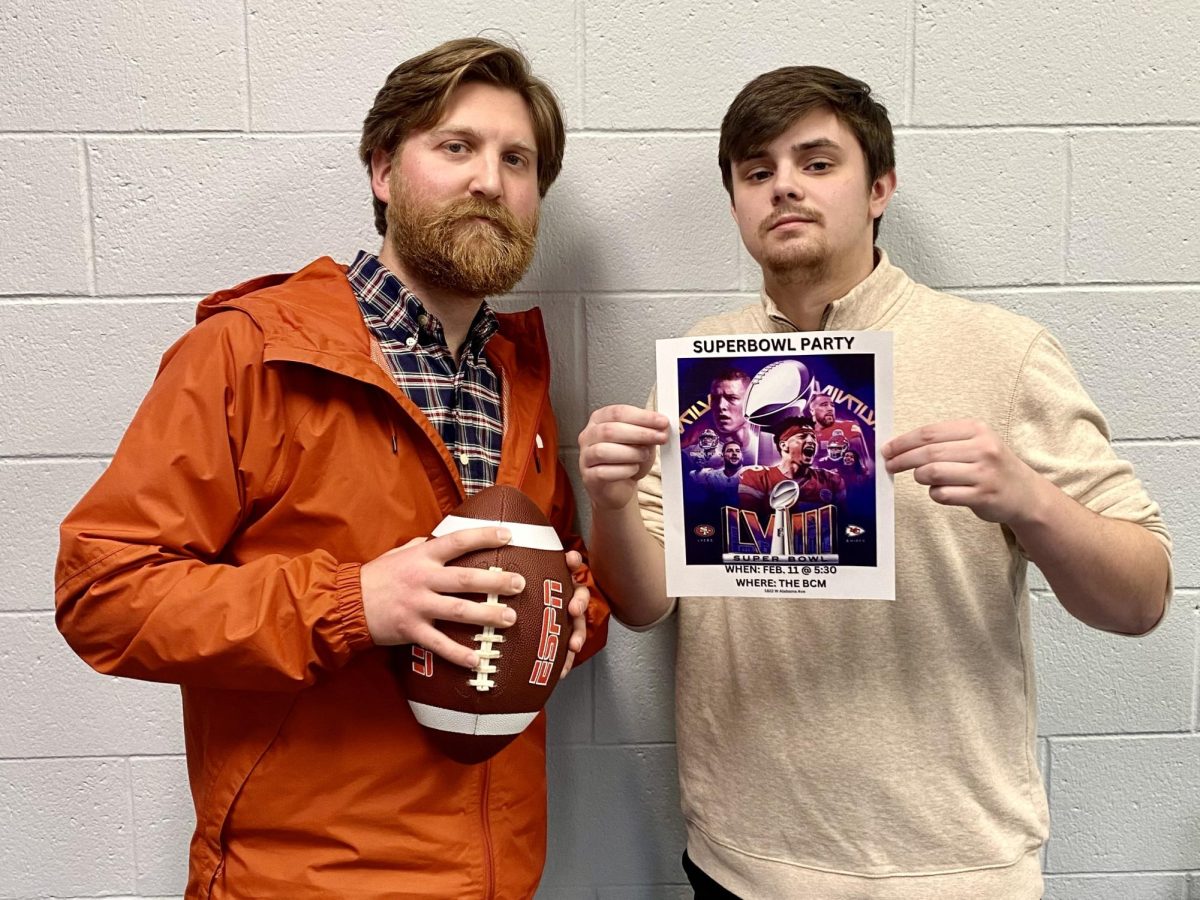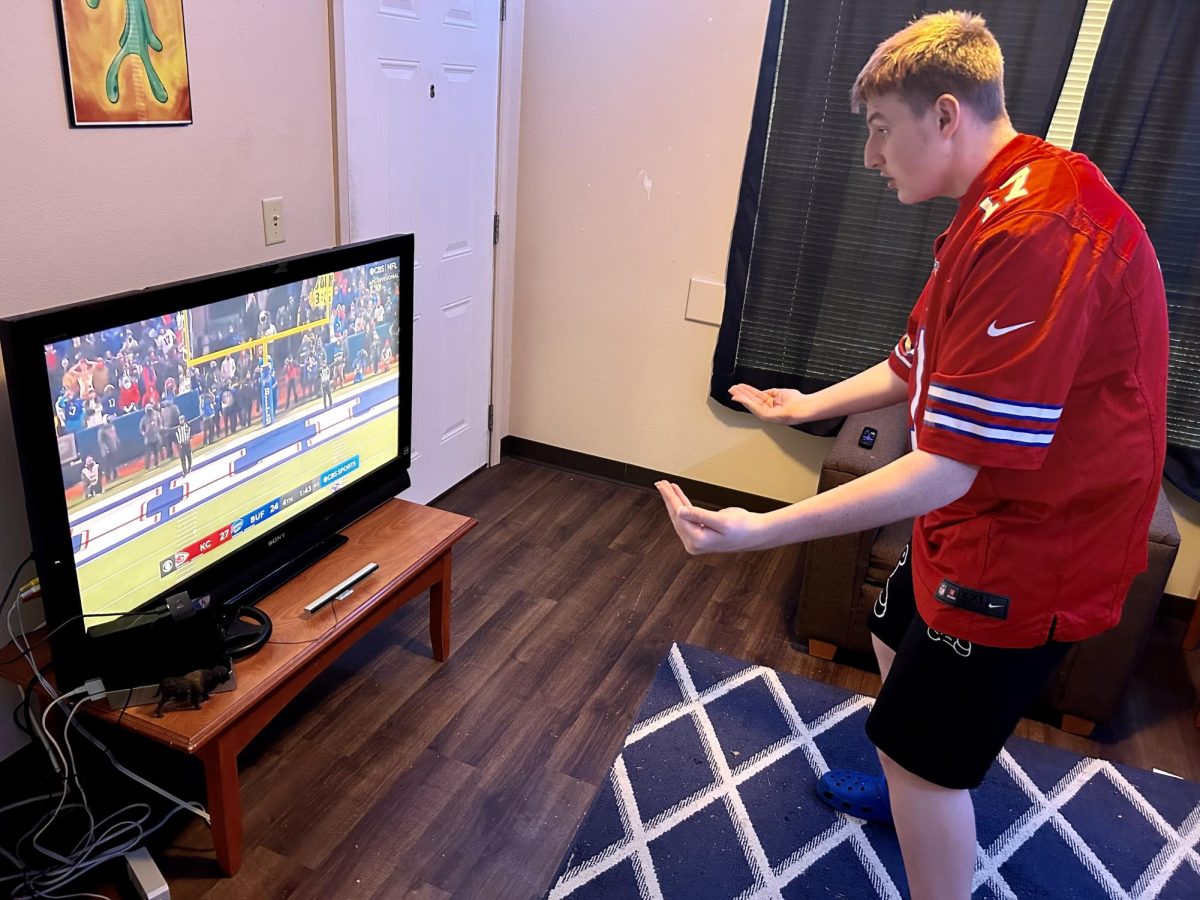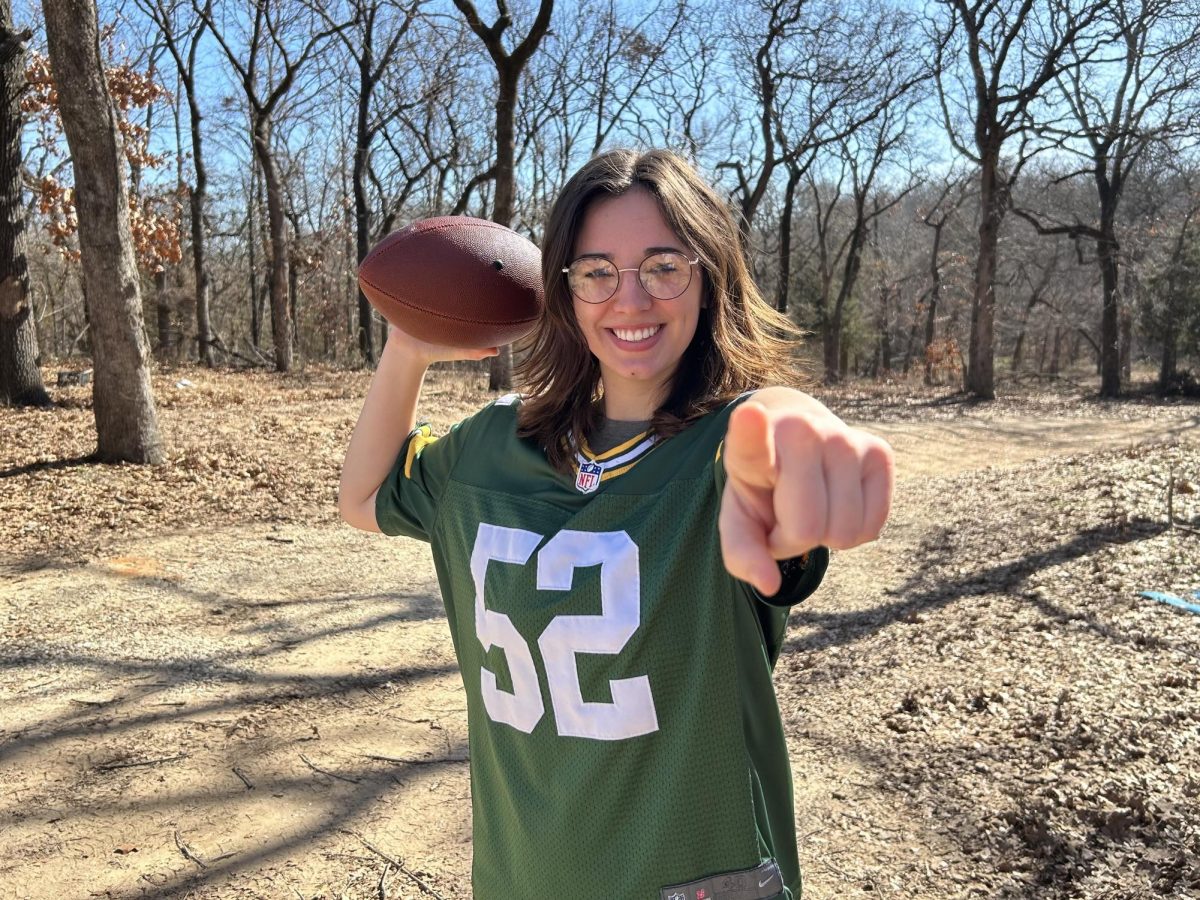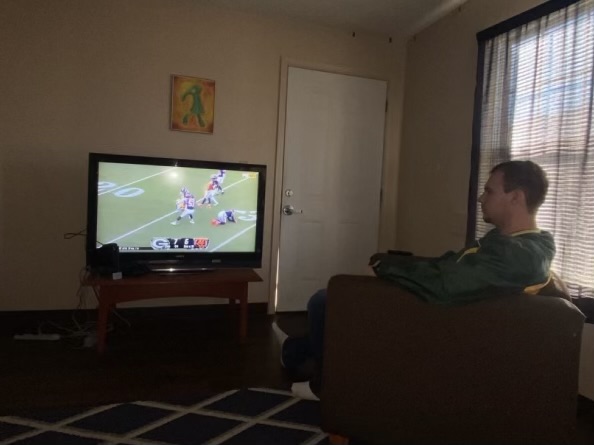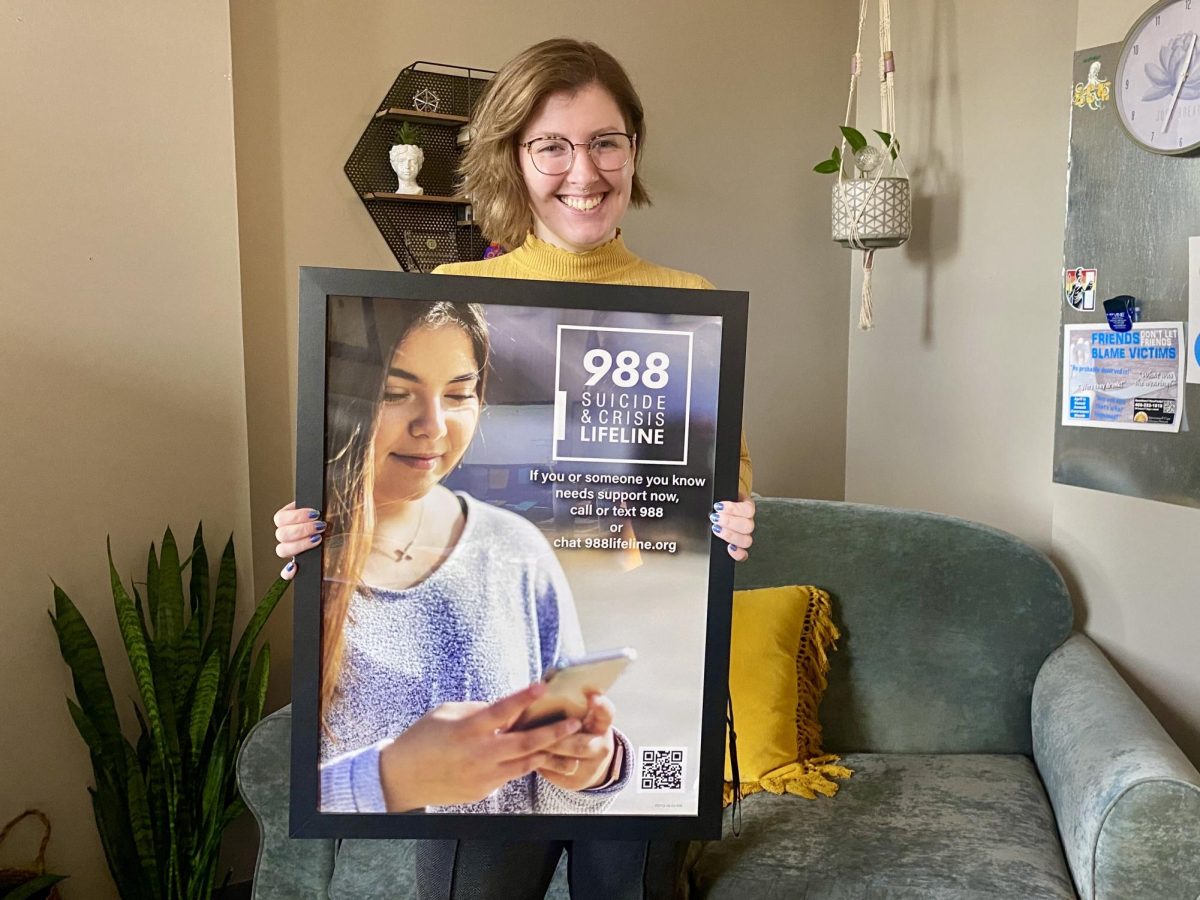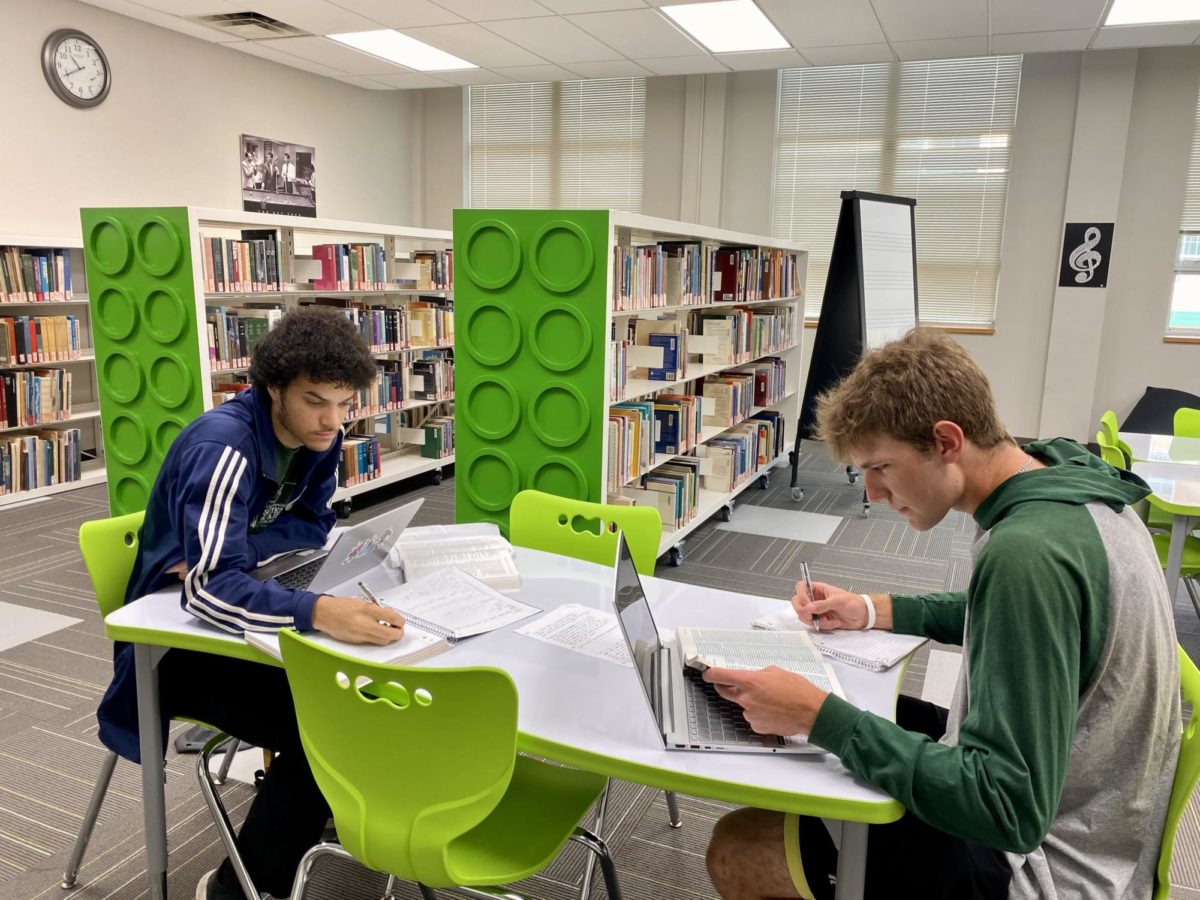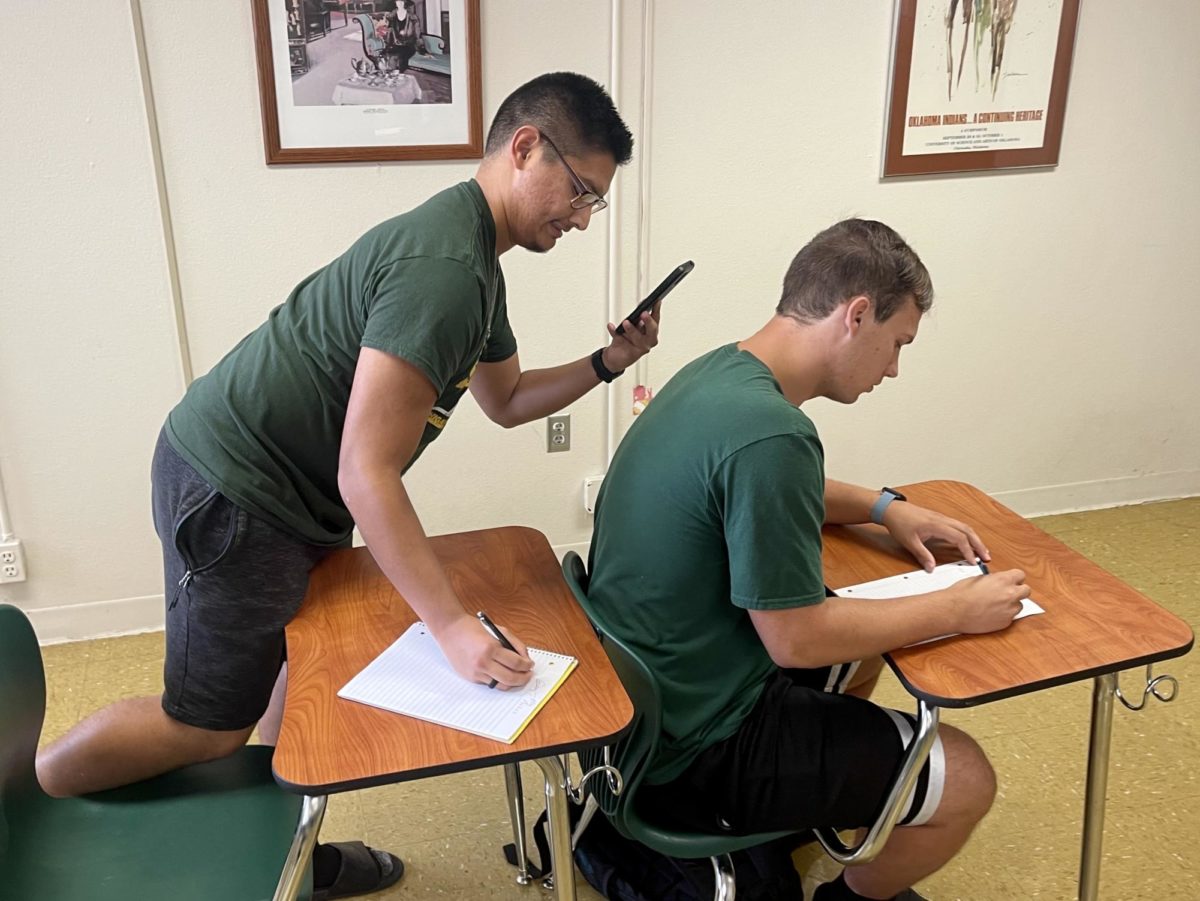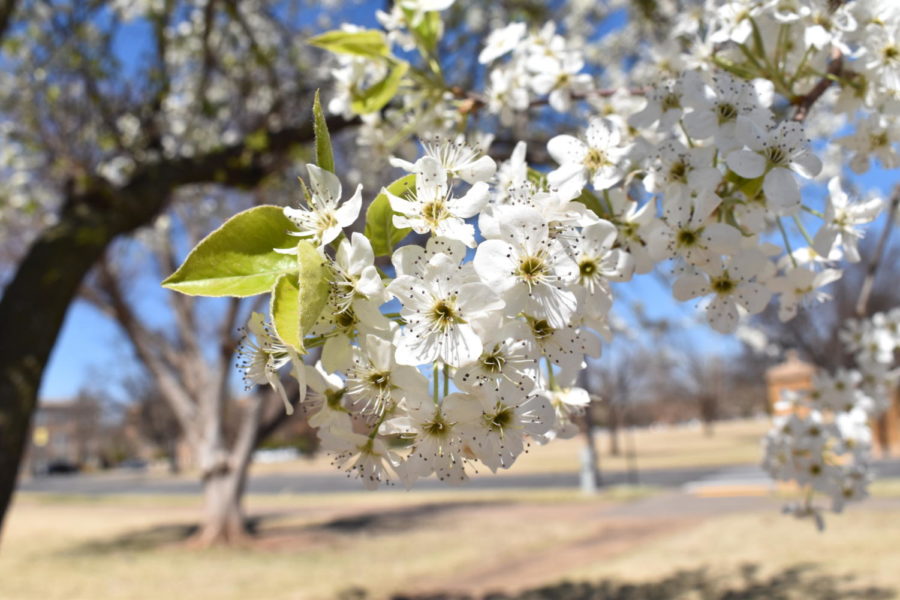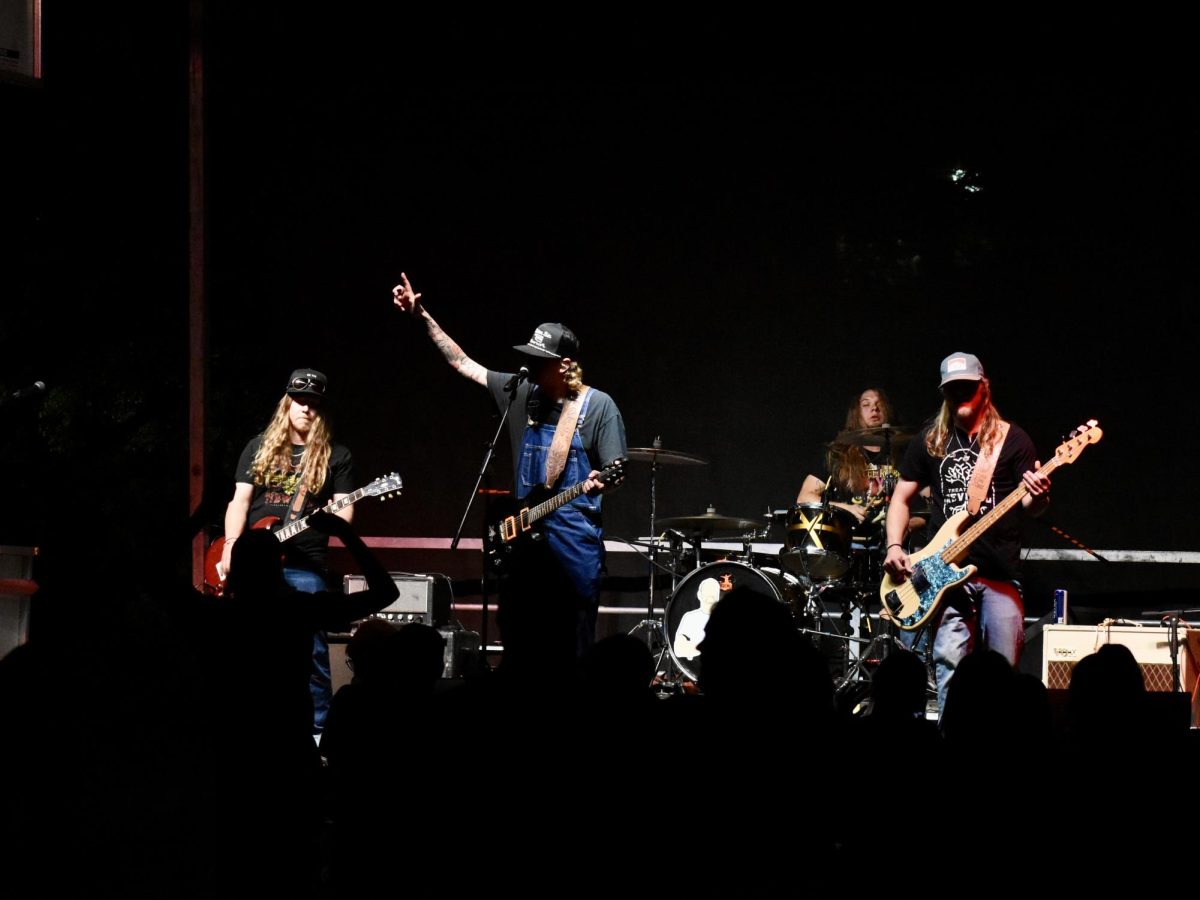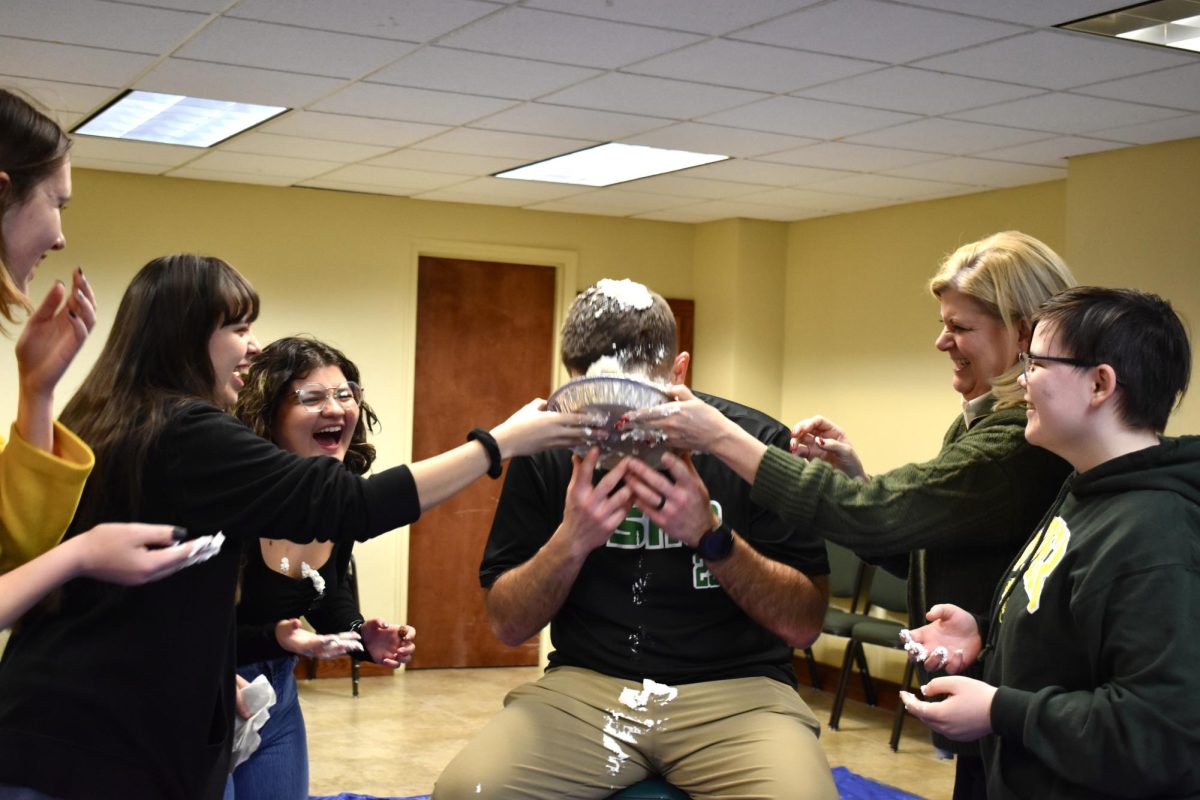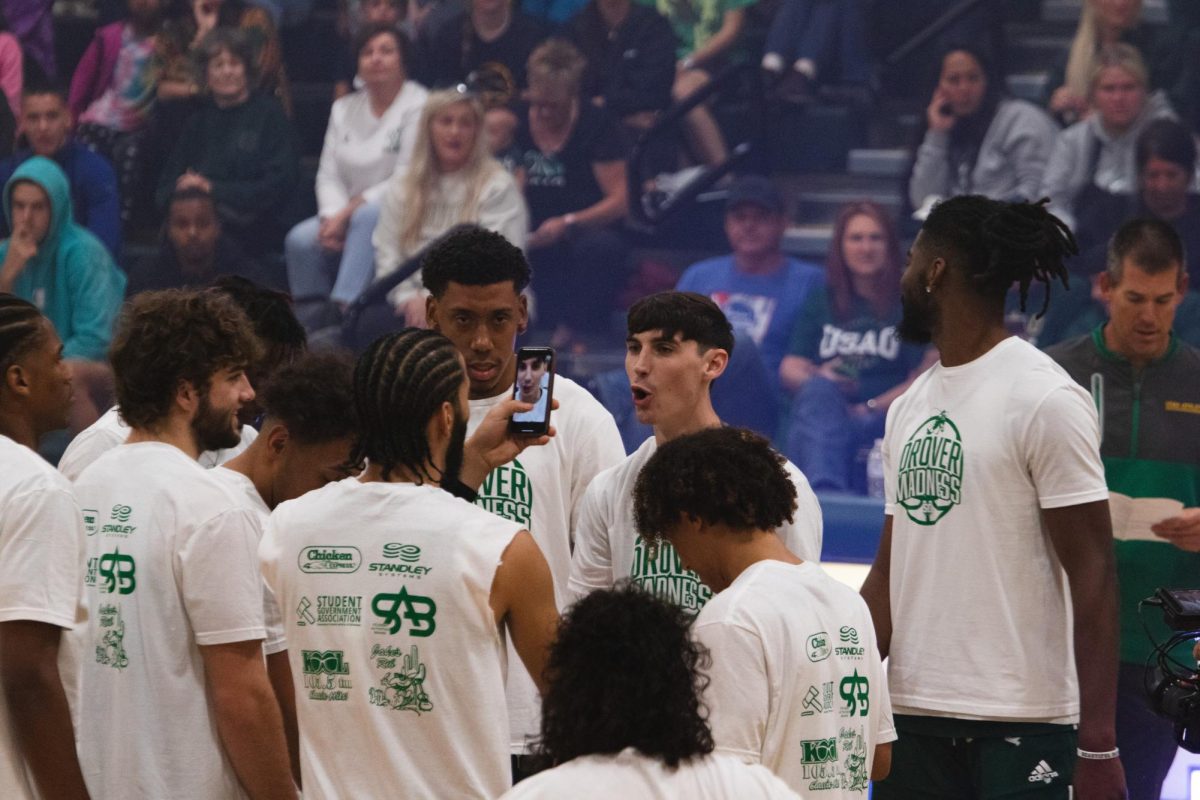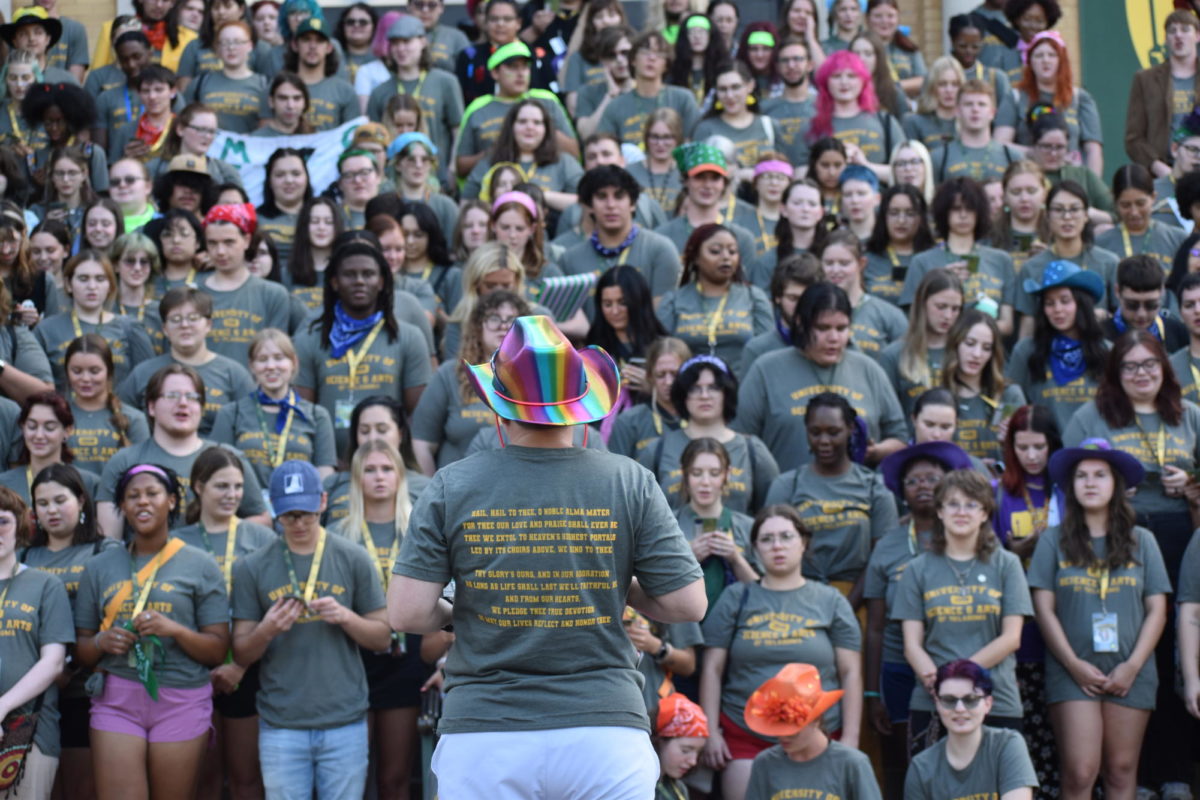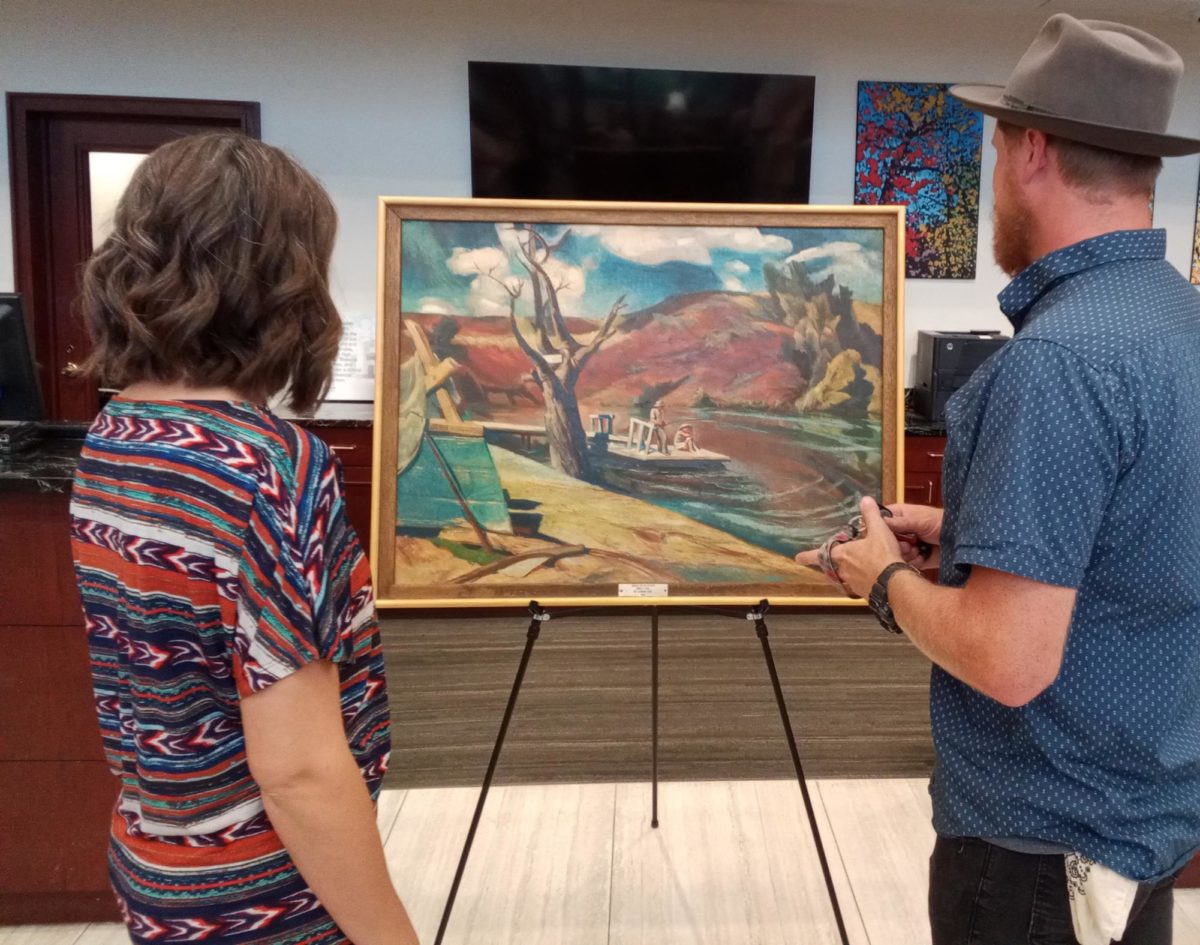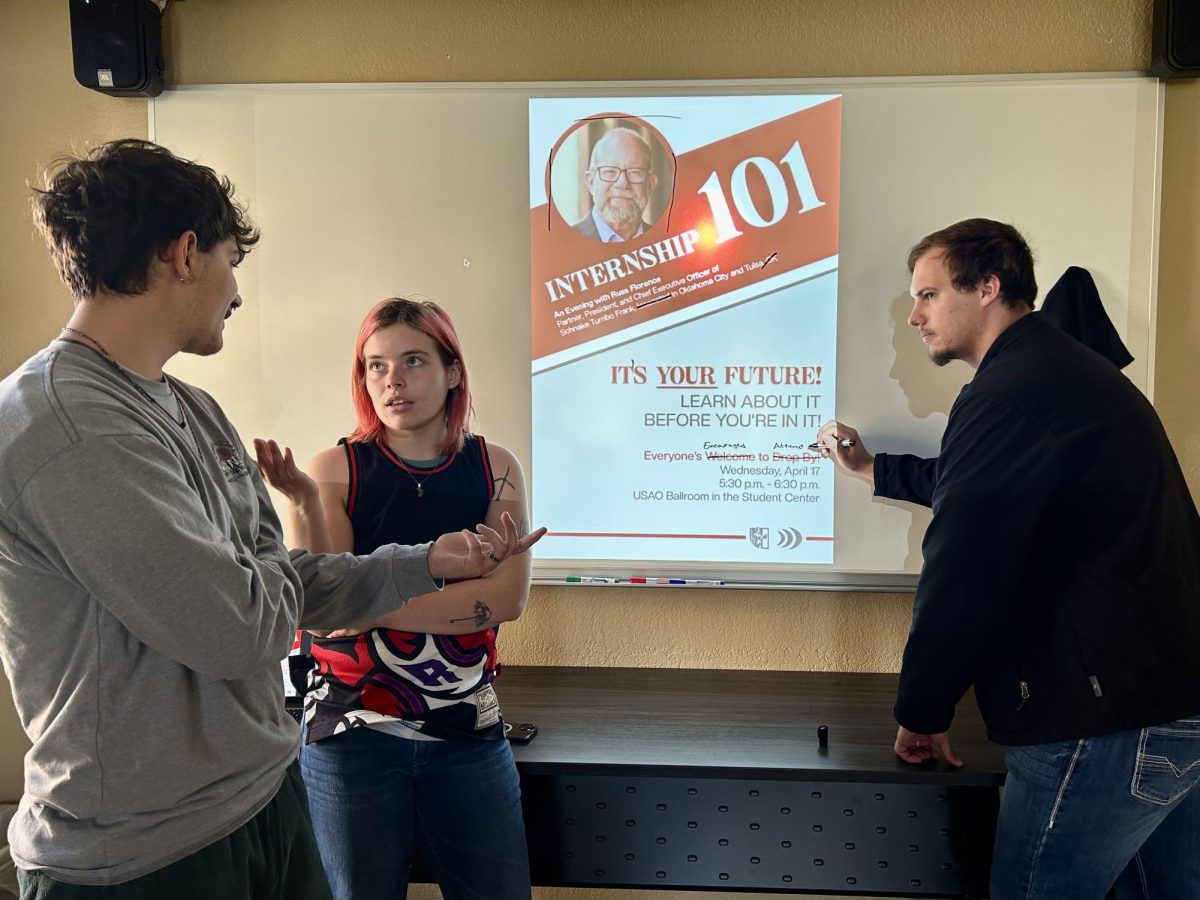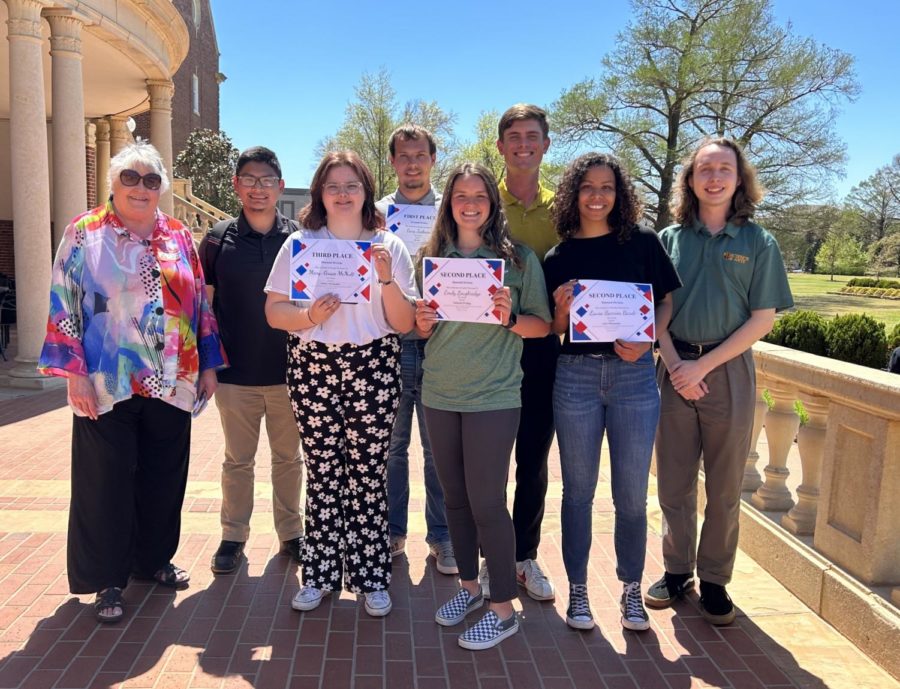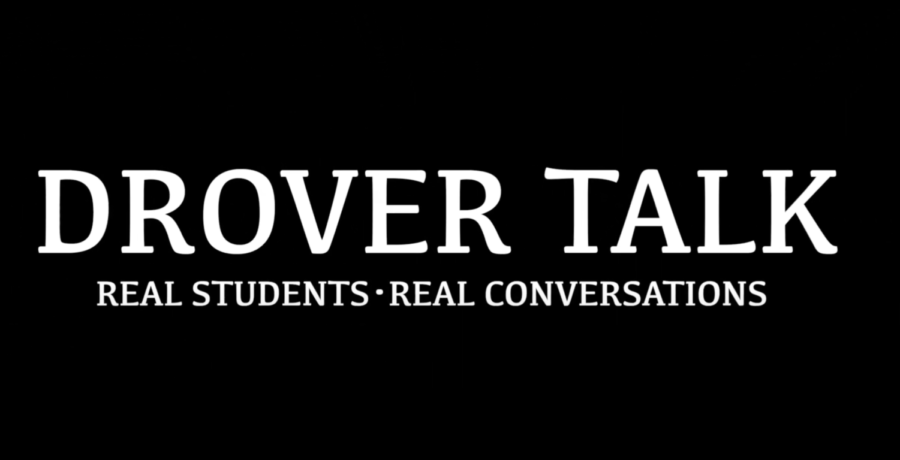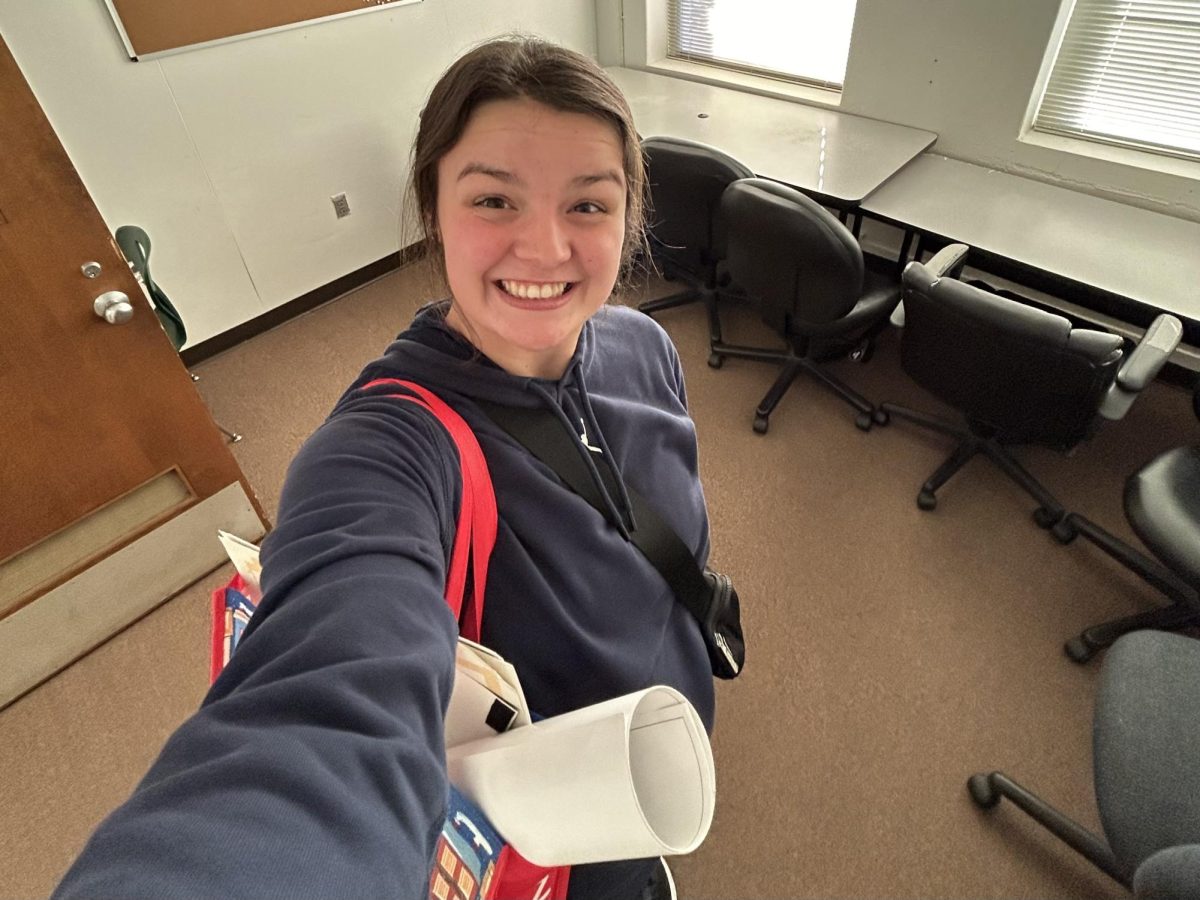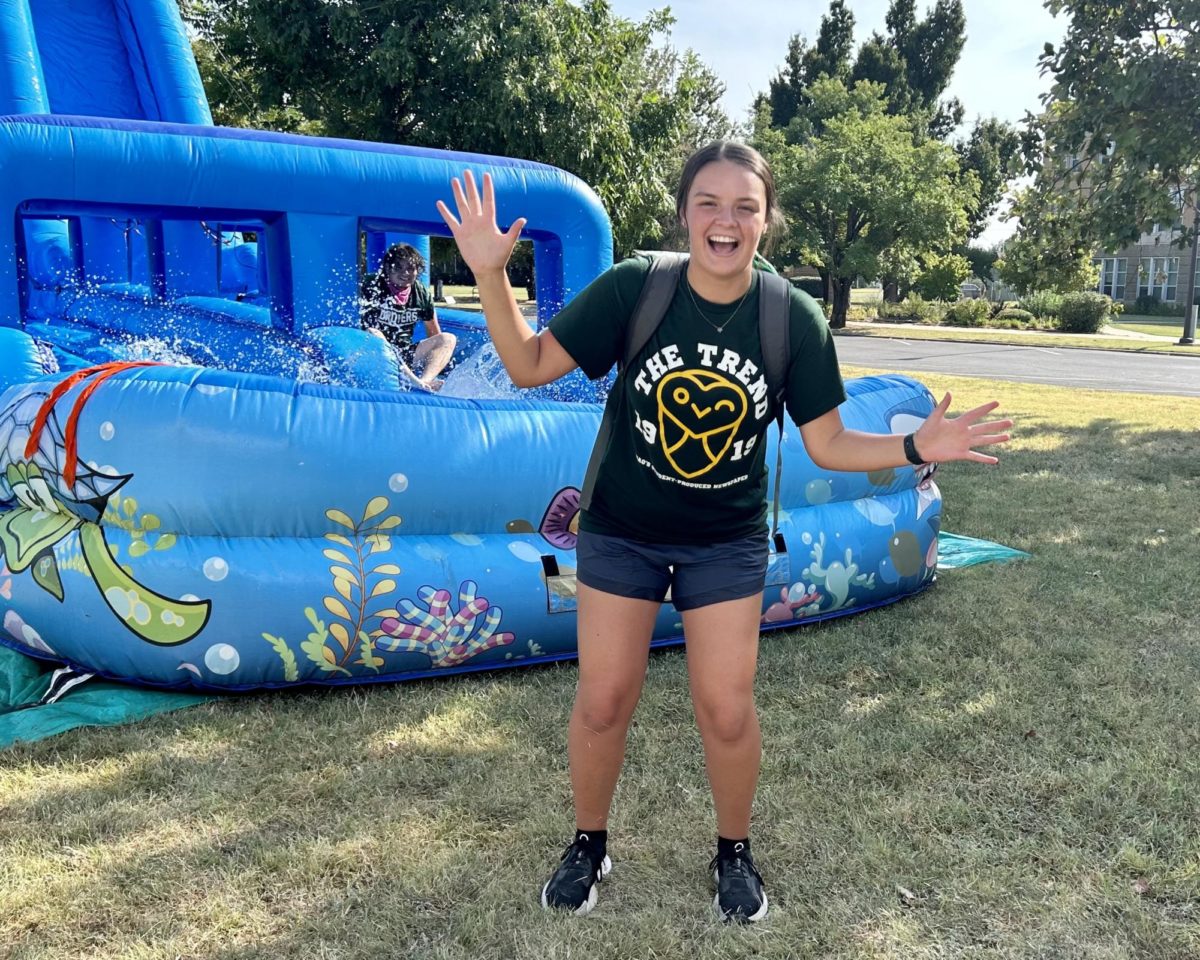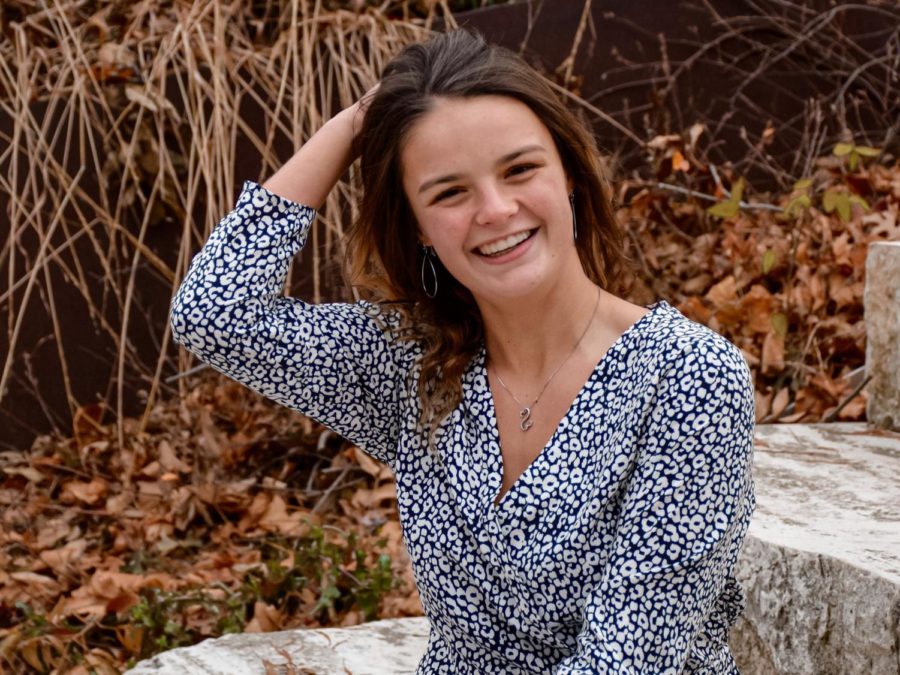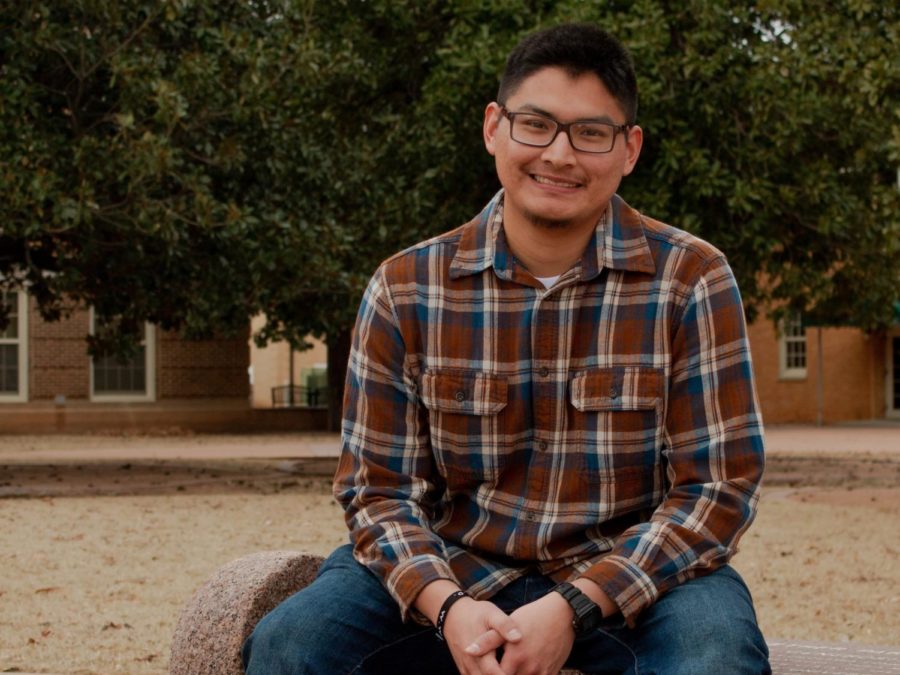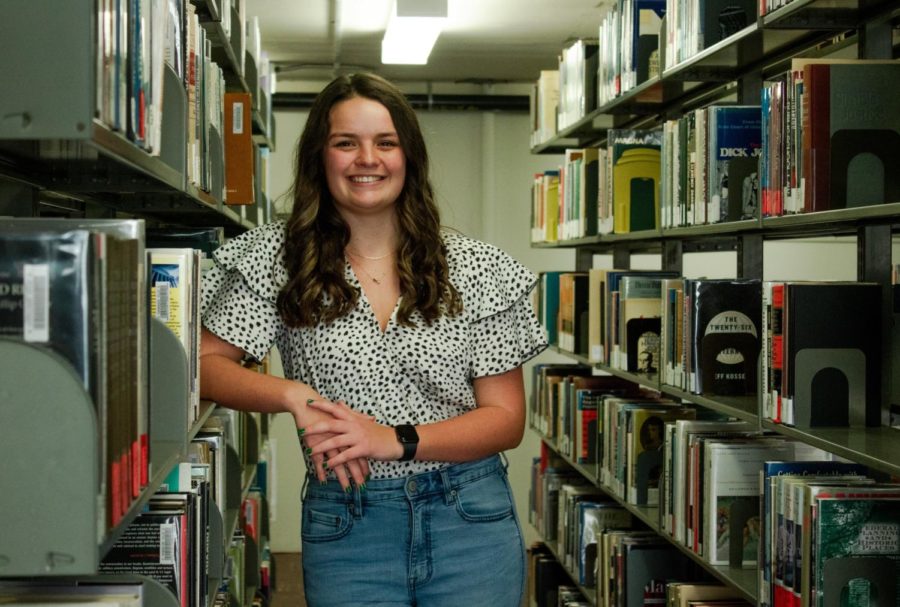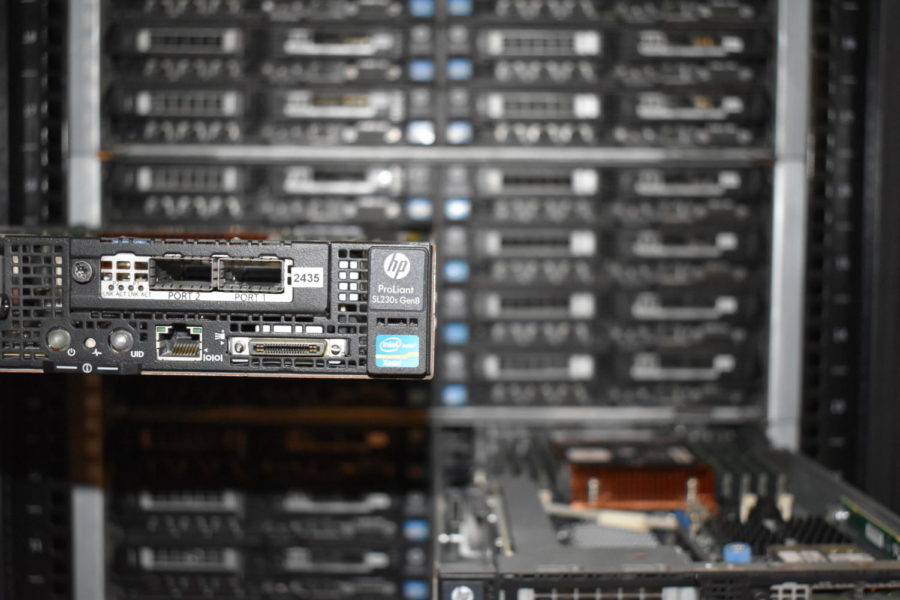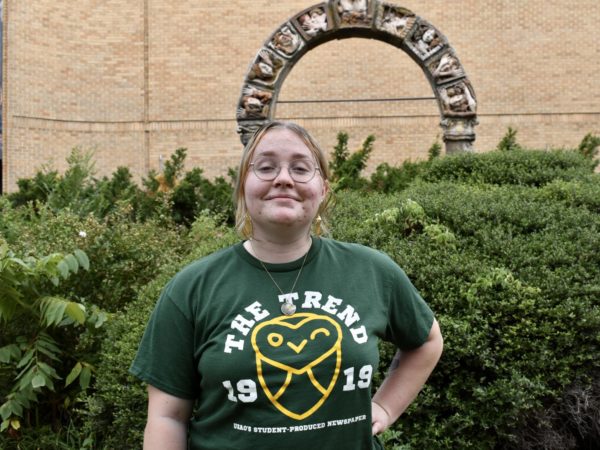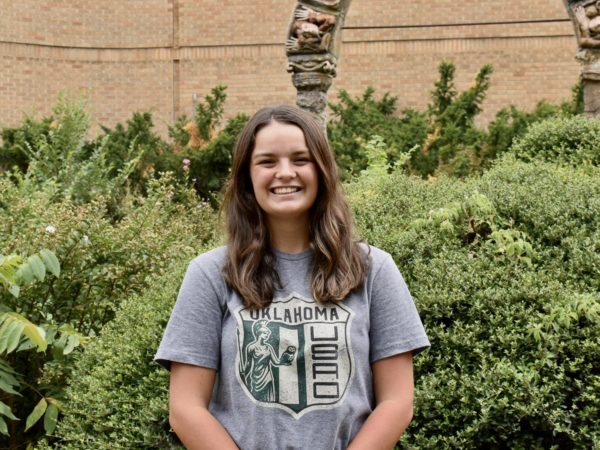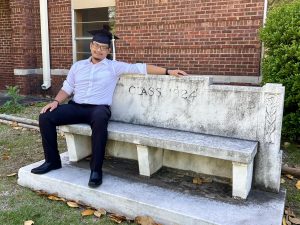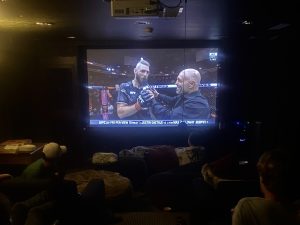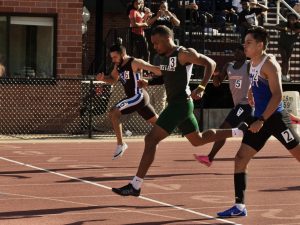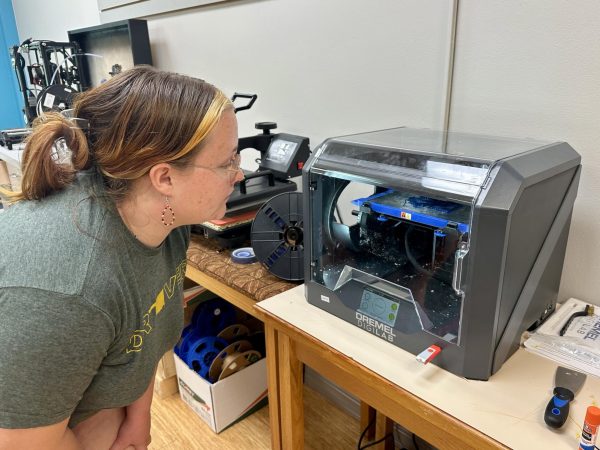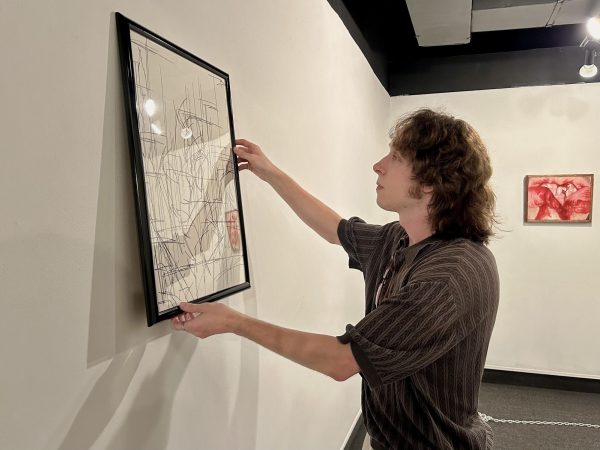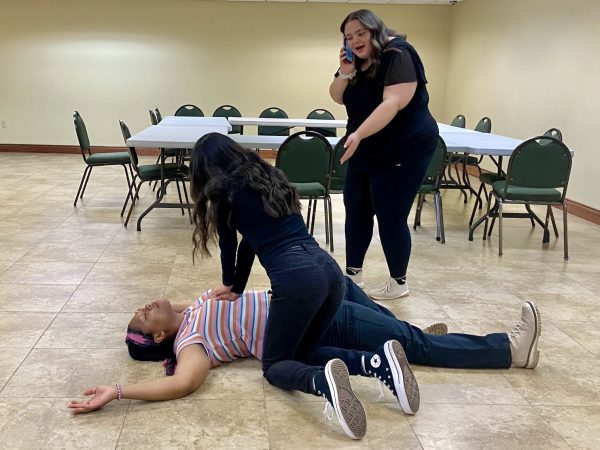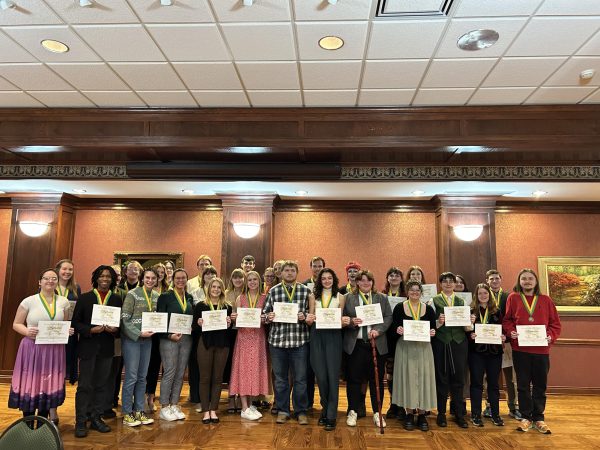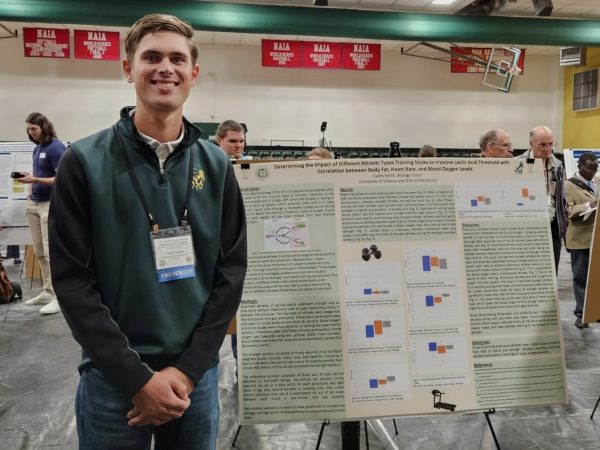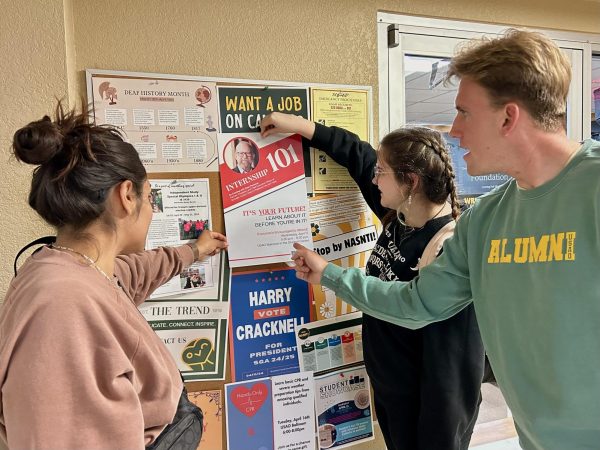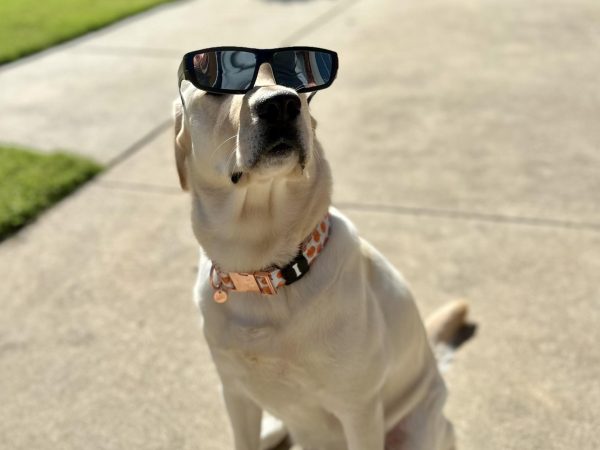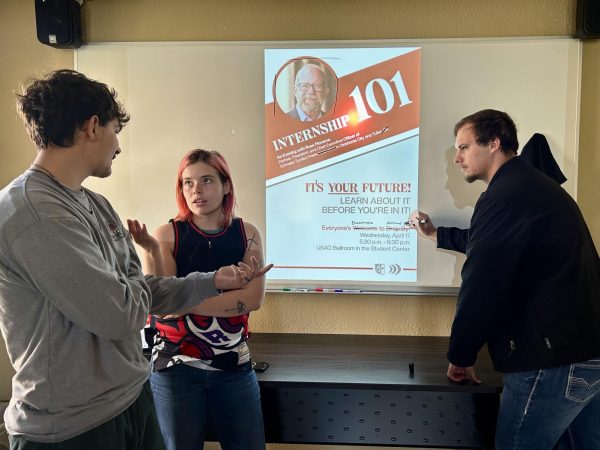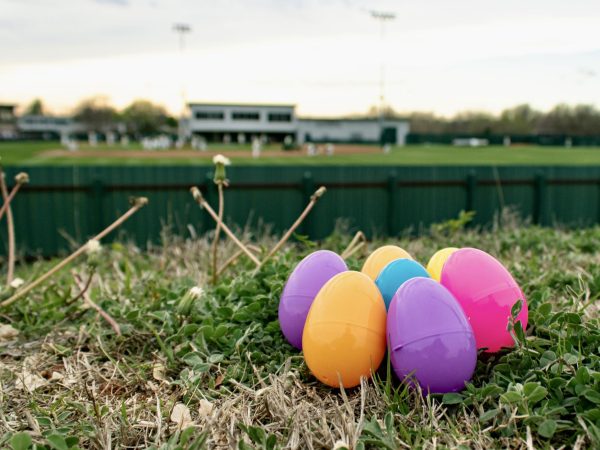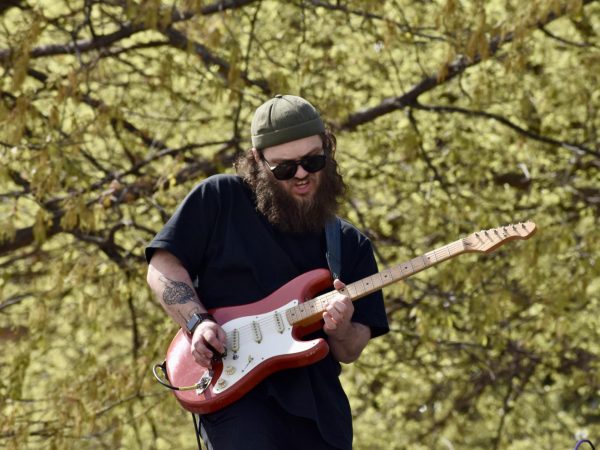Supercomputer is coming to USAO!
Dr. Dany Doughan has begun the process of building a super computer on USAO’s campus.
October 21, 2022
When you think of the word “supercomputer,” many think of comically large screens computing data that means nothing to the average person. However, in reality, supercomputers are so much more than that, and USAO is about to get one of its very own.
USAO’s Dr. Dany Doughan, associate professor of Chemistry and Computer Science and director of Research Computing and Infrastructure is in the process of building a supercomputer under the Te Ata Auditorium. This technological expansion will benefit the college and the surrounding community in many ways.
USAO’s supercomputer will start off consisting of 156 nodes (computers) with 312 central processing units (CPUs) all interconnected to create a working “brain”. Oral Roberts University’s Dr. Stephen Wheat and Southwestern Oklahoma State University’s Dr. Jeremy Evert, two of Dr. Doughan’s supercomputing center director colleagues gifted him the nodes. These generous donations have kicked this process into motion, and Dr. Doughan predicts the project will be finished within the next year or so.
Dr. Doughan believes having a supercomputing facility, an unlikely find at a small liberal arts college, will bring recognition to the institution as well as spread USAO’s name in the scientific community.
“We are creating good momentum here,” said Dr. Doughan.
The supercomputer can help expand on the curriculum offered here, as data analytics is expected to be a more profitable and in-demand field of study than ever before. Dr. Doughan’s eventual goal is to gather donors for the project, to both help expand the supercomputer itself and its research capabilities.
Despite the strides toward completion, a project of this size can’t help but come with inherent challenges. For example, because of the large amount of heat that will be emitted from these computers and the electrical energy needed to power them, a dedicated server room and rerouted HVAC ducts need to be made available for the supercomputer. This costs money, but it is something both President Feaver and Vice President Hudson fully understand and support, according to Dr. Doughan. Additionally, the software side of the setup will be a laborious process, as the supercomputer must be connected to not just itself and the University, but also to OneNet’s research network to allow it to communicate between campuses across the state. Dr. Doughan expands on this, speaking on what his position will consist of once the supercomputer is up and running.
“The work that will be consuming my time 24/7, is just keeping the cluster running. Setting up and deleting accounts, setting up, deleting, and updating software, and helping faculty and students use it efficiently,” Dr. Doughan said.
Eventually, Dr. Doughan hopes to expand out to visual modeling using graphics processing units (GPUs) with the supercomputer, and further expanding the educational uses of the supercomputer. Additionally, he hopes to share the computational capabilities of the supercomputing cluster with scientists outside USAO, like the ones from the Open Science Grid, to help more research take place and form significant and lasting connections nationwide and across the world.
Bralen Bourland is a first-year Environmental Science and Biology major at the University of Science and Arts of Oklahoma.

